Artist’s Residences
Hangzhou 杭州
Xi An 西安
Connecting…
Huangshan黄山
✽ Yong Shen Cultural Development limited Company ✽ Yu Liang Art Gallery
✽ Introduction of 2024 Artist Residency Project
✽ Salamanca Art Center
Connecting…
✽ Yong Shen Cultural Development limited Company ✽ Yu Liang Art Gallery
✽ Introduction of 2024 Artist Residency Project
✽ Salamanca Art Center
✖︎ Exhibition at China Cultural Centre | Sydney / 悉尼中国文化中心, 悉尼
✖︎ China Translated |Hobart / “中为西用” - 霍巴特
✖︎ Unknown Fire - Ceramics Exhibition, Hangzhou of China / 不知之火 - 柴烧陶瓷, 杭州
✖︎ Inheritance and Exploration,Sichuan of China / 中国当代水墨邀请展-传承与发展,四川
◉The Launching of Chinese Contemporary Art Tasmania Inc. / 塔斯马尼亚”中国当代艺术协会” 揭幕活动
Time: 24 Oct. 2018, 5.00pm – 7.30pm
Location: Contemporary Art Tasmania 27 Tasma St, North Hobart TAS 7000.
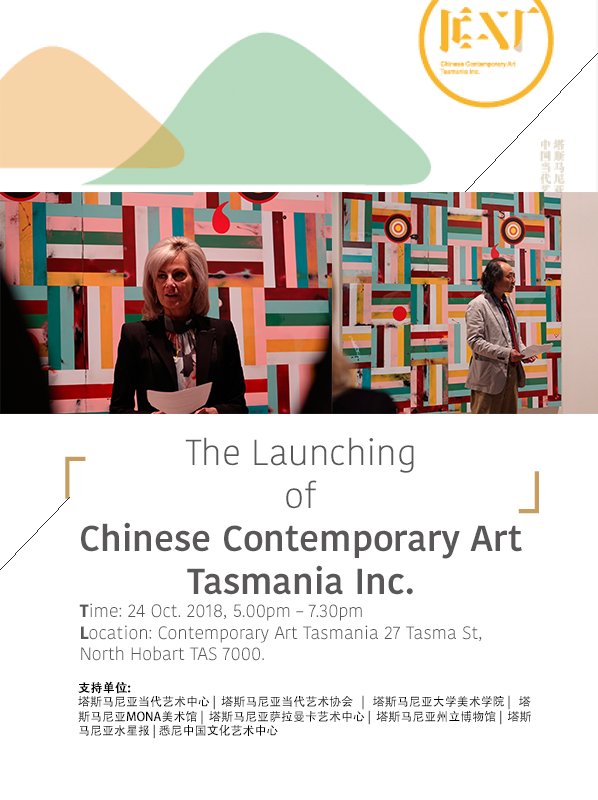
Chinese Contemporary Art Tasmania Inc. (CCAT INC) was officially Launched by the Minister for the Arts (Tasmania) the HON. Elise Archer MP at Contemporary Art Tasmania (CAT) on the 24th Oct 2018. Other honourable guests were the Leader of the Opposition (Tasmania) the HON. Rebecca White MP, the Rt Hon Lord Mayor of Hobart Alderman Ron Christy, the Mayor of Clarence Alderman Doug Chipman, Alderman Bill Harvey of Hobart City Council and Leading scholars in Chinese Contemporary Art Prof Dr Paul Gradston and his wife Dr Lynne Gradston.
The president of CCATINC, Chen Ping and Prof Dr Paul Gradston delivered the speeches.
The launch was well received and supported by the Tasmanian art community, among the attending representatives were Chair of CAT Mr Elvio Brianese, Director of CAT Mr Michael Edwards, Director of Tasmanian Museum and Art Gallery Ms Janet Carding, Director of Queen Victoria Museum and Art Gallery Ms Tracy Puklowski, and CEO of Salamanca Arts Centre Mr Joe Bugden.

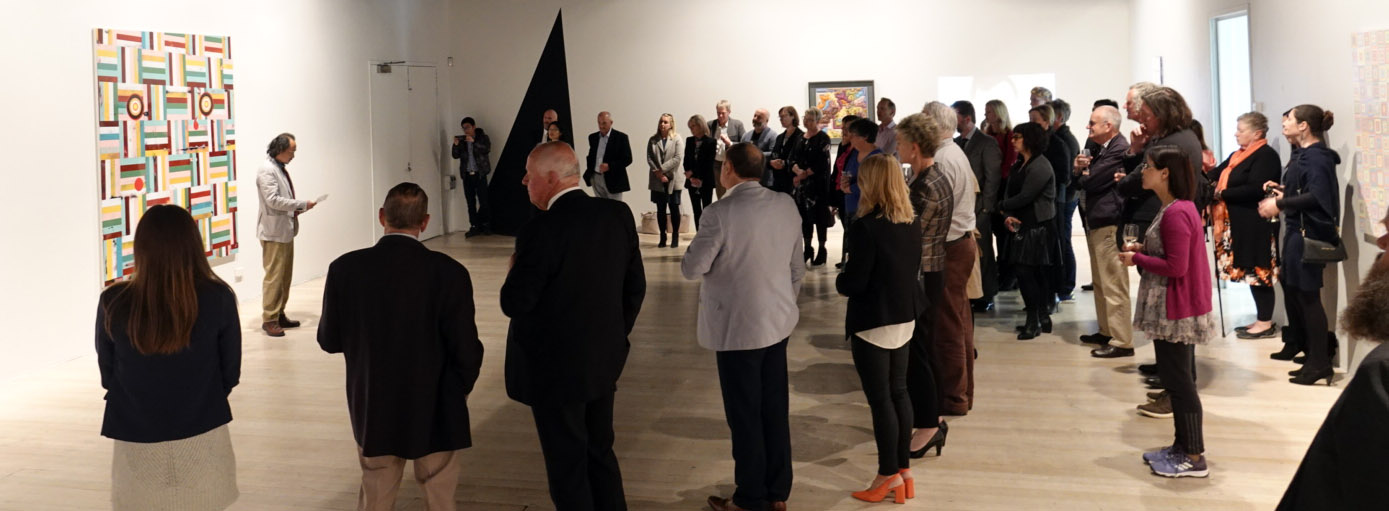
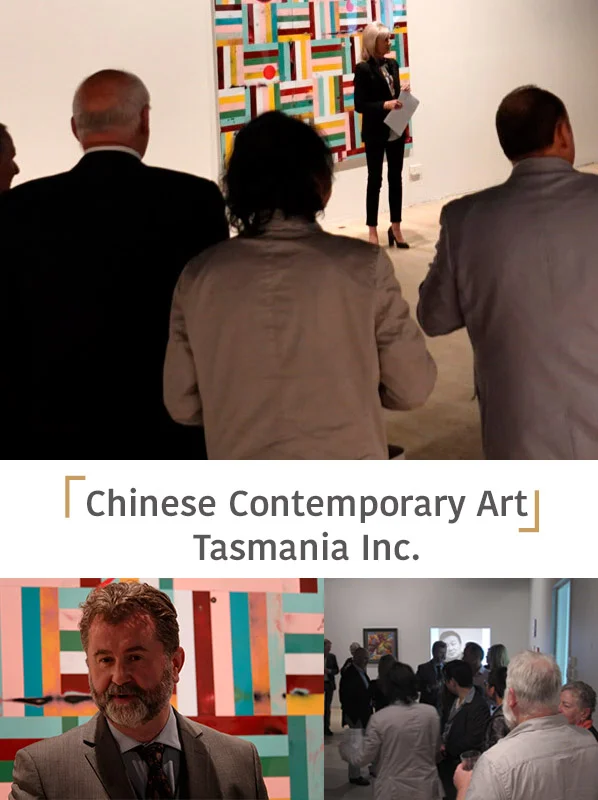
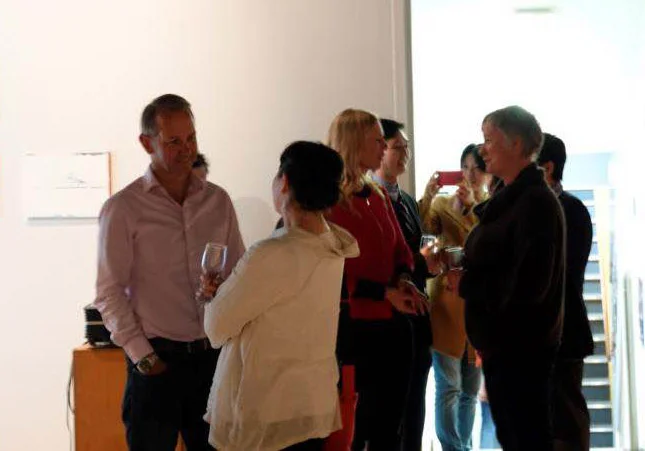
◉Cultural Event:Photography of Henan Excellent Folk Custom / “中原古韵”河南民俗摄影文化交流
Time: 25th July at 3:30 - 5:00
Address:Lord Mayor's Court Room,Town Hall, Hobart


9 Dec. 2022, China Academy of Art

第三届中国国际版画三年展
The 3nd CAA International Printmaking Triennial
展览地点:中国浙江展览馆
Exhibition Add: Zhejiang Exhibition Centre,In China
Exhibition time: Dec. 2022.
学术主持:许江、高世明
Academic Chair: Jiang Xu, Shiming Gao
策划: 孔国桥
Chief Planner: Guoqiao Kong
策展人:于洪、杨宏伟、鲁利峰、周玥
Curators: Hong Yu, Hongwei Yang, Lifeng Lu, Yue Zhou
展览执行:沈蓓、鲁巍、王丹南、房炯铭、许伯阳、初艳淼
Exhibition execution:
Bei Shen, Wei Lu, Dannan Wang, Jiongming Fang, Boyang Xu, Yangmiao Chu
展览主办:中国美术学院,浙江省美术家协会
Exhibition organizer:China Academy of Art (CAA), Zhejiang Artists Association
展览承办:中国美术学院绘画艺术学院、当代版画研究所、浙江省版画家协会、
Exhibition undertaking: Academy of painting Arts of China Academy of Art, Institute of contemporary prints, Zhejiang Provincial printmaker Association
Introduction of The 3nd CAA International Printmaking Triennial
第三届CAA国际版画三年展介绍
In essence, no matter it is "printing as technology" in the past or "printing as art" today, the origin of printmaking -- its "essential source" is "printing". We should think about the relationship between print and The Times from this perspective: art must be combined with new technology and form a new language, so as to adapt to the new changes of human feeling in the new era and our new perception of the world.
本质上,无论是过去的“作为技术的印刷”,还是今天的“作为艺术的印刷”,在版画的本源——其“本质之源”是为“印刷”。我们应该在这样的视阈之下思考版画与时代的关系:艺术必须和新技术相结合并形成新的语言,进而适应新时代人类感觉的新变化,以及我们对于世界的新的感知方式。
Partial works | 部分参展作品

奇奇·史密斯(Kiki Smith) 《Wooden Moon》

(Haiyan Chen), Dream of Two of difference birds on 31th of Jul., 2021 | 陈海燕 《梦2021年7月31日两个不一样的鸟》

威廉·肯特里奇(William Kentridge) 《Megaphone》

埃里克·菲舍尔(Eric Fischl) 《Move》

(Hong Yu), the forth of View of Union于洪 《并观之四》

莎拉·塞 (Sarah Sze) 《Untitled》

布朗·塞西莉(Cecily Brown) 《Untitled》

特里.温特斯(Terry Winters)《 Turbulence Skins》
On the exhibition site 展览现场
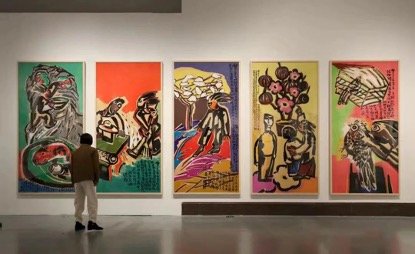



澳洲联络机构:塔中当代艺术协会
Australian liaison agency:Chinese Contemporary Art Tasmania (CCAT Inc.)
◉Exhibition at China Cultural Centre | Sydney, Starting from 15th to 31th of May, 2019 / 悉尼中国文化中心和塔斯马尼亚当代艺术协会联合主办“中为西用”-塔斯马尼亚当代艺术家作品展
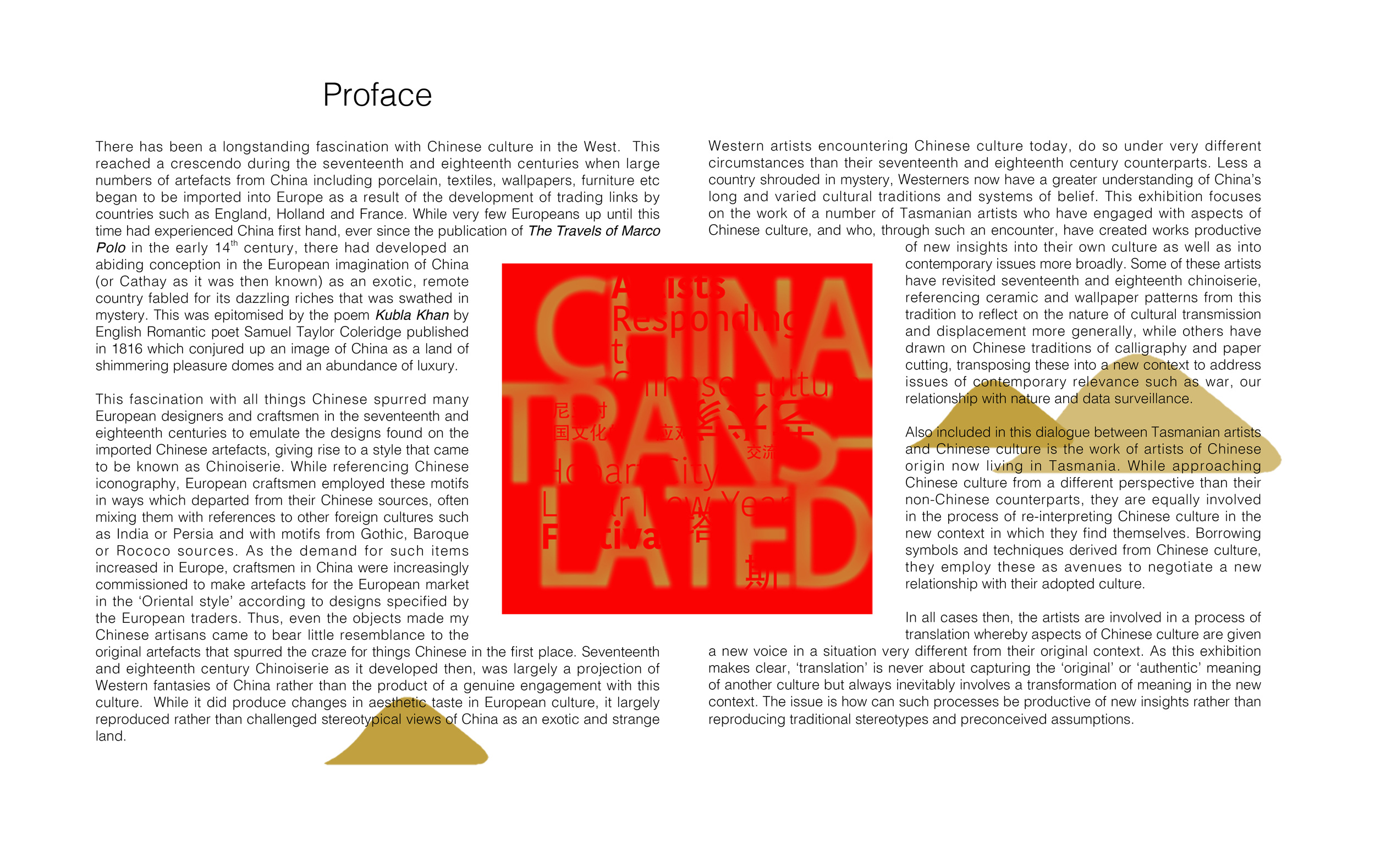

中国大使馆文化参赞杨公参致辞,中国文化中心陈霜主任致辞,白兔基金会主席Pro.Paul Gladston致辞


人民日报海外版官网报道链接| 新闻推荐版
人民网澳新频道
http://australia.people.com.cn/n1/2019/0517/c408038-31090919.html?from=timeline&isappinstalled=0
今日悉尼报道“塔斯马尼亚当代艺术家作品展悉尼举行”
https://www.sydneytoday.com/content-101920654402036?from=timeline&isappinstalled=0
◉ Exhibition of the “China Translated “is opening!
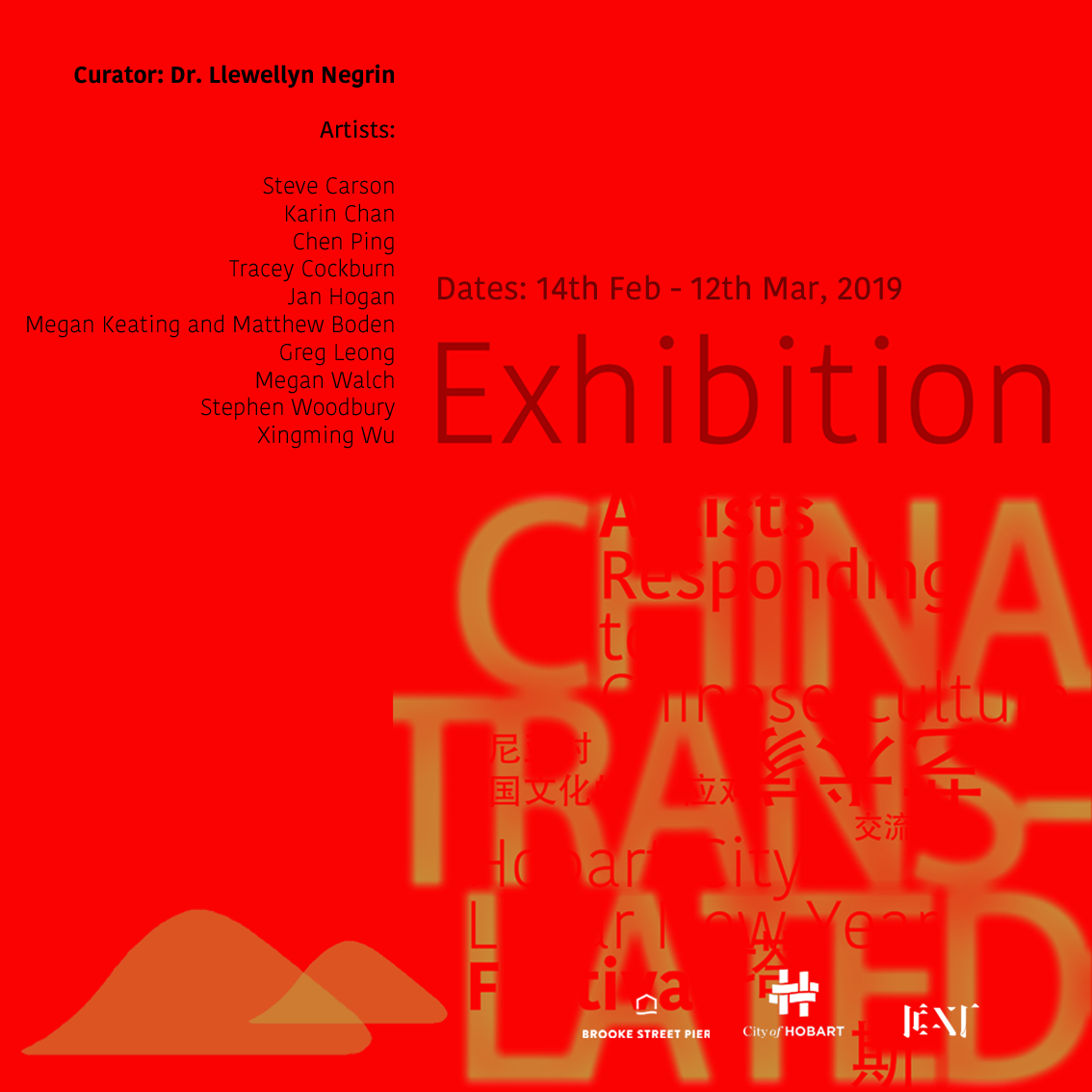
Curator: Dr. Llewellyn Negrin
There has been a longstanding fascination with Chinese culture in the West. This reached a crescendo during the seventeenth and eighteenth centuries when large numbers of artefacts from China including porcelain, textiles, wallpapers and furniture began to be imported into Europe. While very few Europeans up until this time had experienced China first hand, ever since the publication of The Travels of Marco Polo in the early fourteenth century, there had developed an abiding conception in the European imagination of China (or Cathay as it was then known) as an exotic, remote country fabled for its dazzling riches that was swathed in mystery.
This fascination with all things Chinese spurred many European designers and craftsmen in the seventeenth and eighteenth centuries to emulate the designs found on the imported Chinese artefacts, giving rise to a style that came to be known as chinoiserie. However, while Europeans were intrigued by the alien beauty of Chinese-styled artefacts, at the same time, this infatuation largely reproduced rather than challenged stereotypical views of China as an exotic and strange land. With chinoiserie, the enigmatic otherness of Chinese culture was perpetuated while also being made more palatable for European consumers.
Western artists encountering Chinese culture today, do so under very different circumstances than their seventeenth and eighteenth century counterparts. Less a country shrouded in mystery, Westerners now have a greater understanding of China’s long and varied cultural traditions and systems of belief. This exhibition focuses on the work of a number of Tasmanian artists who have engaged with aspects of Chinese culture, and who, through such an encounter, have created works productive of new insights into their own culture as well as into contemporary issues more broadly.
Some of these artists have revisited seventeenth and eighteenth chinoiserie, referencing ceramic, textile and wallpaper patterns from this tradition to reflect on the nature of cultural transmission and displacement more generally. Others have drawn on Chinese traditions of calligraphy and paper cutting, transposing these into a new context to address issues of contemporary relevance such as our relationship with nature, war, the dangers of mass data surveillance and consumerism.
Also included in this dialogue between Tasmanian artists and Chinese culture is the work of artists of Chinese origin now living in Tasmania. While approaching Chinese culture from a different perspective than their non-Chinese counterparts, they are equally involved in the process of re-interpreting Chinese culture in the different context in which they find themselves. Borrowing motifs and craft techniques derived from Chinese culture, they employ these as avenues to negotiate a new relationship with their adopted culture.
In all cases then, the artists are involved in a process of translation whereby aspects of Chinese culture are given a new voice in a situation very different from their original context. As this exhibition makes clear, ‘translation’ is never about capturing the ‘original’ or ‘authentic’ meaning of another culture but always inevitably involves a transformation of meaning in the new context. The issue is how can such processes be productive of new insights rather than reproducing traditional stereotypes and preconceived assumptions.
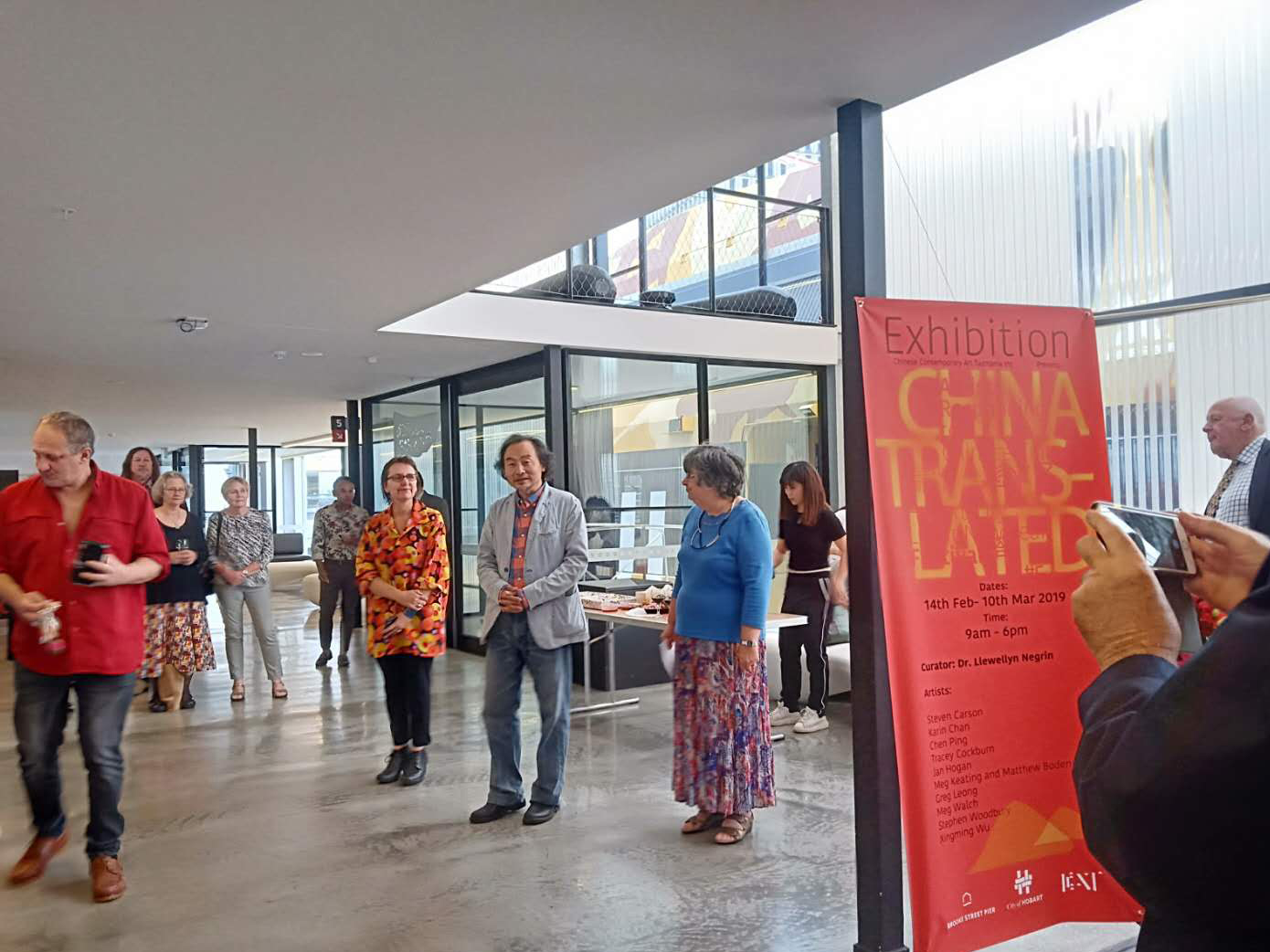


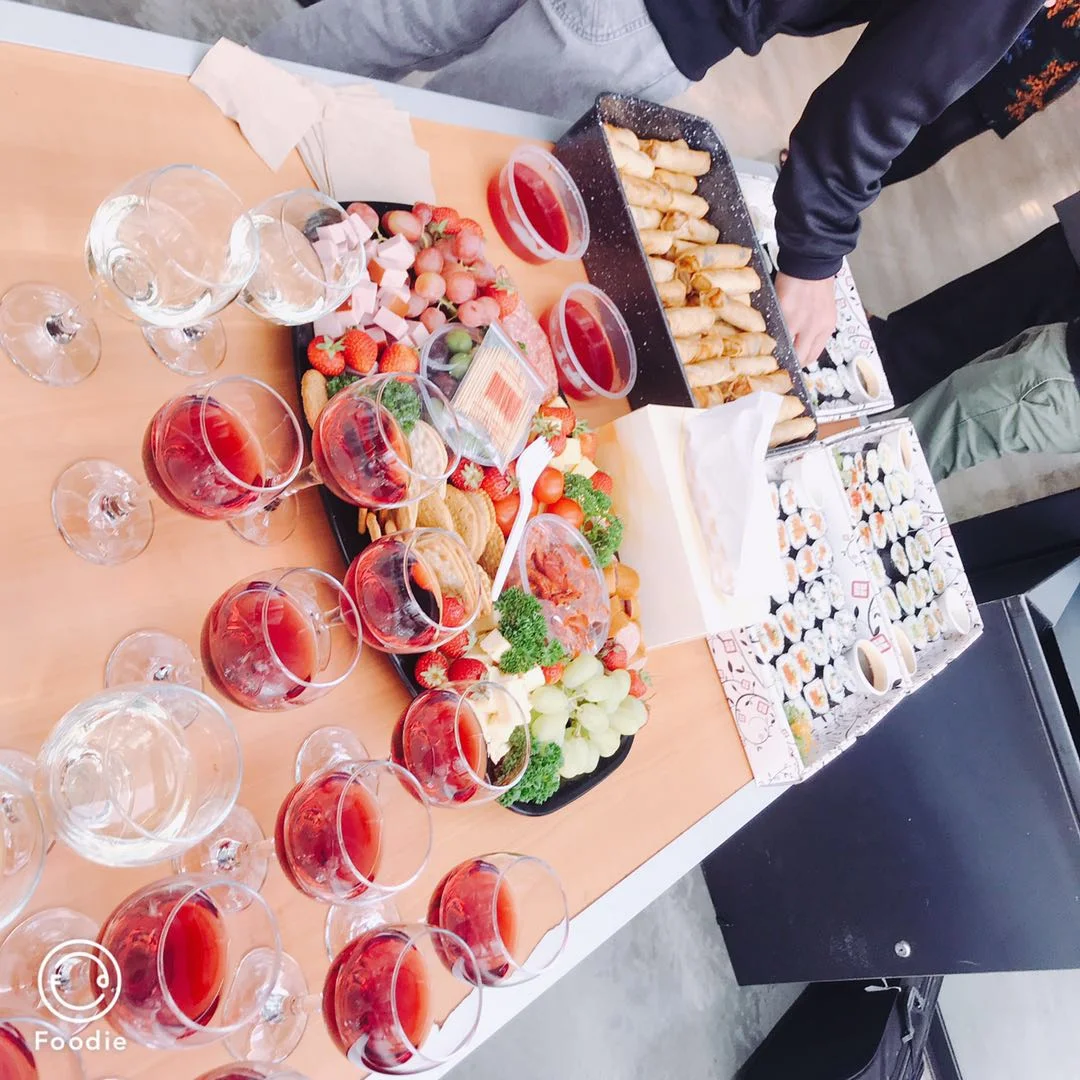

Works of part artists


Megan Walch, Jan Hogan
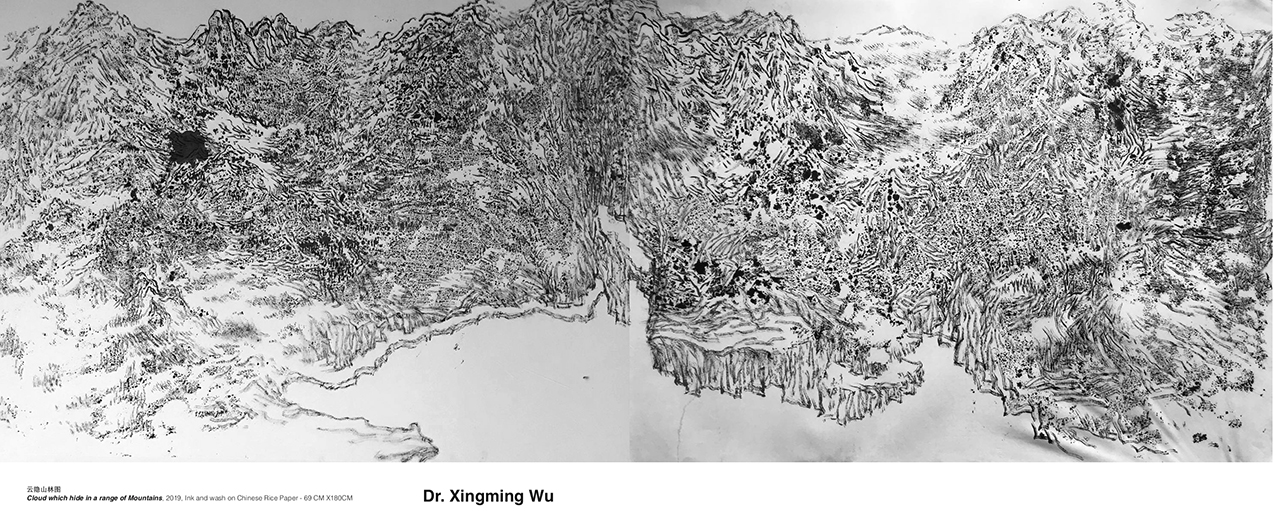



◉Unknown Fire - Ceramics Exhibition
Academy of classical learning of Song Pin, which sponsor with tea and book, holding a ceramic exhibition - Unknown Fire last week, where the Academy is located at Hangzhou of China. This place is a new developing creative art park which has attracted diversity artist gathering here. Many new events and stuffs are hold or happened from artist or artistic curators in the place.
Several artist present a new series of ceramics works in the exhibition. A Senior lecturer, Mr. Sun Xuejun, teaching at school of ceramics department of China Academy of Fine Arts, give a simple opening speech and congratulation for this show. He also introduced the different requirement of pottery and porcelain, especially, and identified how to control the duration and degree of heating under the fire or wood fire. In this show, Some of works depended on artist experience but some depend on the chance while the fire working condition and burn progression.
Mr. Sun Xuejun show me how to appreciation the series of works at exhibition hall on the openning day. The exhibition is opening till 20th Dec. 2018.



Print Making Studio
A famous art university - China Academy of Fine Arts, located at the beautiful scenery area of west lake. This city is not far away to Shanghai, which is only 45mins by high train from eastern train station of Hangzhou. This city is a parade city which called by Chinese, another city is Suzhou.
Please see the video of the city of Hangzhou:

Zhejiang Shuren University
Art and Design department faculty of Shuren university is welcoming artist who are working at the visual arts or graphic designer, coming communication, such as academic, workshop, studio research, project cooperation each other, work exhibition and so on.

Art Gallery of China Academy of Arts
China Academy of Art(CAA), opening at the moment, only focus on the area of Print Making department where at the 218 Nanshan Rd, CBD of Hangzhou city.
Both above universities only accepts workshop or academic activities at stage. Artist exchange or delivery are available , duration around one or two weeks.

Yu Liang Art Gallery鱼梁美术馆
Artist will exhibit their works in this gallery

Residency of Artists

art activities in residence, artist who are from different part of China
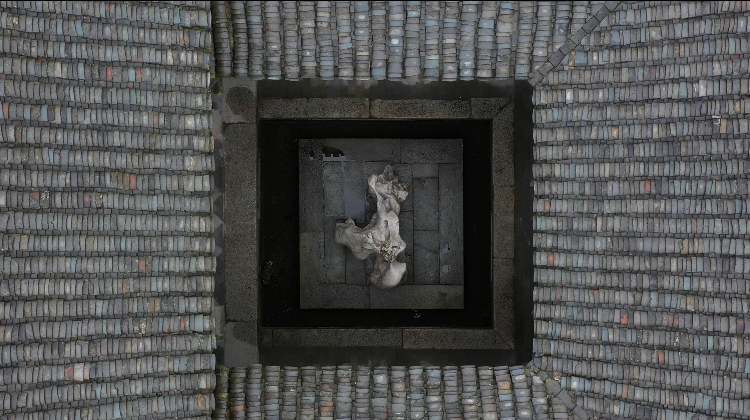
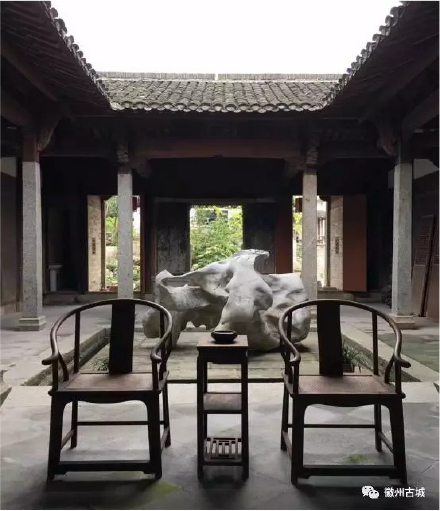
Yong Sheng Cultural and Artistic developing limit company located at the City of Yellow Mountain, Shexian, An Hui province. This partner as one of Residencies in China will accept our artists who are sent and selected by CCATinc. The residence will offer creative studio, meeting room, art gallery to our artist who are living in there. The residence will also provide some services for artist to study on the field of Chinese traditional painting of landscape and flower or birds project, such as Huang Binhong institution of follower and birds, Print making studio of Xin An painting form etc. The residence had set up a frame studio where crafters will support our artist to finish their final works and then to exhibit in the art gallery. all facility of living in is good condition and convince for residential artists during stay at the place.
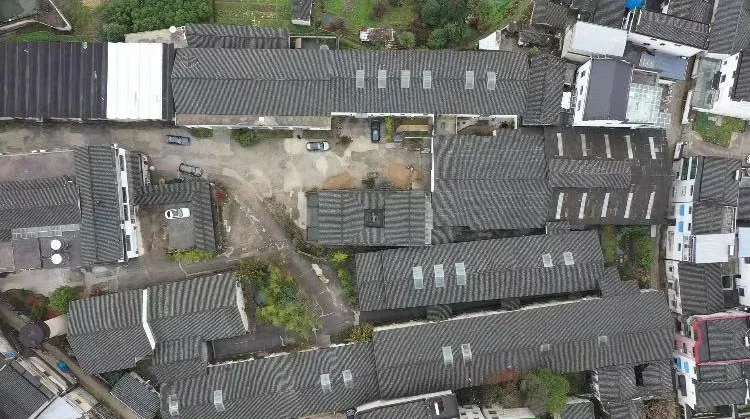

This residency is nearby the famous scenery, which called Yellow Mountain or Mountain Huang Shan. It is the most beautiful mountain in China, which admired by Chinese landscape painter, and Mt Huang Shan also is an excellent natural place that will motivate inspiration to artists.
Please see a video link of Yellow Mountain: https://www.youtube.com/watch?v=vinlgznUa58


This residency also collect a traditional building, a huge house of Qing dynasty, moved nearby from an ancient building block country and then rebuild it as original house. According to the number order which makes on the each wood before the huge house dismantled, you will feel Chinese wisdom of ancient dwelling through the Chinese traditional architecture.
Please see a video link of ancient villages of Hui-style: https://www.youtube.com/watch?v=NrP8JTOyEIs
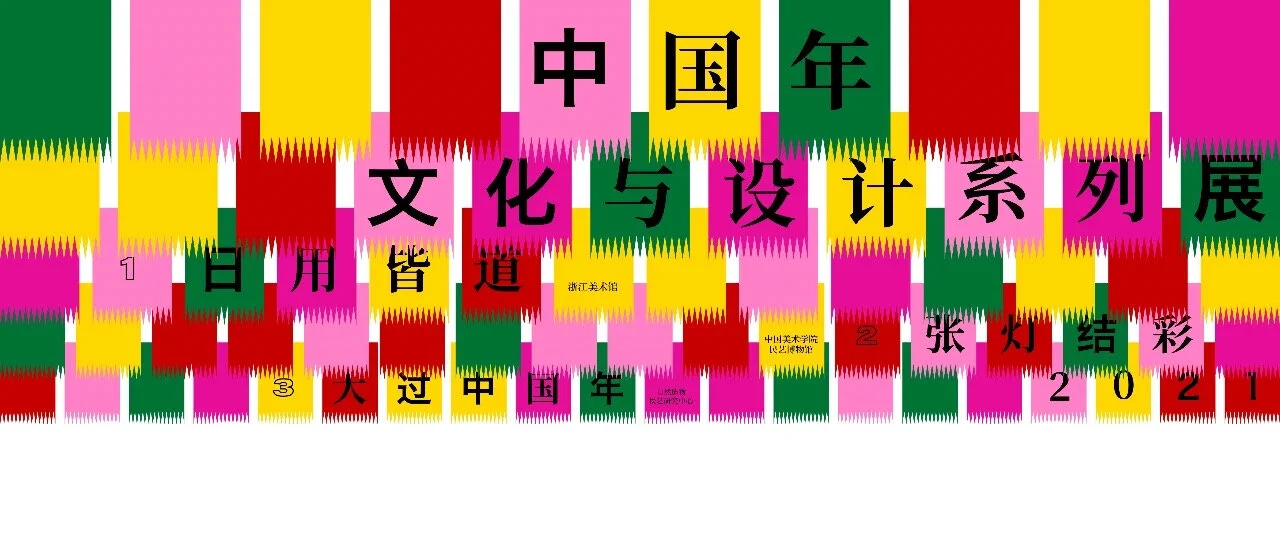
Where are to go on the first day in the new year of the OX? For ceremony of this important festivals, University of China Fine Arts invites you to visit “Exhibition of Chinese new year” as well as to experience atmosphere of traditional spring festivals and customs.
Time: 06.02 ,2021– 05.03,2021

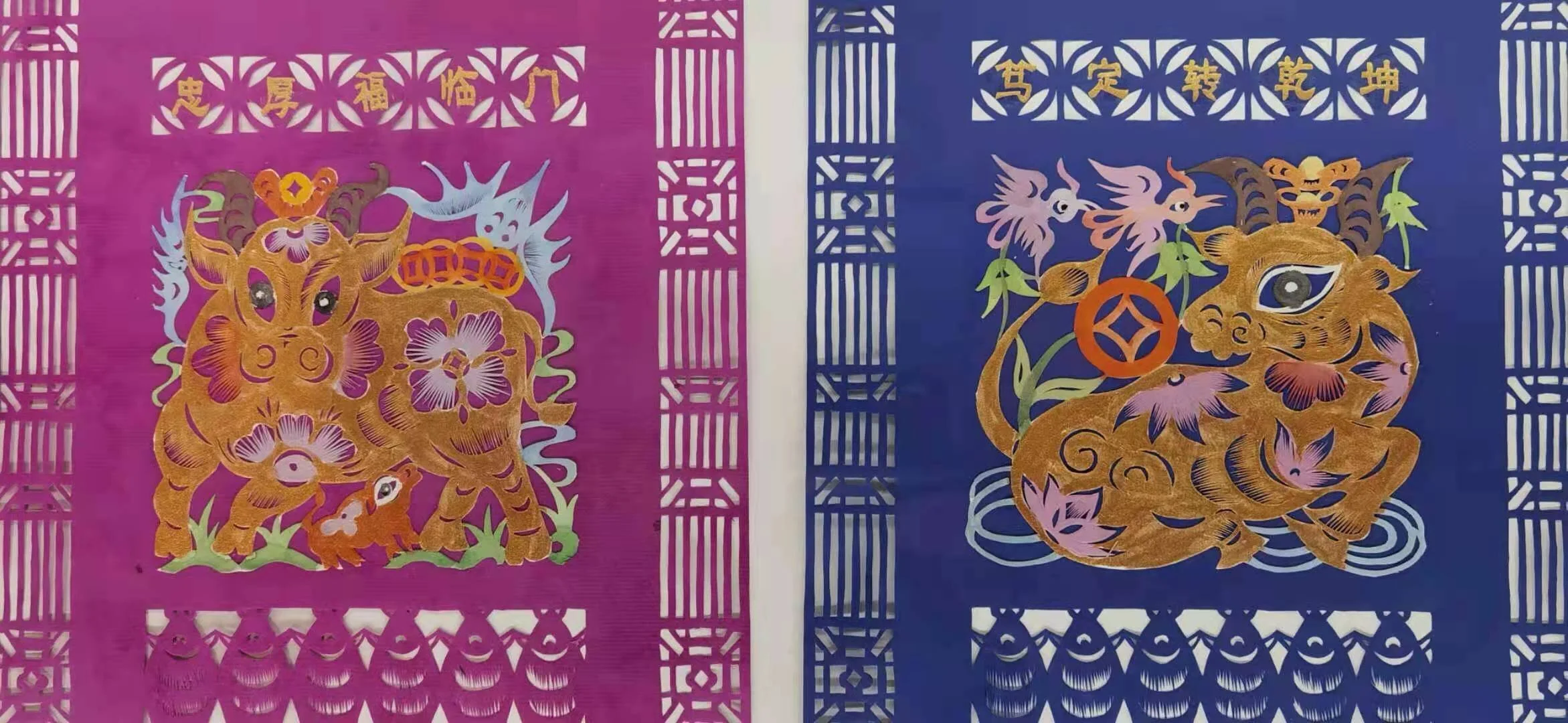
Theme: Art of the Spring Festivals
Venue: Exhibition room No.1 and 2 at Zhejiang Art Museum
Theme: Typical Exhibition
Venue: Research centre of Folk art and cultural adhere and evolvement through generations, ancient street at Pinyao town, Yuhang district
Theme: Vision of the Sprint Festivals
Venue: Campus of Xiangshan, Exhibition rooms of 2,3,5,6,7,8 in Folk art museum at University of China Fine Arts
Reported from Hangzhou | 03 Dec. 2021

This is a huge exhibition which was hosted by Dushi KuaiBao( a biggest of news and publication agency in Zhejiang province), the local Government support it every year, sponsored by Hangzhou Mingjue Cultural Creative Company, Interact Communication corporation of Zhejiang Orange Persimmon and the organization committee of Hangzhou Cultural Arts - EXPO. The exhibition held three days at the Creative Centre of Hangzhou (C- BOX), from 3th to 5th of December, 2021.
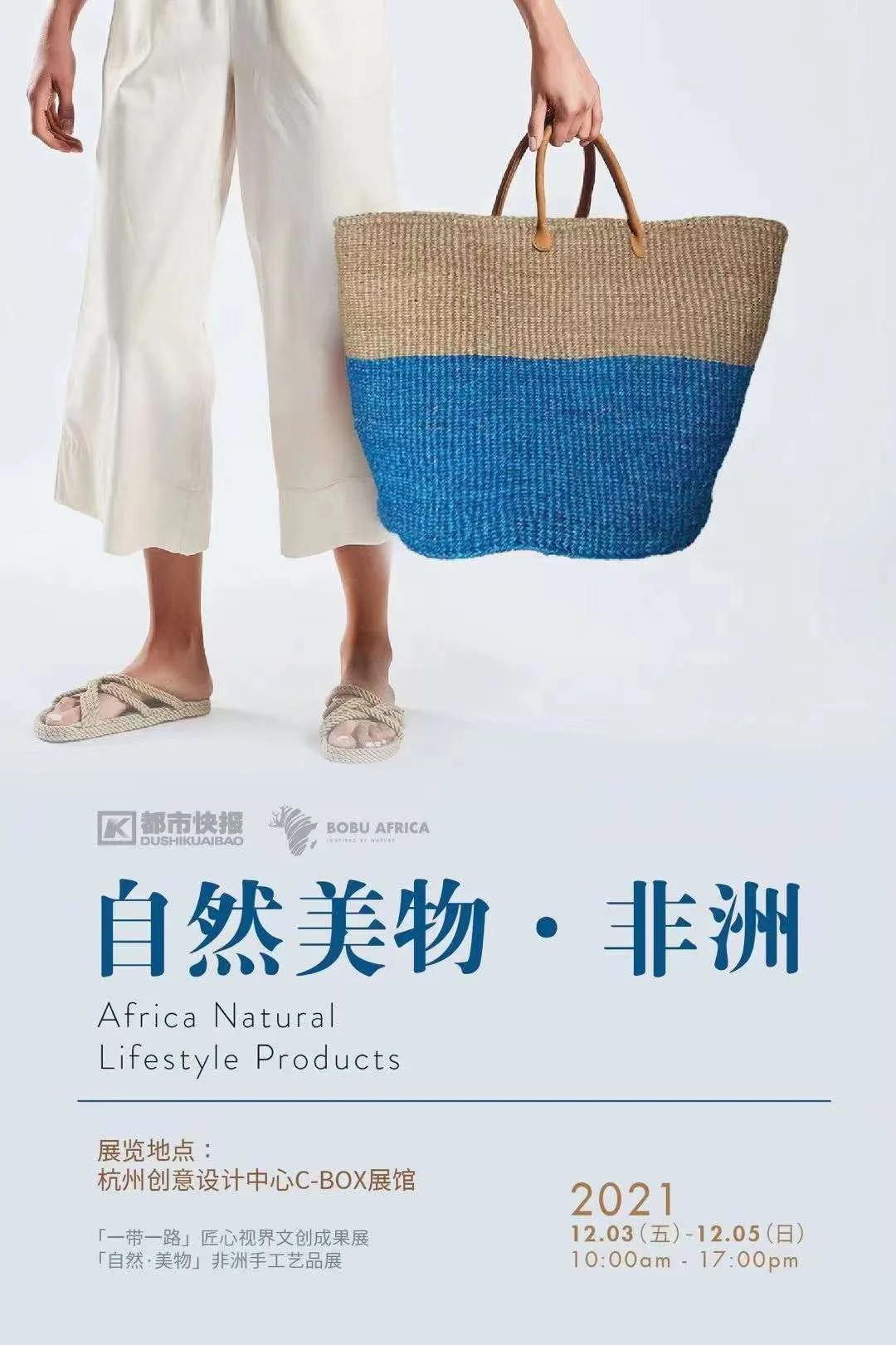
This is a range of contemporary works show, including most new creative works, such as shape of cups, natural fibre woven products, kinds material of furniture, designer jewelries and so on. For those designer furniture, which made of bamboo, wood, mental and many unusual materials we occasionally seen on some luxurious places, and ceramic craft to produce a serious of art works that was developed from traditional Chinese ceramic making rules. Especially some of jewelry works that were design and made by those artists from Germany, this unit called a ID Scanner, setting a big place in the exhibition. New design forms in the EXPO expressed classic or fashionable style in information technology era of 21 century of us, many artists and audience attended this show during the world pandemic condition, which is deserved to have a look.
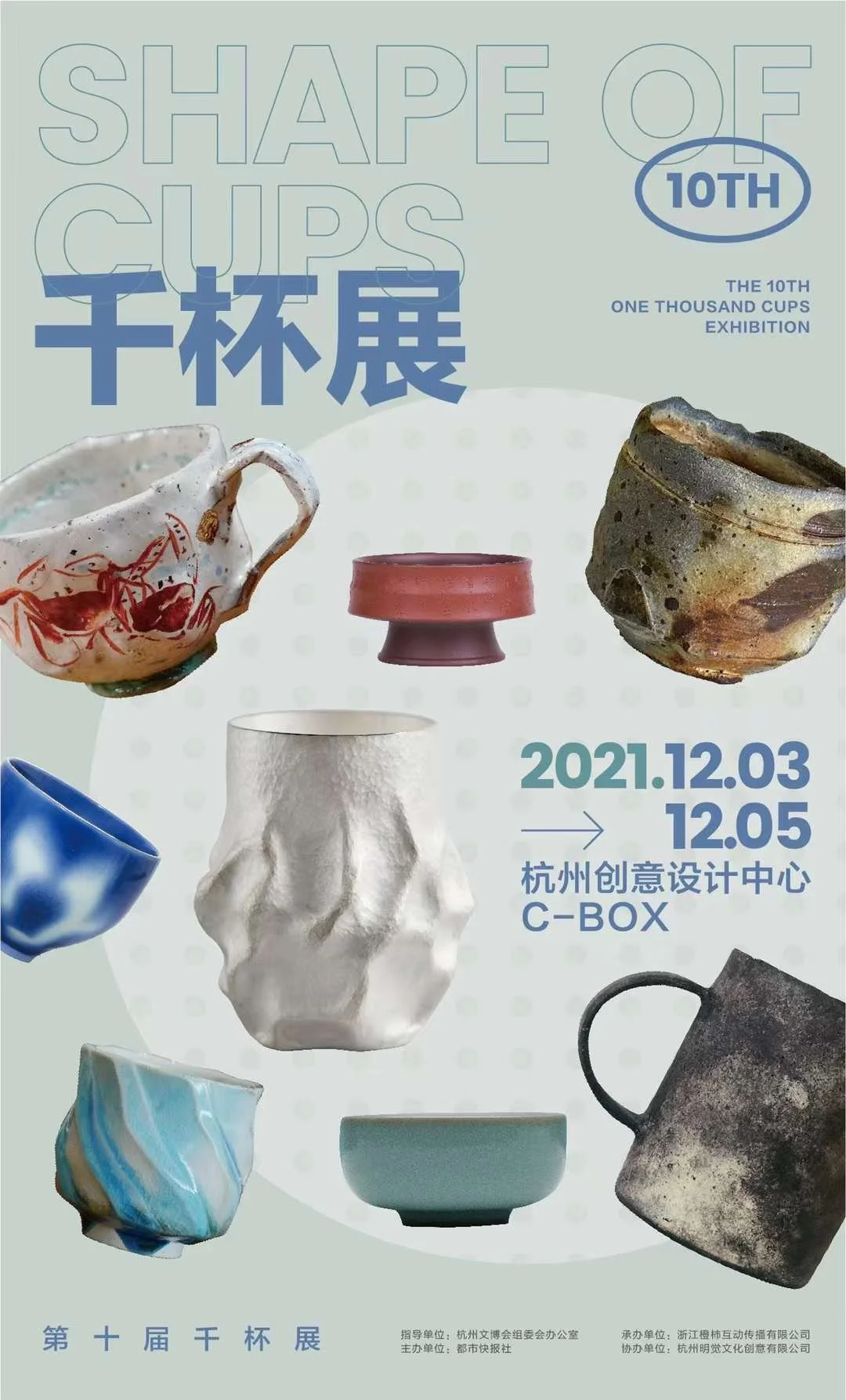

Ningbo was call Mingzhou in ancient times, and was named Ningbo for the first time in the 14th year of Hongwu of the Ming Dynasty (1381 A.D.) according to the connotation of the old saying of "The Peaceful the Sea is, the Calm Her Waves Would Be". As an important port of the Maritime Silk Road, Ningbo has historically been a major trading partner of Japan and South Korea. Ceramic art is one of great creations of China. With the advantage of geographical location, the Korean Peninsula and the Japanese Archipelago inherited China's creation, firing skill and development of ceramic art, and opened a new chapter in terms of imitation and exchange of Yuezhou kilns and Longquan kilns, making Ningbo an important transit port.
Since modern times, the ceramic art of China, Japan and South Korea has formed their own shape and appearance, and each has had a far-reaching impact on the development of ceramic art in the world. Thanks to the development and progress made in more than 40 years of reform and opening up, Chinese contemporary ceramic art has gradually become an important force in the field of contemporary ceramic art in the world.
The 2022 Ningbo International (China, Japan and Korea) Contemporary Young Ceramic Artists Exhibition is a gathering of works of young ceramic artists from China, Japan and South Korea, so as to develop and expand humanistic sentiments generated from the interaction of human beings and the pottery, extend the life experience of art and scientific technology, and emphasize the linking function of ceramic art in multi-cultural integration. This Exhibition is not only a retrospect of history, but also the review of the contemporary, and an outlook and expectation of the future.
Ⅰ.Guiding Unit
Zhejiang Provincial Federation of Literary and Art Circles
Zhejiang Artists Association
Ningbo Municipal Bureau of Culture Radio, Television and Tourism
Ningbo Federation of Literary and Art Circles
People's Government of Beilun District, Ningbo
Ⅱ.Organizing Unit
Ningbo Beilun Bureau of Culture, Radio, Television, Tourism and Sports(Cultural Relics Bureau)
School of Handicraft Arts, China Academy of Art
Ⅲ.Co-organizing Unit
China Port Museum
Ⅳ.Supporting Unit
(In no particular order):
Department of Ceramic Art Design, Academy of Arts & Design, Tsinghua University
College of City Design, Central Academy of Fine Arts
College of Arts and Crafts, Guangzhou Academy of Fine Arts
Department of Handcraft Arts, School of Design, Sichuan Fine Arts Institute
School of Formative Arts, Tianjin Fine Arts Institute
College of Arts and crafts, Luxun Academy of Fine Arts
Department of Public Art, Xi'an Academy of Fine Arts
Department of Sculpture, Hubei Institute of Fine Arts
School of Sculpture, China National Academy of Arts
School of Ceramic Art, Jingdezhen Ceramic University
Department of Ceramic Art and Design, Shandong College of Art
Department of Arts and Crafts, Nanjing University of the Arts
College of Plastic Arts, Guangxi Arts University
Dankook University, Korea
Ceramic Society of Korea
Sokyo Gallery, Kyoto, Japan
Ⅴ.Curatorial Team
Chief curator: Feng Yi, Sun Xuejun
Co-curator:Xiong Wenying, Kim Hyeog-soo (South Korea), Fujita Atsumi (Japan)
Assistant curator: Wu Feng, Liu Yuting, Du Ning
Ⅵ.Arts Committee
Honorary Director:
Liu Zheng (Professor and Deputy Secretary of CPC, China Academy of Art)
Zhou Wu (Professor and Dean of School of Handicraft Arts, China Academy of Art)
Directors:
Dai Yuxiang (Professor and Head of Department of Ceramic Craft, China Academy of Art)
Zhi Min (Professor and Executive Deputy Dean of School of Sculpture, China National Academy of Arts
Committee Members:
(In no particular order)
Wan Liya (Member and Representative in China of the International Academy of Ceramics)
Wu Haoyu (Academy of Arts & Design, Tsinghua University)
Meng Fuwei (Sichuan Fine Arts Institute)
Liu Qian (Xi'an Academy of Fine Arts)
Huang Chunmao (Central Academy of Fine Arts)
Liu Yingrui (Tianjin Fine Arts Institute)
Li Cheng (Luxun Academy of Fine Arts)
Luo Jin (Jingdezhen Ceramic University)
Li Hailin (China Academy of Art)
Liu Runfu (Academy of Arts & Design, Tsinghua University)
Shao Changzong (Jingdezhen Ceramic University)
Du Qinfen (Guangzhou Academy of Fine Arts)
Zhang Chun (Hubei Institute of Fine Arts)
Li Yulan (Shandong College of Art)
Zhang Wei (Nanjing University of the Arts)
Liu Yancong (Guangxi Arts University)
Ⅶ.Form, Type and Number of Works to be Solicited for the Main Exhibition
1. 120 pcs/groups of works will be solicited publicly from China, Japan and South Korea.
2. 30 pcs/groups of works produced by will-known ceramist of China, Japan and South Korea will be invited by the organizing unit.
Ⅷ.Date & Time of Events
Holding time of the Exhibition: March 29, 2022 - July 3, 2022
Opening time of the Exhibition: on the morning of March 29, 2022
Time of the discussion salon: in the afternoon of March 29, 2022
Ⅸ.Venue of Exhibition
China Port Museum
(6 Gangbo Road, Chunxiao Town, Beilun District, Ningbo, Zhejiang Province, China)
Ⅹ.Requirements on Solicited Works
1. The work for exhibition should be an original work produced in recent one year.
2. The work shall advocate the contemporary expression of new ceramic materials and new processes, and reflect the local inheritance attributes and aesthetic characteristics of ceramic materials.
3. Each author may submit 2 pieces (groups) of original works at maximum. The author shall provide electronic photos with a resolution of not less than 300DPI and a size of not less than 5M. The different angles and dimensions of the work shall be indicated on the photo, which, together with the application form, shall be sent to the e-mail address of paus@cpmuseum.cn. The author's name shall be attached to the mail upon submission.
4. Deadline of work Soliciting: from now to 24:00 (Beijing time) on February 14, 2022, subject to the time of receiving the mail. The selection results of the works will be published on the official website of the exhibition (www.portmuseum.com) before February 28, 2022, and the authors will be notified by e-mail.
5. The Organizing Committee will present each exhibitor with an album of Mingzhou Asks for Pottery - 2022 Ningbo International (China, Japan and Korea) Contemporary Young Ceramic Artists Exhibition as a gift, together with the Certificate of Participating in the Exhibition.
Ⅺ.Transportation and Insurance of Works
1. The author shall be responsible for the packaging, transportation and insurance expenses of the works (the packaging must comply with the international standards for transportation of artworks), and shall attach the registration form for 2022 Ningbo International (China, Japan and Korea) Contemporary Young Ceramic Artists Exhibition to the packaging box.
2. The Organizing Committee will be responsible for the transportation and insurance of any works that are returned.
3. Mail address: 6 Gangbo Road, Chunxiao Town, Beilun District, Ningbo, Zhejiang Province, China, Organizing Committee of 2022 Ningbo International (China, Japan and Korea) Contemporary Young Ceramic Artists Exhibition, China Port Museum; post code: 315830
4. Recipient: Xia Xiandi (18157375695); Time for receiving: 9:00AM - 5:00PM.
Ⅻ.Other Statements
1. The organizing unit has the right to exhibit, research, photograph, shoot, publish and publicize the artists and their works in the exhibition, as has the portraiture right to them as well.
2. The organizing unit has the right to postpone or cancel the exhibition or its individual events in case of force majeure such as epidemic situation.

Scan the QR code above to
download the registration form
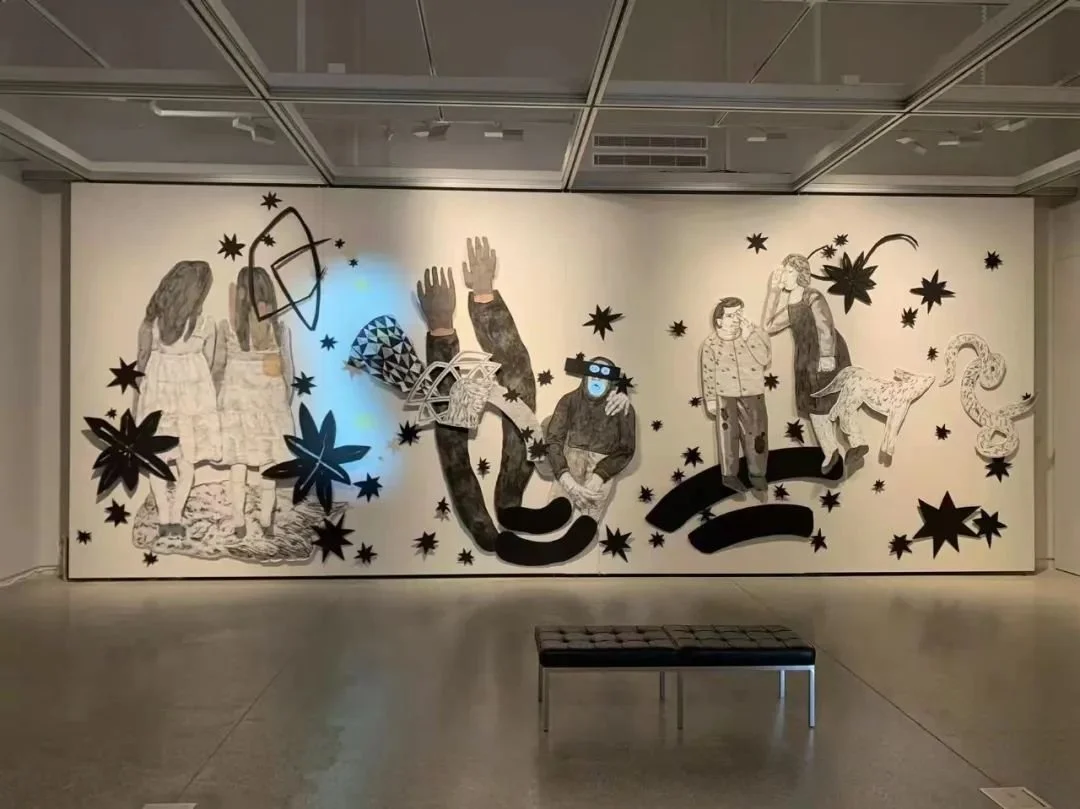
About the artist

张曦月
In this fantastical world, everyone enters a process that repeats itself over and over again. In a world of infinite exposure and infinite acceptance. Some people have a huge diamond growing on their left side of the face, some people are making love with their armpits... Keep looking, hopes and ideals are like a disaster, I don't know how to put them in time. My soul covets my loneliness, it's my only remaining, elusive thought that makes my spirit flourish.
在这个奇幻的世界里,每个人都进入了一个循环反复的过程。在一个无限暴露,又无限被接纳的世界里。有的人左侧的脸上长了一颗巨大的钻石,有的人在用腋窝做爱…继续寻找,希望和理想如同一场灾难,我不知到如何把他们放到时间当中去。我的灵魂垂涎于我的孤独,是我那仅存的,又不可告人的想法,使我的精神繁荣。

figures
Words from Artist 作者按
我现在生活在澳大利亚的一个小岛上,名字叫做塔斯马尼亚岛,这是一个心形的小岛,风景也很特别,四季如秋,冬日里每天都可以看得见极光,每个人都像穿越时空来到这座城市一样,这次作品的名字叫“The Shining World”, 灵感也是来自这座城里的人们。
Further detail of the work 作品创作说明
作品的材料是纸本素描结合水墨手绘完成的,用了两个月的时间,从最初的250张草稿中挑选出来了三张,并具有一定的潜在叙事性连接的作品,并把它们放大到极致,让在这座城里的神奇和怪诞,随着作品,讲述出来。这次我也使用动画作品放置在整体作品中,使怪诞的风格更加强烈,现场结合了动画和音效等多种媒体结合的方式,希望作品呈现出比自己以往做的架上有一点点不一样的地方。
24.Oct.2022, In Hangzhou of China
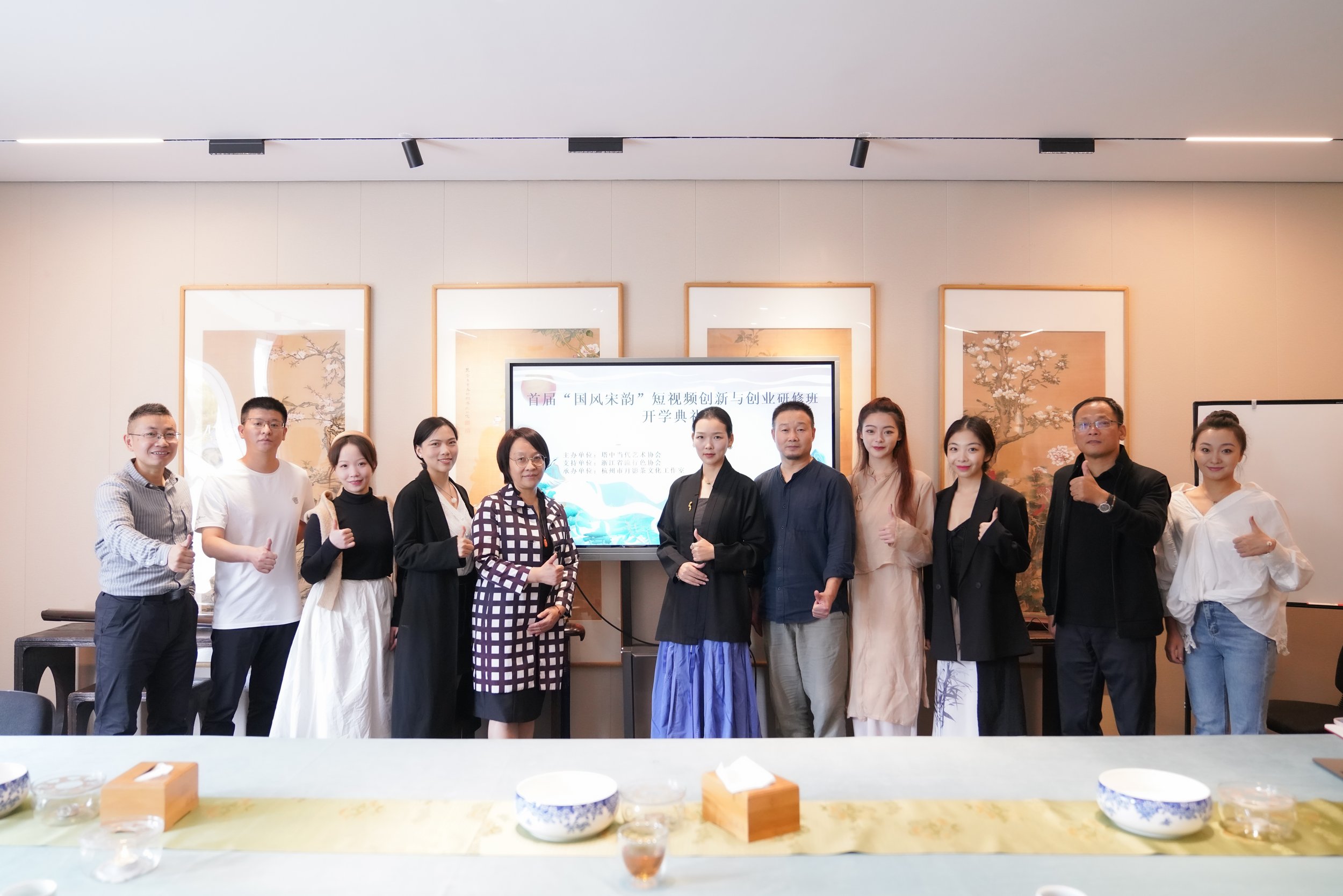
14.Oct.2022
Sponsor: Chinese Contemporary Arts of Tasmania Inc. (CCAT INC)
Supporters: Zhejiang Fashion Color Association
Organizer:Hangzhou Yueying Tea Culture Studio , Hanghzou Xiaoqiao Runing Water Culture Technology Co. LTD

Opening speaker in the first workshop
Xingming Wu, Vice President of Chinese Contemporary Arts of Tasmania Inc (CCAT INC)
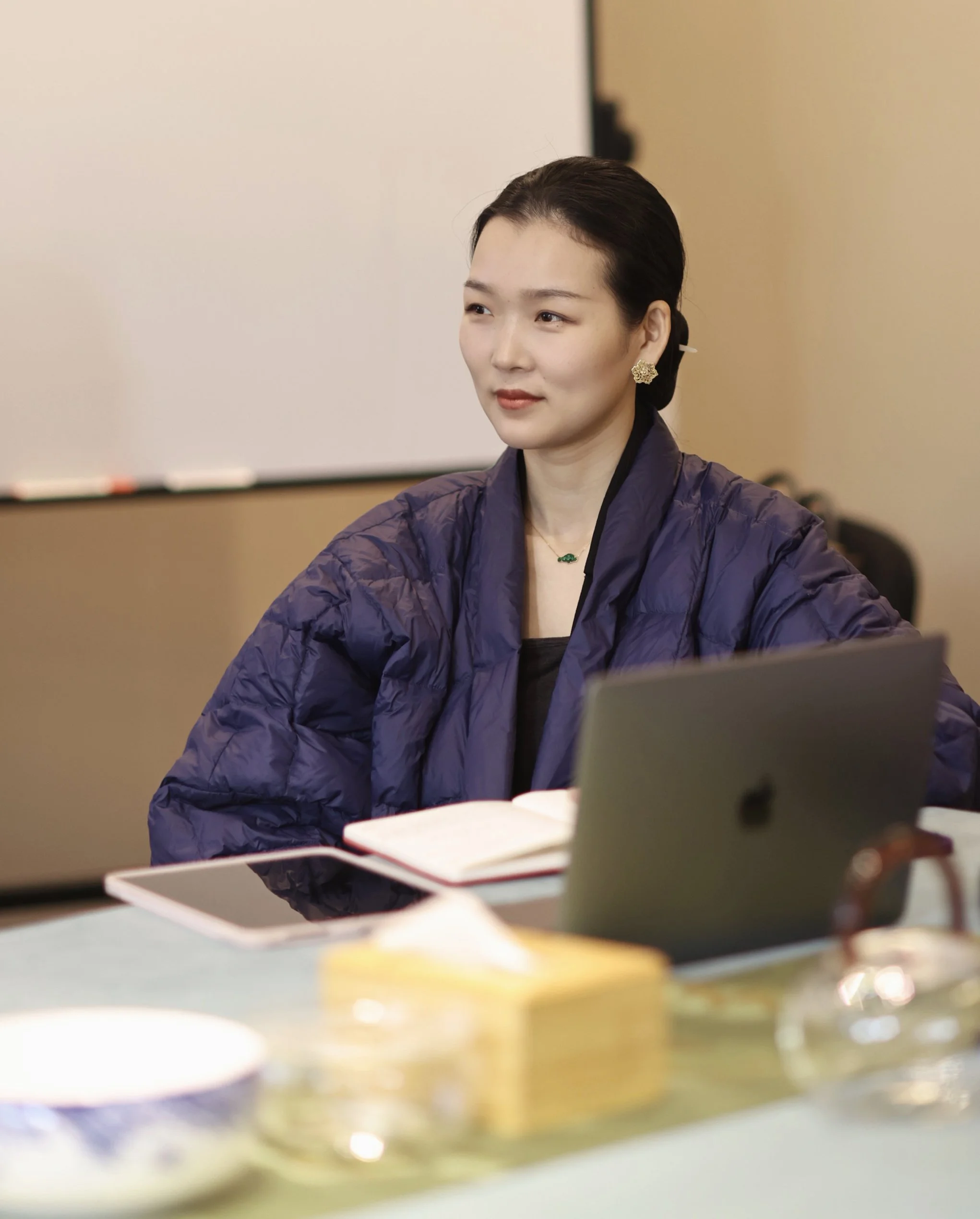
Ms Chen, Lecturer
Founder of the brand ‘Qing Chen”, the inheritor of intangible cultural heritage of celadon. Ms Chen is a researcher and specialists on the life aesthetics of Song Dynasty over 10 years.
Eastern Life Aesthetics’ workshop of Convergence Media is opening on the 14th of Oct at the beautiful city – Hangzhou, capital of Zhejiang in China, where is a famous scenic tourist city. This is the first workshop since the covid-19 appear in China, people who are interested in nature and city life, especially those lovers of video shoot and photographers, were affected strongly by the covid since the year of 2021 and have to stay the safe place in term of touching reduced opportunity, wherever in home or office. Fortunately, the workshop is coming and bring to us much chance to meet those peers and some desirable places where we miss them longer than two years. Thanks for sponsor unit of Chinese Contemporary Arts of Tasmania Inc, it is a formal registered art association in Australia Government, who give us much assistant, and big supporting from the institution of Zhejiang Fashion Color Association as well as.

Workshop time
Why study Eastern life aesthetics? Song Dynasty is the top of Eastern aesthetics, simple and elegant, the literati spirit of blending white space with nature. Finding back the Song aesthetics, which is belong to Chinese culture, and which also is the base of classical China. At the same time, we should to learn them and how to express it through media. The city of Hangzhou have ever as a capital of South Song dynasty in the history, culture of the Song dynasty, it is the highlight cultural representative, is the shiniest city name and crucial cultural brand. Base of the culture resource superiority, we are absorbed in demand of the high talent on the Song dynasty’s style video making. For Hangzhou ‘Song Dynasty’ cultural field to make their own Contribute.

Video shoot and photo taking, creating in the real environment
Suitable people
training for Staffs of inner company, ability improvement for enterprise middle and senior cadres.
The workshop studio of short Videos innovation aim to improve business ability on the filed of new media for company, elevate work effective, and decrease cost as well as expand the benefits.
Model of structure and lightspot
Taught by a team of senior teachers, who are working at least over ten years in this area of creative and innovative film make. At the end of the workshop, it will support lots of creative resource, personal with ability, funding and projects docking as well as.
Units include Video shoot knowledges of Chinese style with Song Dynasty visual manner, practice with real projects, guidance of one on one, works exhibition.
Space supported by Hangzhou Yueying Tea Culture Studio. ADD: 15 / F, Zijingang International Hotel,796 Shenhua Road,West lake district, Hangzhou
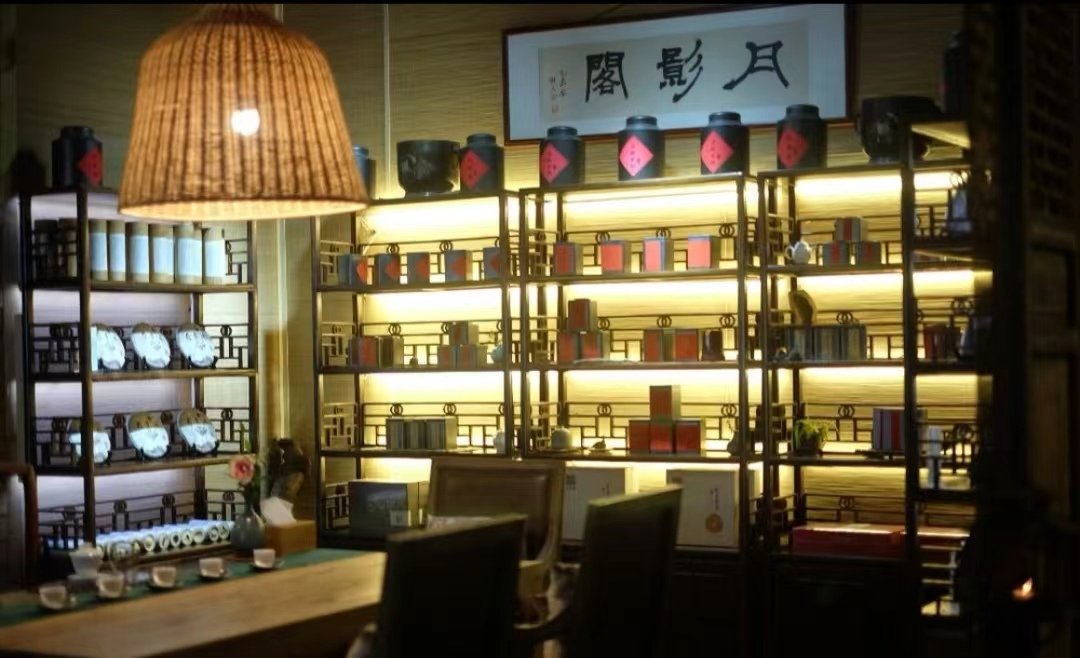
By Xingming Wu | March 20,2023

Exhibition duration: March 18,2023 - April 16, 2023
Address:No. 218 Nanshan Road, the art museum of China Academy of Art in Hangzhou, Zhejiang, China
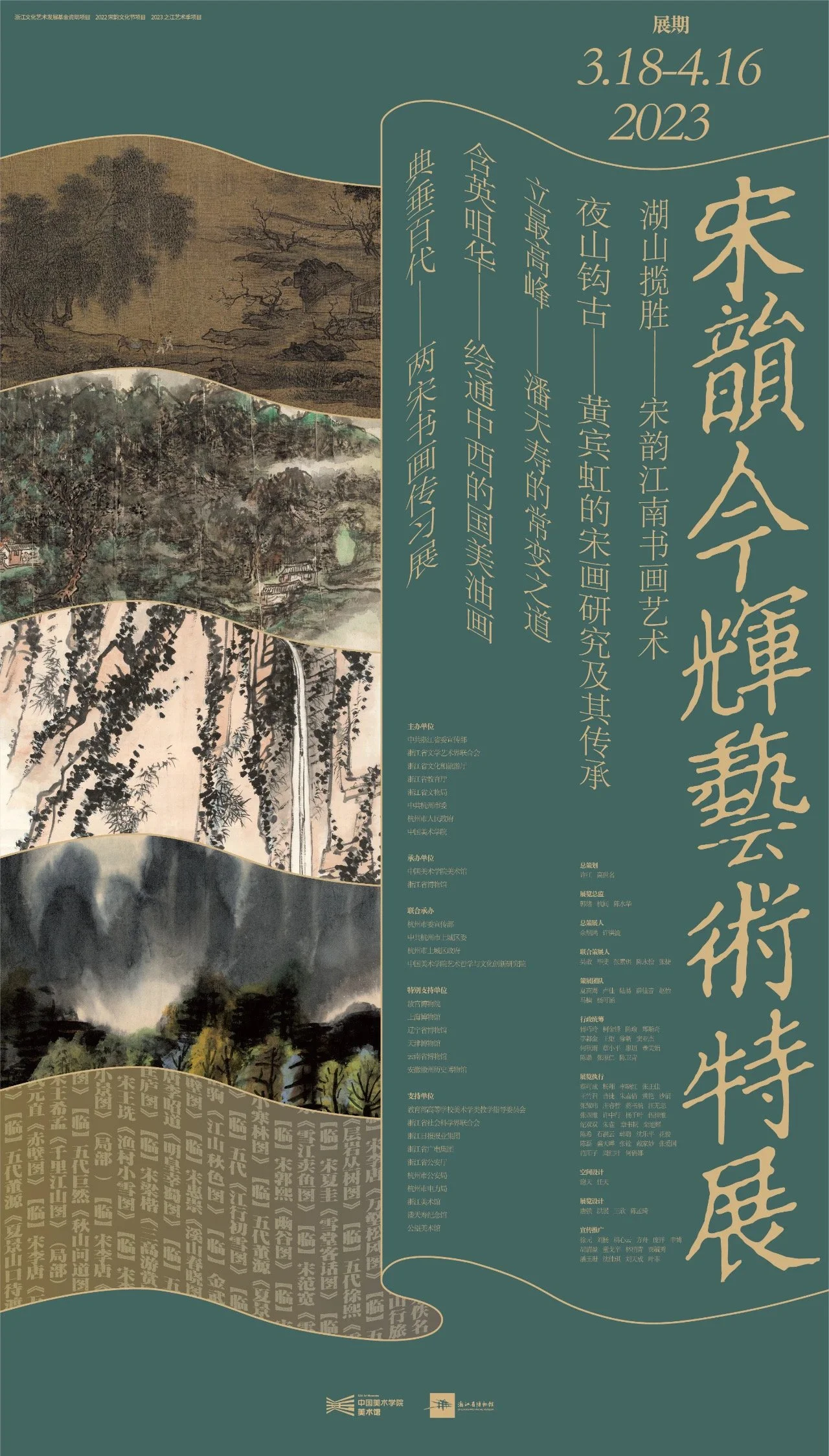
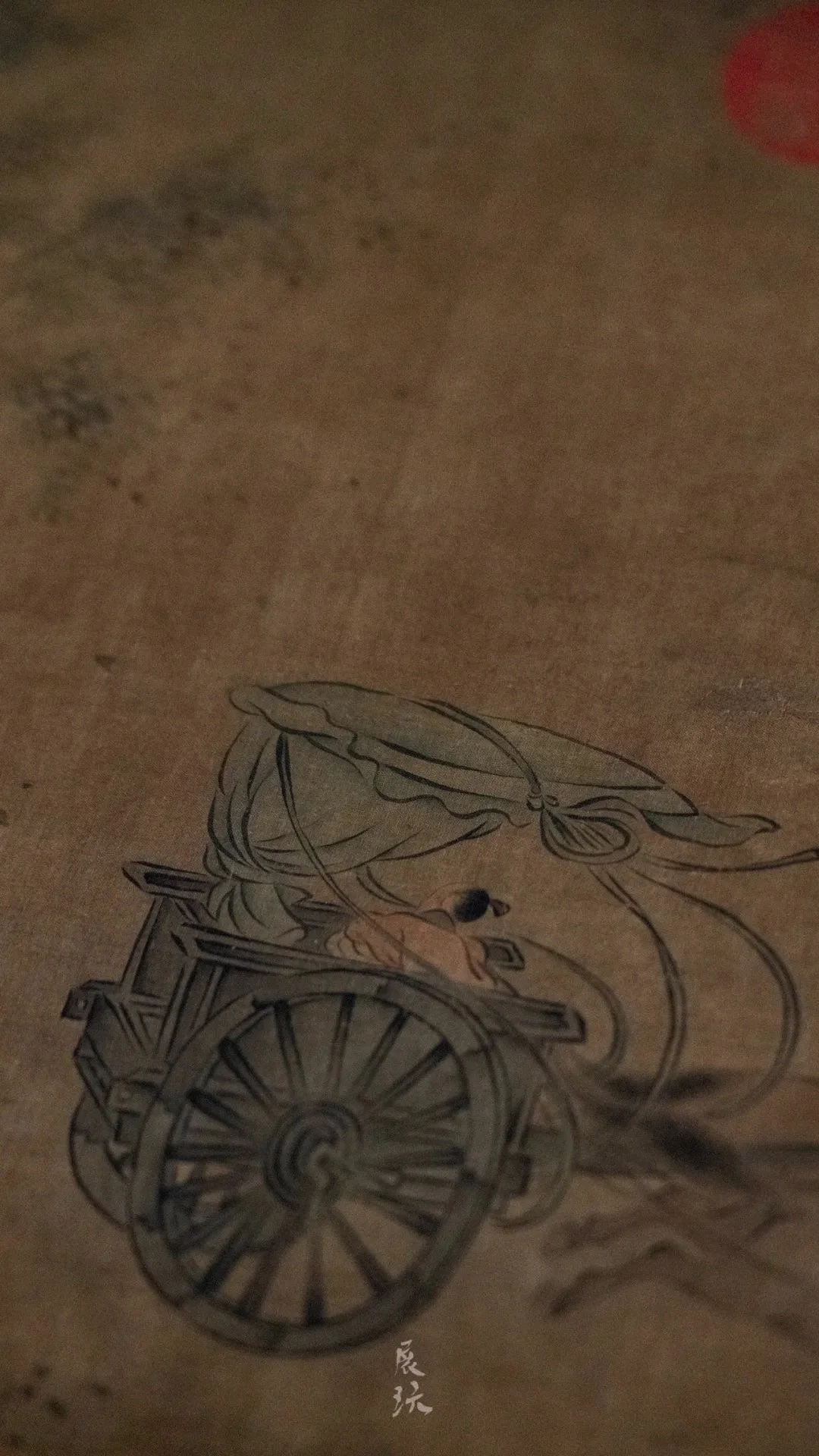
Hangzhou, capital city of Zhejiang province, East China, was the political, economic and cultural center more than 800 years ago, when it served as the capital of the Southern Song Dynasty (1127-1279).
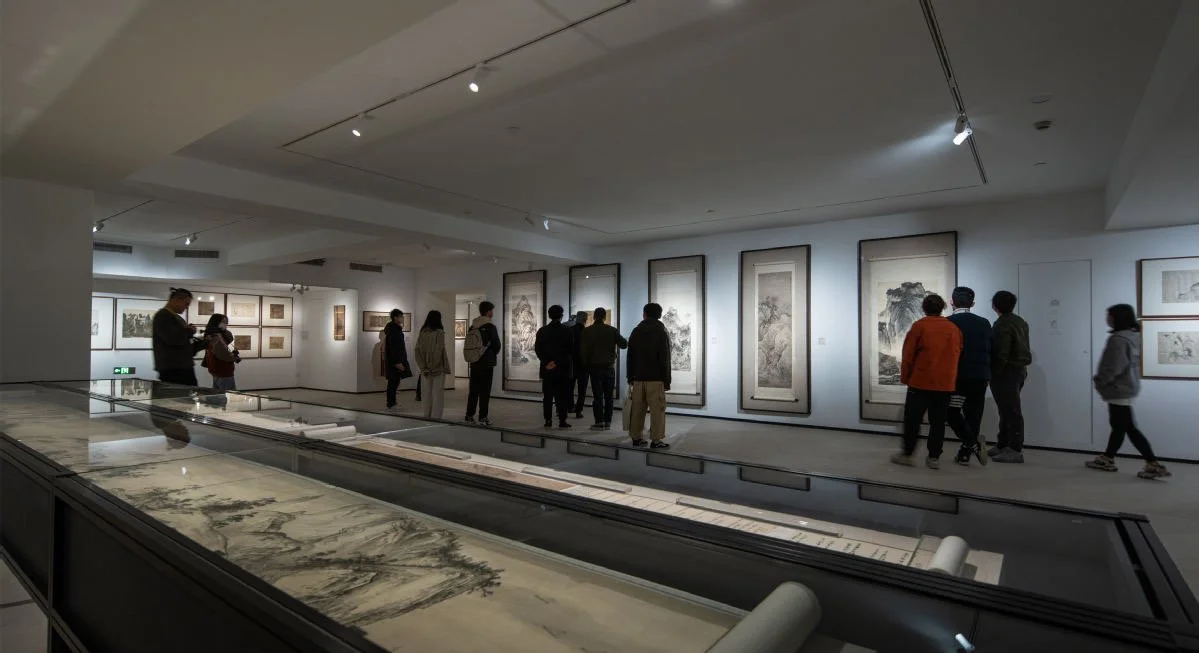
A gathering of prominent intellectuals, scholars, artists and luminaries in other fields elevated the city's culture and art to a new peak, casting a long-standing influence in Chinese history that has lasted to present day.
To mark this booming scene, five exhibitions opened at the art museum of China Academy of Art in Hangzhou on Saturday. Paintings and calligraphic pieces from different periods of time are now on show to showcase the Song era to audiences, and to help them understand how Chinese cultural traditions have been passed on throughout centuries.
The center exhibition of the five is Embrace the Landscape, which brings together 37 classic paintings — 10 of them dated to Song Dynasty (960-1279) — loaned from major museums across the country, including the Palace Museum in Beijing, Tianjin Museum and Zhejiang Provincial Museum. It provides an enactment of the landscapes and social and cultural lives led by people in Southern Song, in Hangzhou, then called Lin'an, and neighboring areas in Jiangnan, a term referring to the lower reaches of the Yangtze River.
Through these objects one will also see the cultural lineage that has been passed on since the Tang Dynasty (618-906) and has been further developed by the elite communities in Song, and how their accomplishments continued to guide and inspire artists in the following dynasties.
Another two exhibitions survey the art of Huang Binhong and Pan Tianshou, respectively, two leading artists of modern China who in their lifetime carried in-depth research of Song art and reformed the face of Chinese ink art to usher it into a new stage of time.
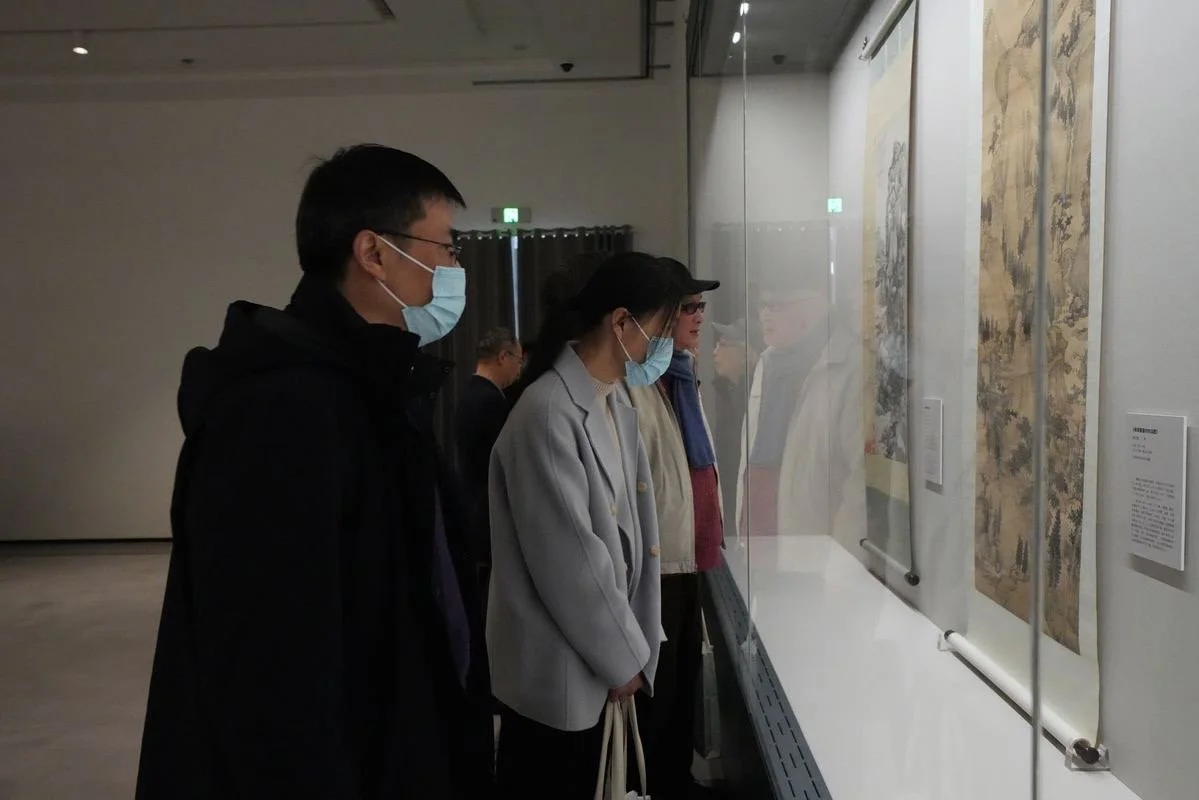
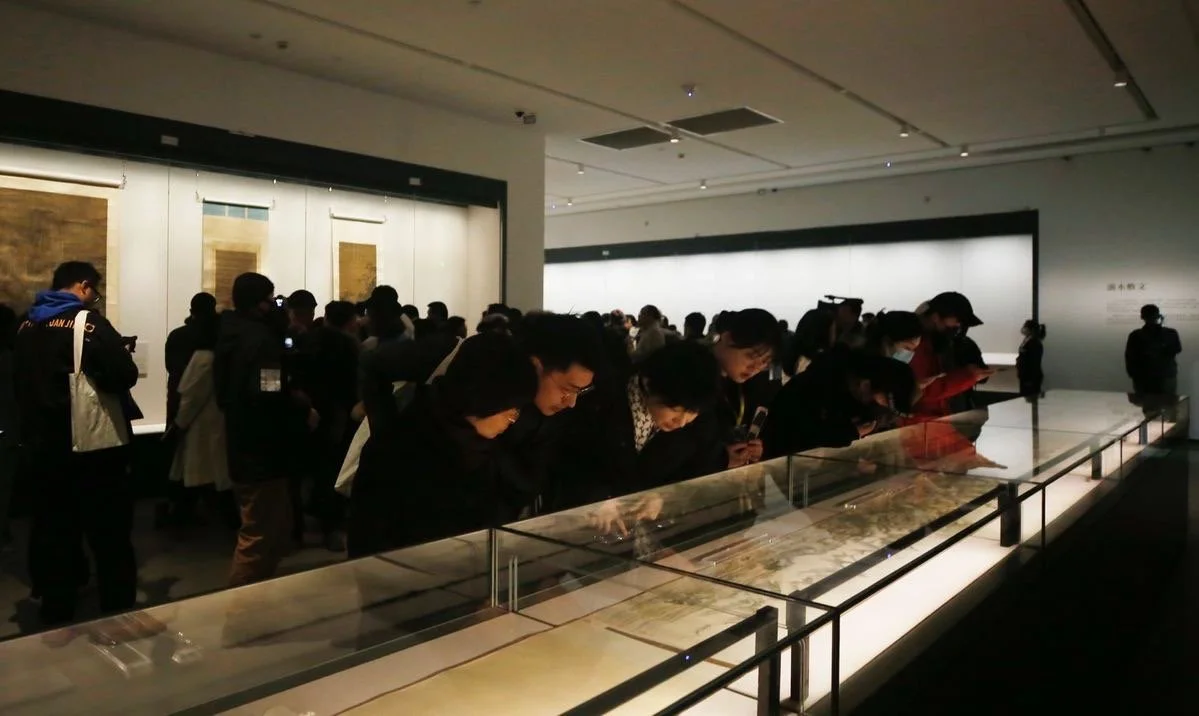
Five exhibitions of paintings and calligraphic pieces were opened at the art museum of China Academy of Art in Hangzhou on Saturday. [Photo provided to chinadaily.com.cn]
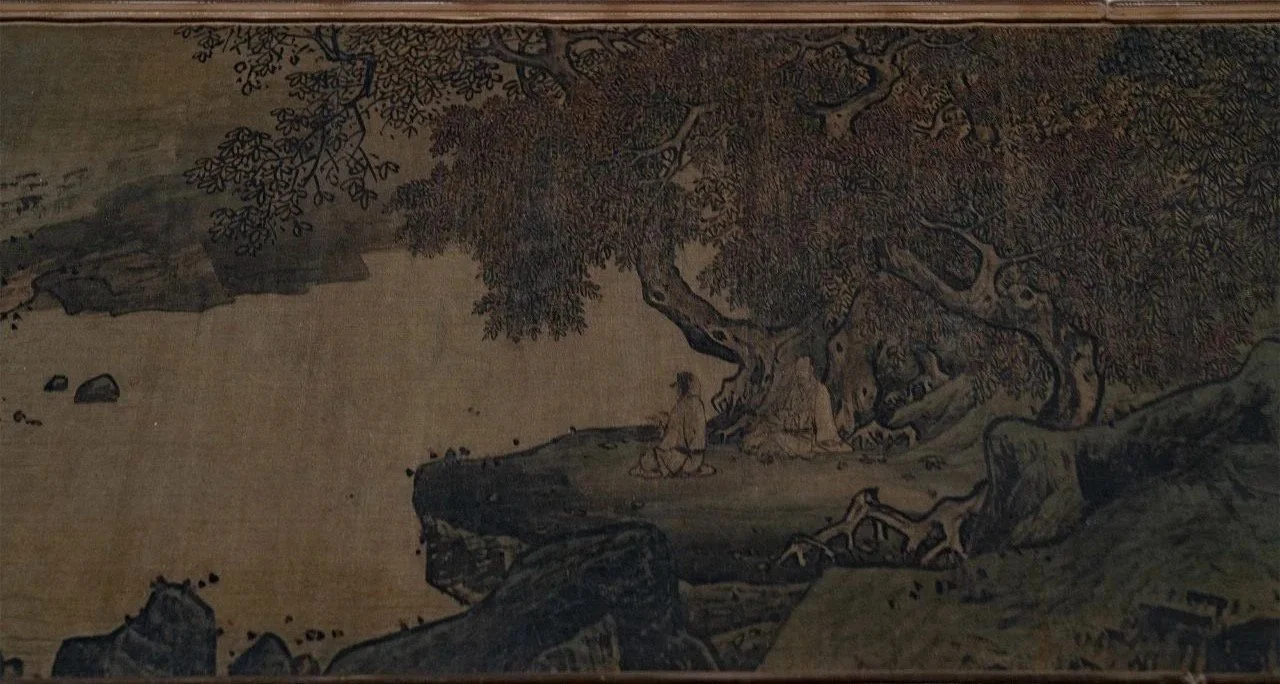
Figures of painting - North Dynasty, Li Tang, “Autumn water view of Haoliang”(“濠梁秋水图”), Scroll, collected by the Museum of Tianjing
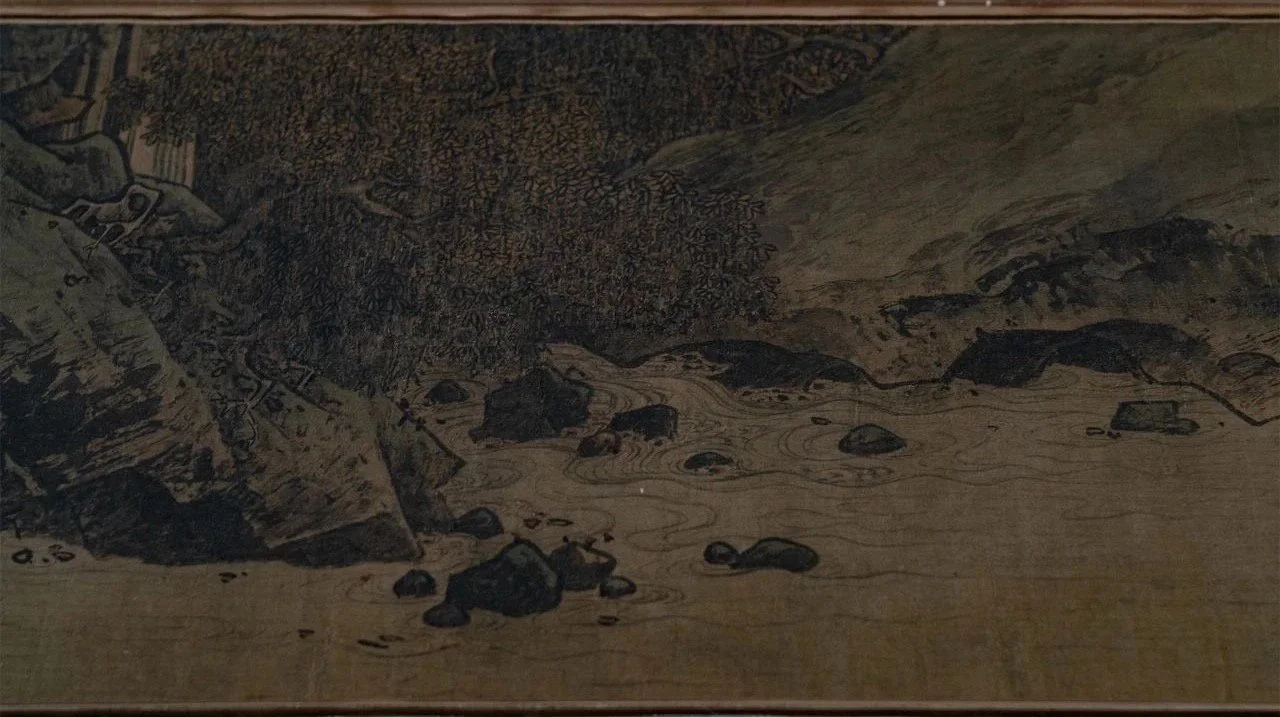
Figures of painting - North Dynasty, Li Tang, “Autumn water view of Haoliang”(“濠梁秋水图”), Scroll, collected by the Museum of Tianjing

Figures of painting - North Dynasty, Li Tang, “Autumn water view of Haoliang”(“濠梁秋水图”), Scroll, collected by the Museum of Tianjing
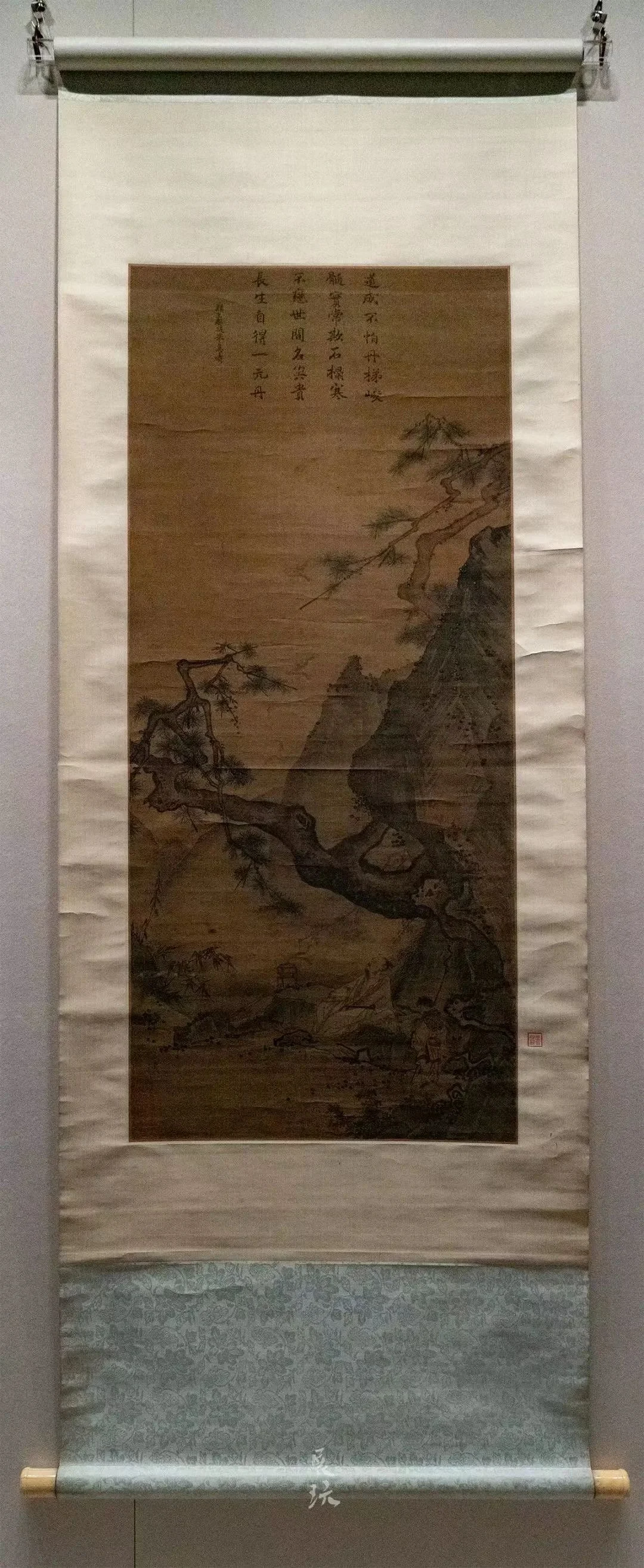
South Song Dynasty - Ma Yuan, Long life of pine(松寿图),collected by the Province of Liao Ning Museum
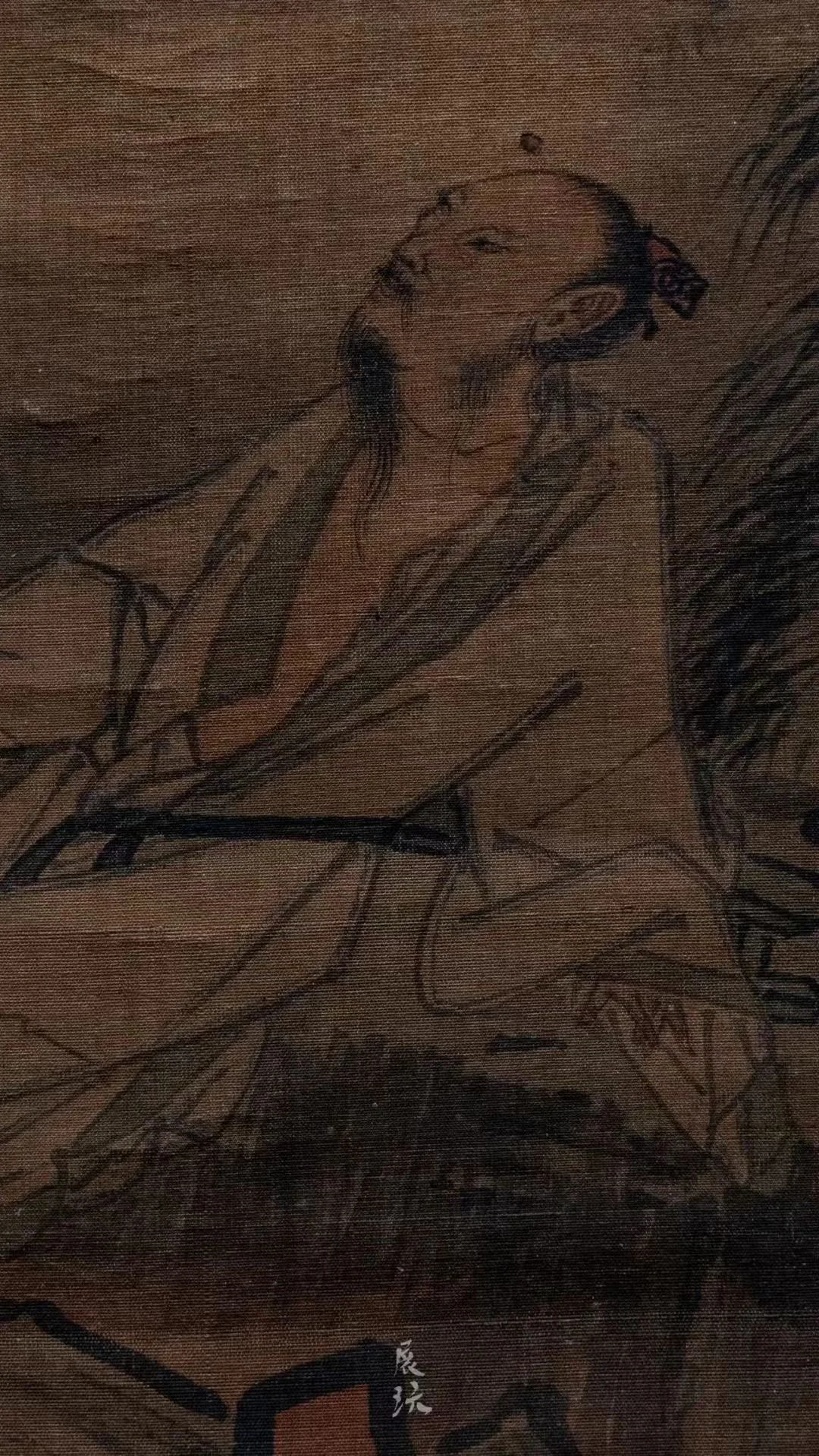
Figures, South Song Dynasty - Ma Yuan, Long life of pine(松寿图),collected by the Province of Liao Ning Museum

Figures, South Song Dynasty - Ma Yuan, Long life of pine(松寿图),collected by the Province of Liao Ning Museum
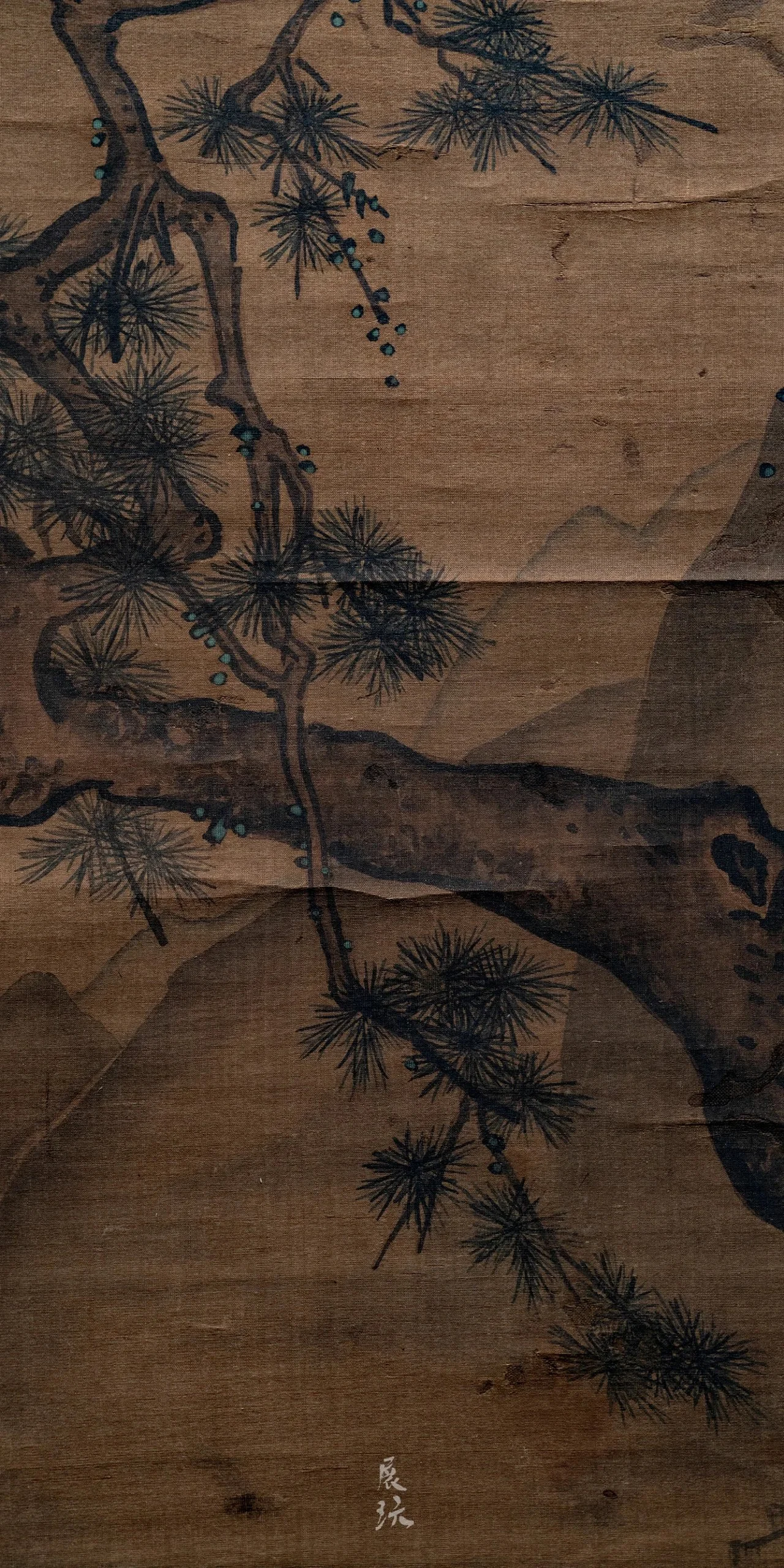
Figures, South Song Dynasty - Ma Yuan, Long life of pine(松寿图),collected by the Province of Liao Ning Museum
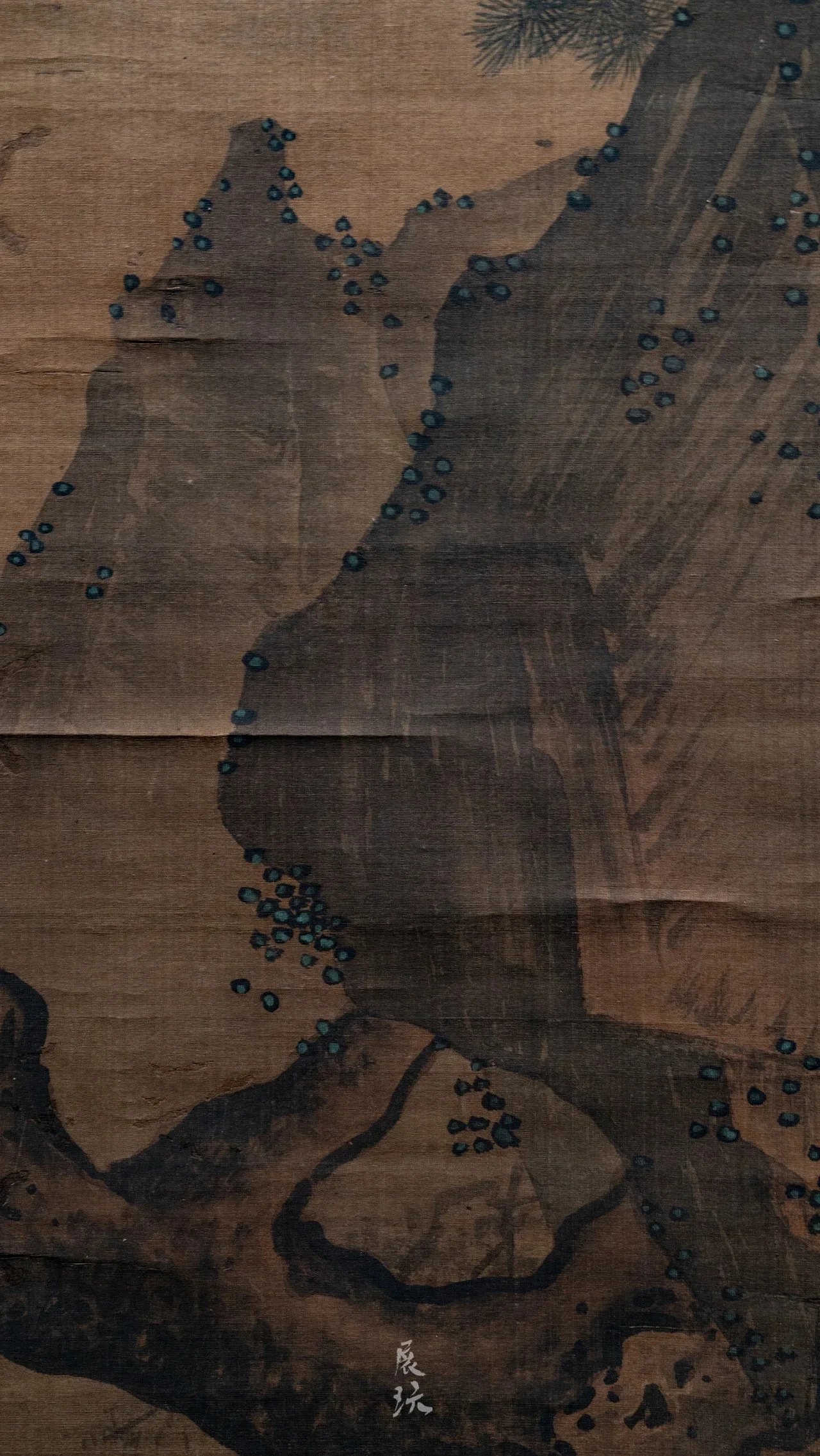
Figures, South Song Dynasty - Ma Yuan, Long life of pine(松寿图),collected by the Province of Liao Ning Museum
[Photo provided to Show Play (展玩) ]
Those High Quality Photos’ Taken from both above agencies,Thanks for you contribution. There are exhibiting but only last thirty day, Please catch up this only Opportunity which is an occasionally display time - once in a blue moon.
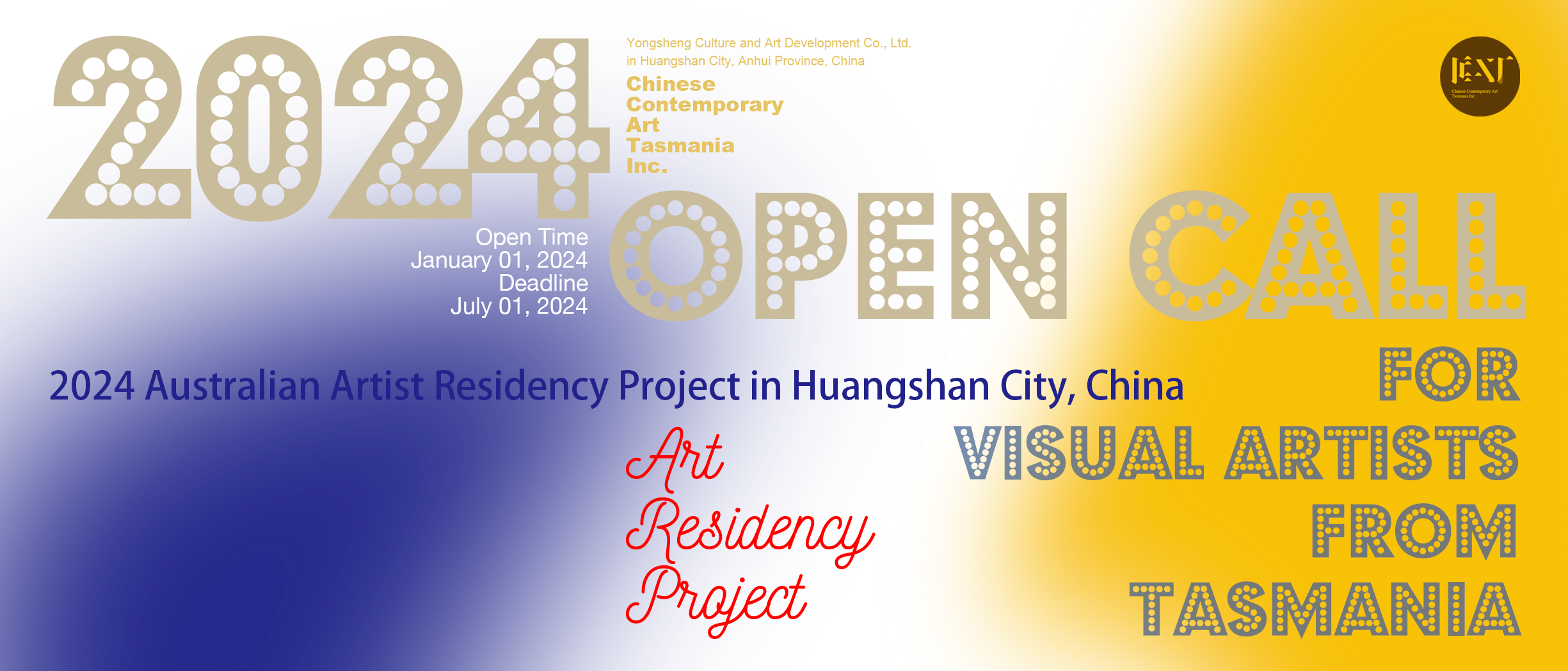
The 2024 Tasmania Artists Residency Project in Huangshan City of China (TARP) is a non-profit cultural exchange program aimed at building friendly, cultural and artistic activities and relationships with Chinese and Australian artists. The project has been initiated by the Contemporary Chinese-Australian Art Association (CCATInc) and jointly planned and organized by Yongsheng Culture and Art Development Co., Ltd. (YCAD) in Huangshan City, Anhui Province, China. It has received support from the School of Creative Arts and Media of the University of Tasmania, Contemporary Art Tasmania, and Moonah Arts Centre. The project has been delayed due to the pandemic and is open to Tasmanian artists for the first time this year with plans to offer an ongoing annual residency. A selected artist will have the opportunity to undertake the residency once a year.
In order to promote artistic exchange and cultural interaction between China and Australia, the project aims to facilitate cultural and artistic exchange visits between Chinese and Tasmanian artists. Through short-term or medium-term residencies artists will make works and explore the influence of different cultural atmospheres and geographical environments. Participants will gain inspiration and use their artistic knowledge and skills to create and express insights through artistic forms.
CCATInc uses its own cultural connections in China to provide international art and culture researchers with access to China’s traditional cultural resources and local regional characteristics of Chinese culture. CCATInc will provide support for Tasmanian artists who are interested in Chinese culture and art to conduct in-depth research on Chinese culture. They will provide art studios and other facilities and equipment for successful Tasmanian artists during their residency in China, connecting them with Chinese traditional culture, language translation, etc., and ensuring the personal insurance and safety of resident artists such as airport pick-up and drop-off.
TARP, She County, can accommodate 5 international resident artists at a time. The art park is located in the East China region of China, where the cultural history and natural landscape are rich. The economy belongs to the developed coastal area of China, and the transportation hub is very convenient. There are high-speed railways and highways in the region, it is close to the international metropolis Shanghai, the capital of Zhejiang Province Hangzhou City and capital of the Southern Song Dynasty, and Jingdezhen, the famous porcelain capital of China since Ming Dynasty. The residency is approximately an hour and a half by high-speed rail to Hangzhou and Jingdezhen respectively. The residency is located in the historical ancient city of She County under the jurisdiction of Huangshan City, a 1400-year-old historical city with a population of about 360,000. The city has a subtropical monsoon climate, with an average annual temperature of 16.4 degrees celsius and four distinct seasons.

01.Natural Landscape of the Art Residency:
a. Huangshan Scenic Area
b. Natural Environment of Ming and Qing Dynasty Ancient Villages
c. Archway Groups
02.Cultural Resources of the Art Residency:
A. Tools and Techniques of Traditional Chinese Painting and Calligraphy
a. Hui Ink Production
b. Inkstone Crafting
c. Xuan Paper Crafting
d. Huangshan's Natural Landforms and Their Connection to Traditional Chinese Landscape Painting
03. Architectural Art and Cultural Forms
a. Ming and Qing Furniture
b. Architectural Characteristics and Forms of Ming and Qing Ancient Dwellings
c. Dwelling Construction Systems and Daily Life
d. Woodcarving, Brick Carving, Stone Carving, and Architectural Decoration
e. Local Traditional Theatre: Huangmei Opera
f. Ceramics, Silver Jewellery, and Decorative Household Items
04.Interactive Resources for Resident Artists:
a. Interaction and Collaboration with Resident Chinese Artists in the Area
b. Visits to Jingdezhen Porcelain Art Zone and Ceramic Creation Bases
c. Artists' Discussion Activities at China Academy of Art in Hangzhou
d. Visits to Creative Parks and Art Galleries in Shanghai


The studio is located in the Yuliangba Scenic Area of Shexian County, owned by Anhui Huangshan Yongsheng Cultural and Art Development Co., Ltd. The Art park's management and funding support are provided by the company.
Within the park, there are resident artists from various regions of China, as well as professional art teachers and designers from art colleges across China who come for short stays, artistic endeavors, and cultural exploration. The park currently hosts four resident artists with expertise in contemporary art, traditional painting, traditional arts, and architectural design (landscape forms).
Pictures of the Art Park:
a. Environmental aspects within the Art Park



b. Accommodation facilities


c.Studios

The recruitment is open from January/ March 01, 2024, to May 30, 2024. There are two residency periods in either spring and autumn. Residency duration is 30 days. The Autumn residency period is from October 15, to November 14, 2024 and the spring residency period is from April 20 to May 19, 2025.
Notes for Artist Applications:
a. Applying artists must work and live in Tasmania.
b. Resident artists should have a background in art and experience in artistic creation, with no restrictions on the choice of artistic medium.
c. Applicants should have a strong interest in Chinese traditional culture and be willing to reside in China for a minimum of one month.
d. Applicants should be in good health and adaptable to Chinese customs and living conditions.
e. Accompanying partners are welcome; however, applicants with school-age children should carefully consider their schooling arrangements.
• Academic Committee of CCATInc.
Representatives from:
• School of Creative Arts and Media, University of Tasmania
• Moonah Art Centre
• Contemporary Art Tasmania
• Arts Tasmania
a. Free accommodation of a standard room, approximately 20-25 square meters, equivalent to a Chinese hotel room.
b. Three meals a day are provided free of charge in Chinese style during the residency period (within the contract period).
c. Each artist is provided with a studio space of approximately 50-60 square meters. (There are basic facilities covered and offered for artists, such as chair and table, lighting and electricity, water, and easel etc)
d. Visits and tours of local cultural resources arranged by the residency are provided free of charge.
e. Airport pick-up and drop-off services are provided.
f. Artists are responsible for funding their own materials.
g. Tasmanian artists may consider applying for Arts Tasmania Arts Bridge Grants or other relevant art funding opportunities on their own.
H. Free internet offer in the studio and WiFi signal covering accommodation
Resident artists applying for the residency should submit a residency plan, and the selection will be based on the following criteria:
a. The significance of Chinese traditional culture to your creative work.
b. The relevance of the materials you submit and your residency plan.
c. The connection of the research project during the residency to your artistic development.
d. The potential of your project to bring fresh perspectives to the local Tasmanian, Australian, and international art scenes.
Application Form:
a. Application: Download the form online, complete it, and then submit it online to yesiambaby@outlook.com .
b. Selection: The selection process is conducted jointly by representatives of relevant organizations, including the CCAT Inc. the School of Creative Arts and Media, University of Tasmania, the Moonah Arts Centre, and Contemporary Art Tasmania.
c. Notification: Within 2 months after the application deadline
d. Visa:Within 2 months of receiving the invitation notice
e. Residency: Day of arrival in China and departure from China (Chinese local airport pickup provided)
f. Creative Exploration
g. Exhibition: there are opportunities for exhibiting work in local group exhibitions or as a solo artist but works should be created in China as part of the residency.
SECTION 1 - Personal Details
SECTION 2 - Acknowledgement

Art Cooperation Partner in Hangzhou, Fuchun River, China - Zhejiang Academy of Fine Arts · Jiangdi Art Park

Our new Art Cooperation Partner in Hangzhou, Fuchun River, China
Zhejiang Academy of Fine Arts · Jiangdi Art Park officially opened on December 12, 2020
Zhejiang Academy of Fine Arts · Jiangdi Art Park is one of the key projects in the Zhejiang Cultural Industry Belt, located in Lingqiao Town, Fuyang District, Hangzhou. Lingqiao Town is a traditional hub for Chinese painting and calligraphy, the birthplace of the national intangible cultural heritage "Fuyang Bamboo Paper Making Technique", the hometown of Tang Dynasty calligrapher Sun Guoting, and the sketching site for Yuan Dynasty master painter Huang Gongwang's "Dwelling in the Fuchun Mountains".

Dwelling in the Fuchun Mountains, Master painter Huang Gongwang (AD 1269-1354"), Yuan dynasty. The 'Remaining Mountain' painting is collected in the Zhejiang Museum, while other parts are preserved in the National Palace Museum in Taiwan.

The Zhejiang Academy of Fine Arts · Jiangdi Art Park project has a total investment of over 80 million yuan. It aims to enhance the art brand influence of the park through hosting art exhibitions, introducing renowned artists, international exchanges, artist residency activities, and academic lectures. The art park, by renovating old industrial factories, has preserved urban memories and become a comprehensive cultural and artistic creative park integrating art industry and talent gathering, artistic creation, art education and training, and art exhibition.
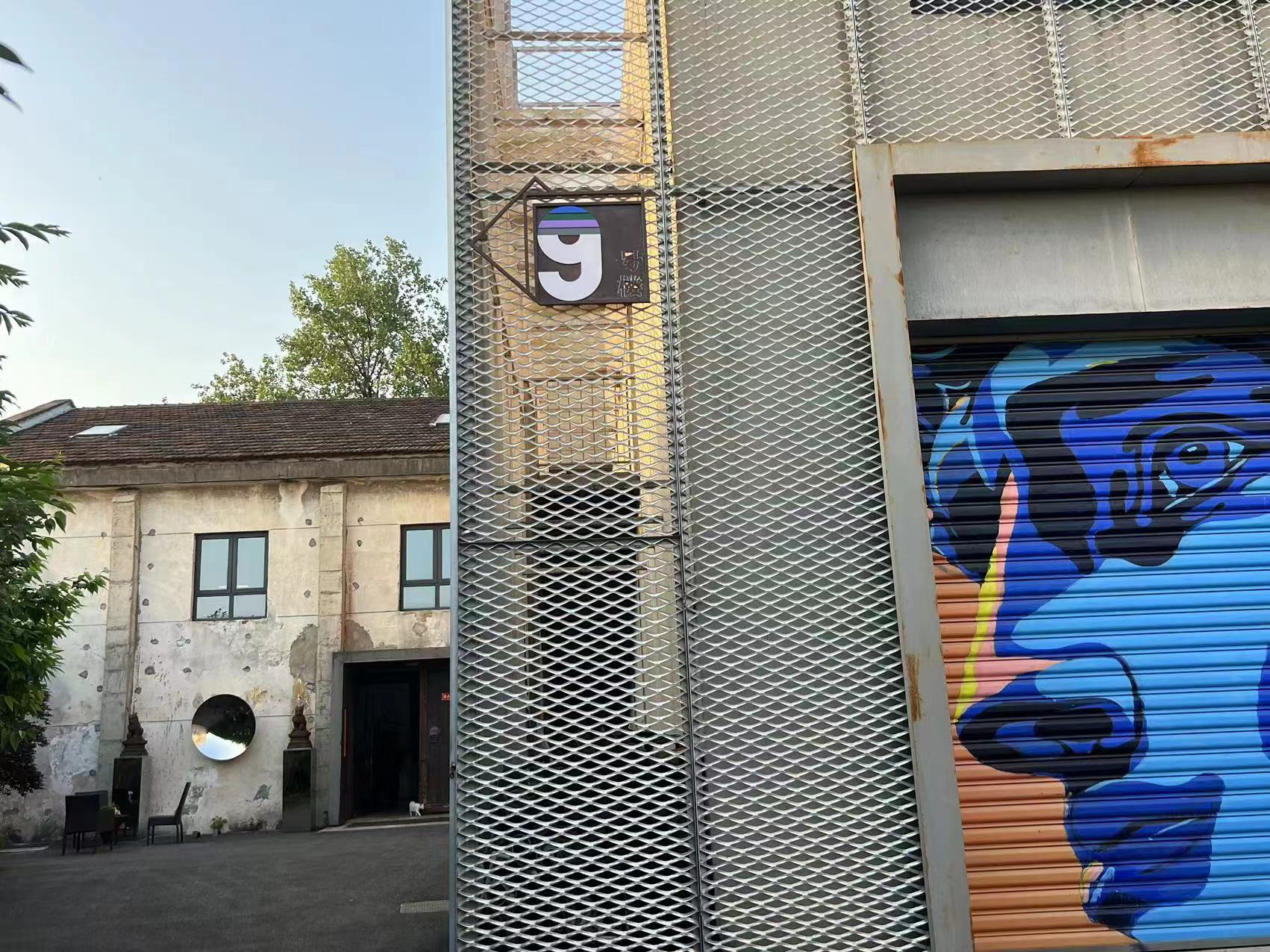

Zhejiang Academy of Fine Arts · Jiangdi Art Park has a friendly cooperation with the Tasmania Chinese Contemporary Art Association, mutually supporting artistic activities. Starting from 2024, the art park will serve as the Hangzhou art cooperation partner of the Tasmania Chinese Contemporary Art Association, Australia, hosting Australian artists for artistic activities in Hangzhou and serving as one of the residency bases for Australian artists.



Address: Fuchun River Art Park, Lingqiao Town, Fuyang District, Hangzhou City, Zhejiang Province, China Postal Code: 311418

Yi Space Contemporary Art Center
A3-4-101, Phoenix Creative International, Zhuantang Street, Xihu District, Hangzhou, Zhejiang Province
Yi Space Contemporary Art Center is located in the Phoenix Creative Park in Xiangshan, Hangzhou, China. It frequently hosts exhibitions and events featuring works by artists from the China Academy of Art. In the future, it will collaborate with the Tasmania Chinese Contemporary Art Association of Australia for art exhibition exchanges.
In May 2024, Wu Xingming, Vice President of the Tasmania Chinese Contemporary Art Association of Australia, visited the Phoenix Creative Park near the Xiangshan campus of the China Academy of Art in Hangzhou, China. He had an in-depth exchange with Zheng Chao, the director of Yi Space Contemporary Art Center. They reached amicable agreements on art project collaborations, exhibitions of artworks created during China-Australia artist residencies, and the possibility of future international exhibitions featuring Chinese and Australian artists. They discussed the prospect of exhibiting artworks by resident artists introduced to China through the Tasmania Chinese Contemporary Art Association at the Yi Space Contemporary Art Center.
The Tasmania Chinese Contemporary Art Association hereby introduces our new exhibition partner in Hangzhou, China - Yi Space Contemporary Art Center.
Yi Space Contemporary Art Center was established in Hangzhou in 2020. It integrates into the contemporary art world with a fresh approach, dedicated to discovering and promoting high-quality artists and art projects. The space aims to transcend conventional boundaries, offering the public professional artistic perspectives and aesthetic values, building a smooth bridge between art and the public.
The space is located in the Phoenix International Creative Park in Xihu District, covering an area of about 650 square meters. The building was originally a cement factory from the 1970s, later redesigned and renovated. It is now an independent art space that combines academic exhibitions, public projects, art research, and art derivative promotion. "Yi" is an alternative form of the Chinese character for "one". Named "Yi", the space embodies more dimensional possibilities and a higher sense of mission.










https://www.museumofartpd.org.cn/en/about
Located at the heart of Xiao Lujiazui, Museum of Art Pudong (MAP) broke ground on September 26, 2017 and opened to the public in July, 2021.
Invested, built, and managed by the Lujiazui Group and designed by Ateliers Jean Nouvel (AJN), MAP is primarily set out to present world-class exhibitions to its audience as well as showcasing domestic artists. The four major functions of MAP include: to hold exhibitions, to promote art education, to develop cultural merchandises, and to advocate for international exchange. MAP aims to become a new cultural landmark of Shanghai and an important platform for international cultural exchange.
2024-04-23 - 2024-09-01

About the Exhibition
Ages of Splendor: A History of Spain in the Museo del Prado, co-organized by Museo Nacional del Prado and Museum of Art Pudong (MAP), opens to the public on April 23, 2024. The exhibition marks the largest presentation of Museo del Prado's collection in China in terms of scale. It is also one-of-a-kind in terms of content, as MAP stands to be the only institution in the whole world to hold this special project. The exhibition runs through September 1, 2024.
The exhibition features a selection of 70 masterpieces from the collection of Museo del Prado, among which 16 pieces have never been on view outside of Spain, and 9 have never been loaned out from the museum before. Over half of the works are shown for the very first time in Asia. Spanning from the 16th to 20th centuries, Ages of Splendorputs on view masterpieces by nearly 50 remarkable artists in the history of European art, including works by Titian, Veronés, El Greco, Rubens, Zurbarán, Velázquez, Murillo, Ribera, Goya, Fortuny and Sorolla.
Structured around different accounts, the exhibition consists of one special section entitled "In Focus" and 10 complementary themed rooms. "In Focus" features one of the most significant works of Museo del Prado – the Prado's Mona Lisa, which is believed to be the earliest known studio copy of Leonardo's masterpiece. Complemented by multimedia installations and archival materials, "In Focus" sheds light on the intricate interconnections between the Prado's Mona Lisa and the original at the Louvre. Through the 10 complementary themes such as "The Celebrations in the Spanish Court", "The Nobility, the Bourgeoisie and the Royalty in the Spanish Territories", "Thought and Spirituality", "Sacred Images as Everyday Images" and "The Beauty of Everyday Objects: The Still Life", visitors are introduced to Spain's social, political and historical evolution over nearly 500 years, from the reign of Charles V to the start of the 20th century. There is also a particular focus on the evolution of specific artistic genres such as mythology, dwarf, still life and religious painting, each of them the subject of specific rooms, of which the space devoted to mythology is particularly striking as it evokes the "Sala Reservada" (private room) that existed in the Prado during its early years. It's also worth noting that there are in total 8 masterpieces by Goya on view, making him the artist with the largest number of works in this exhibition.
Ages of Splendor: A History of Spain in the Museo del Prado is produced by Shanghai Lujiazui Development (Group) Company Limited, and co-organized by Museo Nacional del Prado and Museum of Art Pudong. The exhibition is curated by Dr. Pedro J. Martínez Plaza from 19th Century Painting Conservation Area at the Museo del Prado.


Get more information, please link to https://www.museumofartpd.org.cn/en/index
2024-02-02 - 2024-08-31
About the National Galleries of Scotland
We are the National Galleries of Scotland and our three Edinburgh galleries are the National, Modern and Portrait. We house and look after Scotland's amazing world-class art collection. Step inside and explore treasures from Botticelli and Titian to the very best modern art to contemporary portraits of pop culture icons. And, as you'd expect, the world's greatest collection of Scottish art.
We're a space for thinking, dreaming, doing and playing. Soak up the art. Meet friends in the cafés. Have a family picnic surrounded by the sculptures in the Modern grounds. Be inspired by our amazing art films. Choose your own experience. There is no one way to enjoy Scotland's national collection. We are yours to discover.

About the Exhibition
2024 marks the 100th anniversary of the publication of the Surrealist Manifesto, written by poet André Breton. Fantastic Visions: 100 Years of Surrealism from the National Galleries of Scotland, organized by Museum of Art Pudong (MAP) with the National Galleries of Scotland, will open to the public on February 2, 2024.
This exhibition, drawn entirely from the collection of the National Galleries of Scotland, contains over 100 major works by over 50 artists, including some of the world's most important surrealists like Salvador Dalí, René Magritte, Max Ernst, Joan Miró, Leonora Carrington, and Dorothea Tanning. All the artworks on display, ranging from painting, sculpture, frottage, collage, photography, manuscripts, and books, are presented in China for the first time.
Taking a journey through the history of the Surrealist movement, the exhibition guides the audience from its early origins to the centennial celebration. Divided into three sections, Fantastic Visions presents vivid pictures of the development of Surrealism throughout the 20th century. Moreover, on the 4th floor of the museum, there's a specially designed area for visitors to further interact with Surrealism and take fun pictures.
Surrealism, one of the most influential art movements of the 20th century, is known for unleashing imagination and unconventional means of expression. The fantastic visions it presented have had a profound and far-reaching impact on later generations of artists and cultures worldwide. The rise in Surrealism was a response to the horrors of war, and the ongoing threats presented by the modern world. Artists resorted to psychic automatism, emphasizing the importance of the subconscious mind in artistic creation. Inspired by the psychoanalytic writings of Sigmund Freud, Surrealist artists gave up conventional techniques and explored the subconscious. More than a resistance to conformity in the field of art, it also evoked revolutionary resonance in the wider cultural scenes. Dada and Surrealism laid a foundation for later emerging movements such as Abstract Expressionism and Pop Art. The developments of Surrealism expanded the boundaries for artistic creation, as its anti-rational attitude not only formed a profound metaphor of reality, but also enabled interpenetration between illusion and reality.
The exhibition is produced by Shanghai Lujiazui Development (Group) Co., Ltd., and co-organized by the Museum of Art Pudong and the National Galleries of Scotland.

Lobster Telephone | Salvador Dalí (1904–1989) and Edward James (1907–1984) | Lobster Telephone, 1938
Painted plaster and Bakelite telephone | Purchased through the Henry and Sula Walton Fund, with assistance from the Art Fund 2018

Head of a Catalan Peasant | Joan Miró (1893–1983) | Head of a Catalan Peasant, 1925 | Oil on canvas | Purchased jointly with Tate, with the assistance of the Art Fund, 1999
Further more pictures please link to https://www.museumofartpd.org.cn/en/exhibitiondetail?id=149

21.10, 2024 From the City of Hangzhou
On October 17, 2024, with the support of various art institutions in Tasmania, the Tasmania-China Art Association successfully launched its annual one-month cultural exchange program, sending Tasmanian artists for a residency in Huangshan, China.
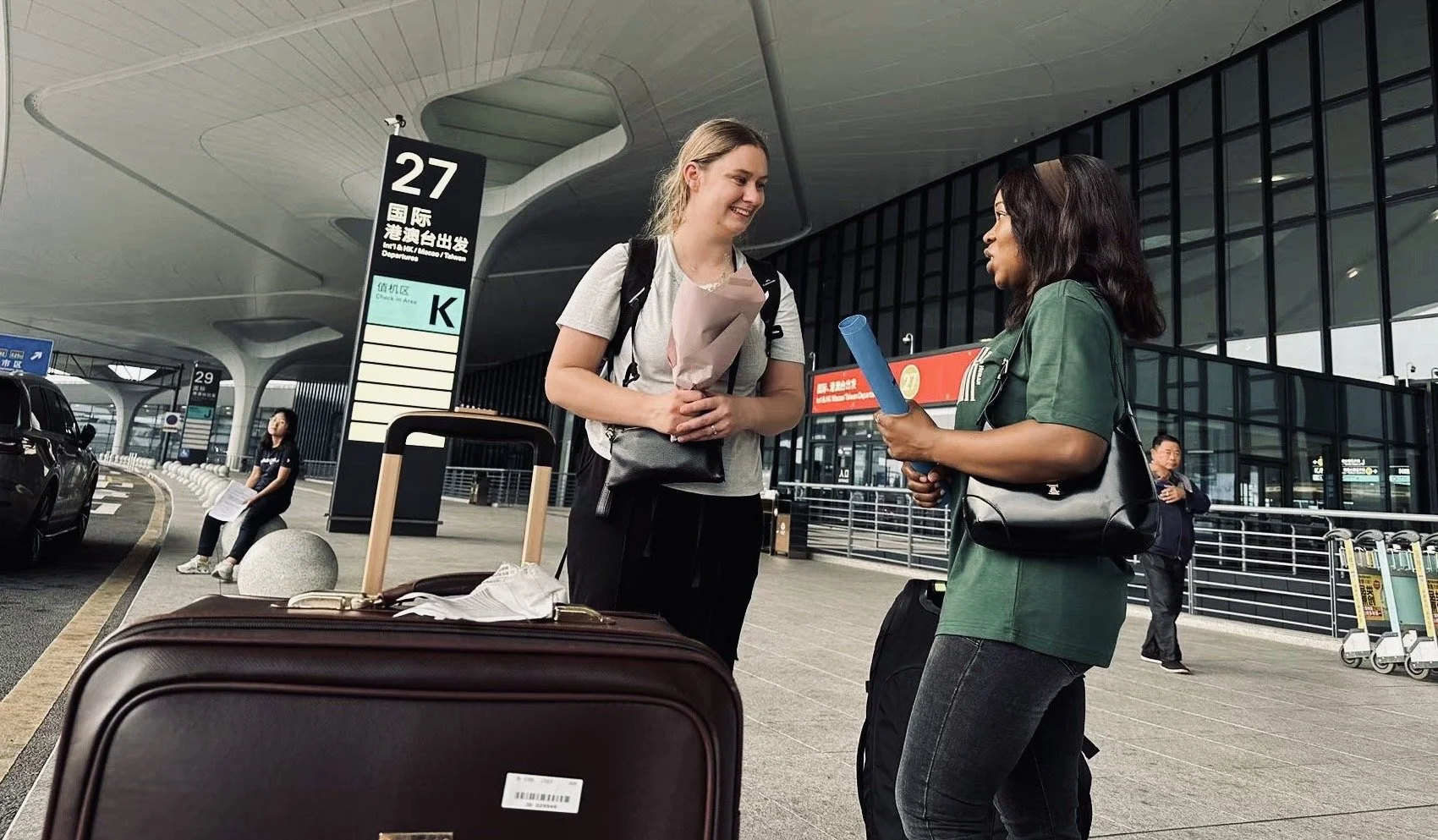
Hope Smith, the first Tasmanian artist to participate in this exchange to China, will be there from October 17 to November 16. She will spend half a month at the Jiangdi Art Park in Hangzhou, followed by half a month at the Huangshan base, and will also make a 3-day visit to the Longyou Art Base. During this time, she will visit the China Academy of Art.

On October 17, when Hope Smith arrived at Hangzhou Xiaoshan International Airport, staff from the Hangzhou Art Base greeted her and successfully arranged her living and creative spaces.
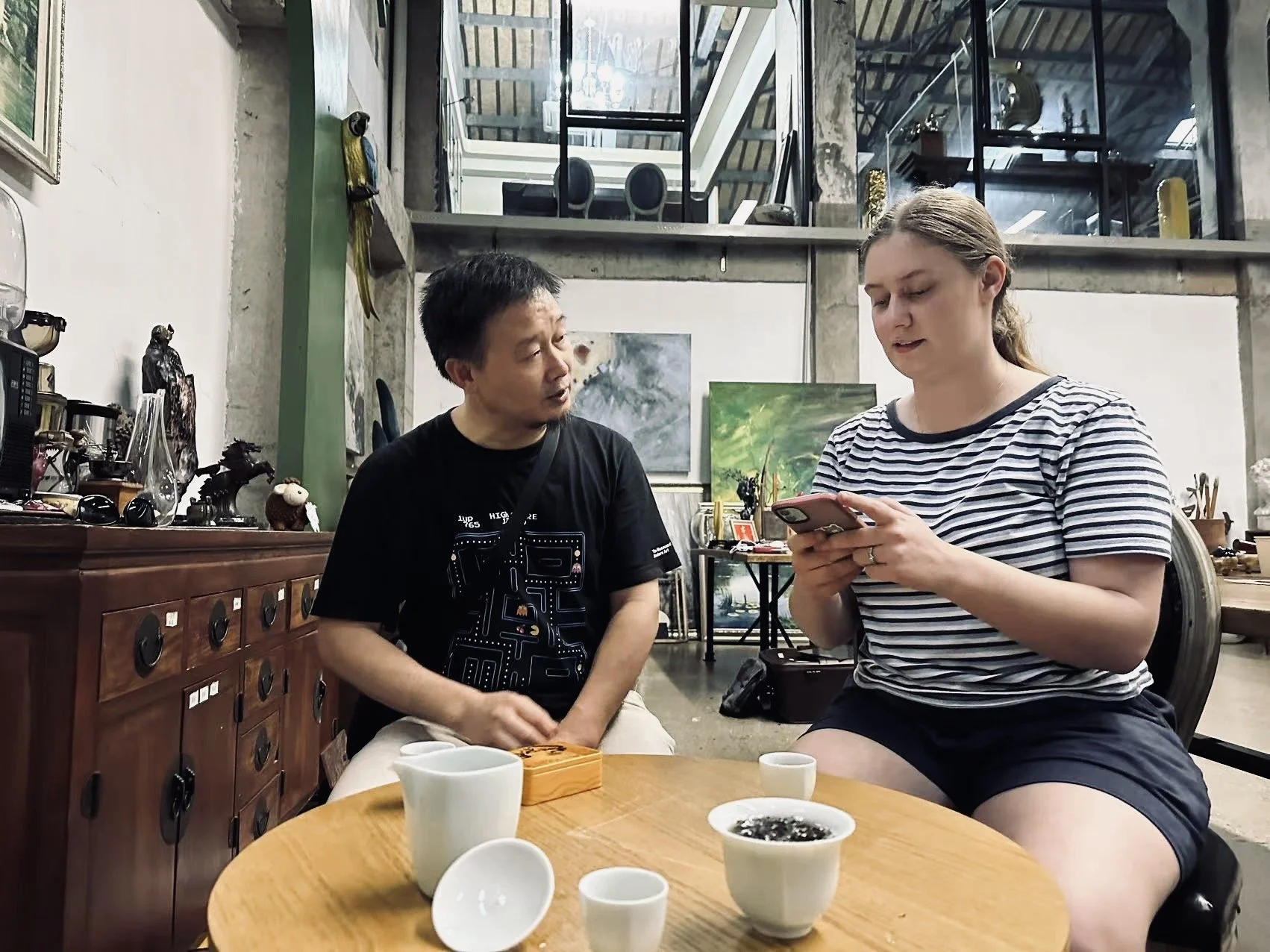



October 22, 2024 | Hangzhou

The 18th Hangzhou Cultural and Creative Industry Expo was held at the White Horse Lake International Exhibition Center in Hangzhou, the capital city of Zhejiang Province. Hope Smith happened to be here during the expo, so we attended together. The expo, held annually, attracted several European countries to showcase their creative arts and cultural products. There were design works from London College of Arts, exhibits from Hungary and France, and the Taiwan region also presented impressive creative products and artworks.




This year's expo featured the HIF2024 Hangzhou Illustration Art Exhibition, 2024 Hangzhou International Craft Week, International Pop Art Design Exhibition, and China-France Theater Exchange activities. Many Chinese traditional cultural elements were well-incorporated into the design products. The exhibits showcased both traditional Chinese cultural elements and innovative high-tech applications, such as using advanced 3D scanning to replicate traditional cultural relics.


Due to the large venue, numerous activities, and crowds of visitors in the exhibition hall, Ms. Hope Smith and we quickly toured the expo together, gaining unique cultural insights and learning a great deal.
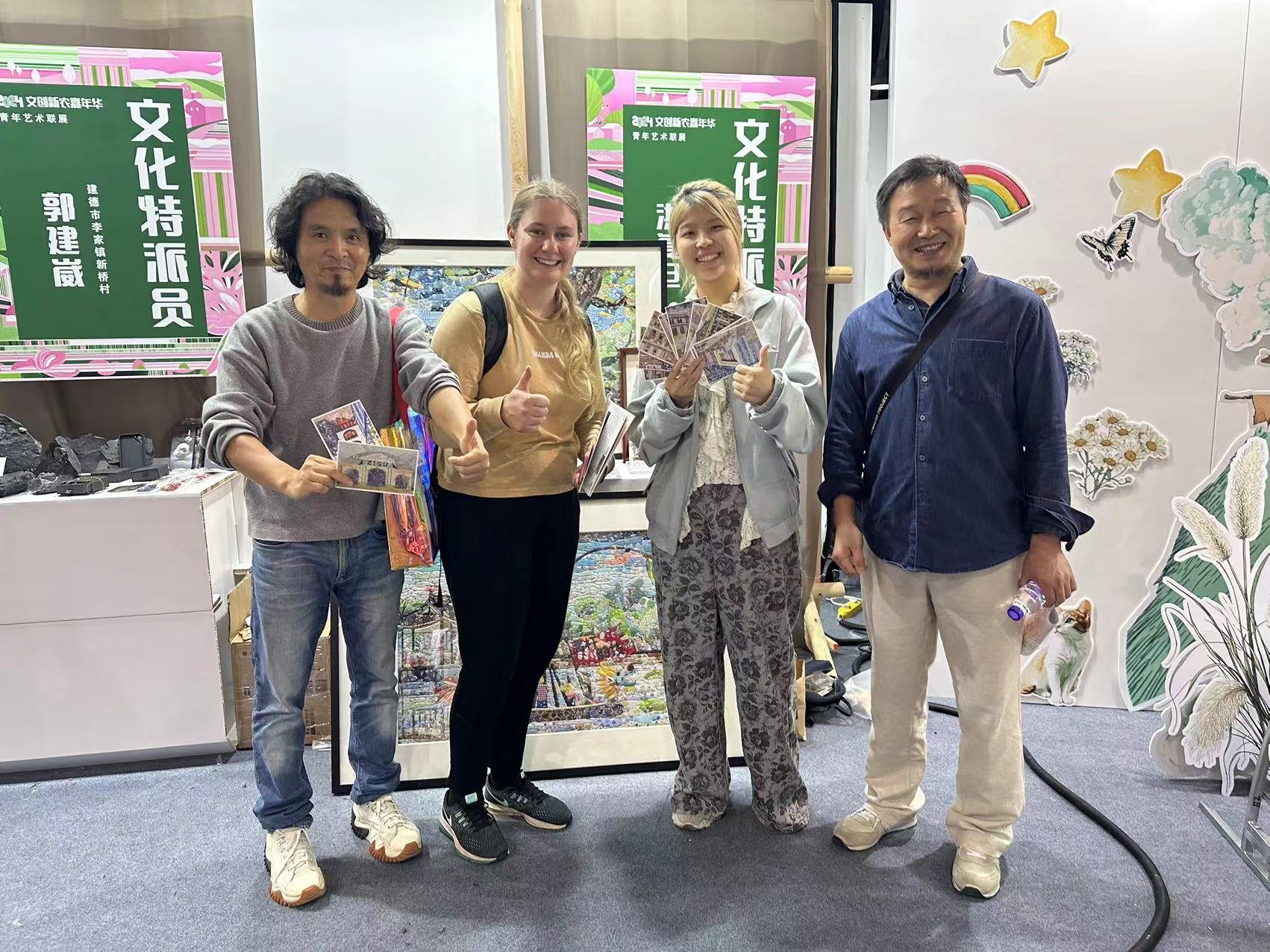

In the coming days, we will visit the China Academy of Art, Huangshan Mountain, and various other locations to experience China's exotic culture.


As November approaches, the global art calendar turns to "Shanghai Time." From November 7th to 11th, 2024, the 6th Shanghai International Art Trade Week invites you to experience the endless charm of "Global Art Scene · Art Shanghai."
This year's Shanghai International Art Trade Week features over 100 art events, presenting five major art fairs and the 7th CIIE's Cultural Relics and Artworks Section. Through citywide integration of "Art + Commerce + Tourism," "Art West Bund," "Art Bund," "Art Suhe Creek," and "Art Pudong" will jointly showcase and unlock cultural tourism consumption potential.

Five Major Art Fairs + One Special Section
Gathering global art resources, this trade week encompasses five key art fairs.
The 11th West Bund Art & Design will welcome 170 top domestic and international galleries and art institutions from 23 countries and regions across 49 cities. The world's top ten galleries will collectively attend, making this the largest fair in terms of regional coverage, scale, and art value since its establishment.


Scene from West Bund Art & Design 2023
The 12th ART021 Shanghai Contemporary Art Fair will feature 125 galleries and special projects from 20 countries and regions across 43 cities, including 24 first-time participants bringing new artistic trends and experiences.

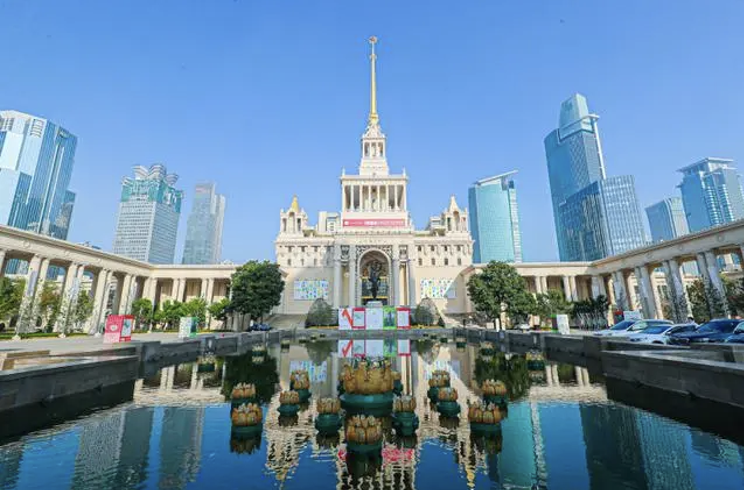
Scene from Previous ART021
The 10th Shanghai Young Art Fair will showcase works from over 150 young artists and introduce its first young curator program.

The YITIAO Online Art and Design Fair will present various artworks online, bringing a unique viewing experience to the trade week.
The 2nd Shanghai International Art Book Fair will feature five major sections: domestic publishing, international publishing, global museums, professional institutions, and art organizations.

At the 7th CIIE 2024, the Cultural Relics and Artworks Section will expand to 2,500 square meters, featuring premier global artworks and cultural relics.
West Bund Dome Art Center
The "2024 Bund International Art Festival" will cover 34 art venues and 57 exhibitions in the Bund area. The inaugural "Art Bund Terrace Art Season" will connect six riverside terraces in the Bund area for terrace consumption activities. Xintiandi Fashion launches the 2024 "Ran Ran" Art Season, offering interactive art journeys for citizens and tourists.
"Art Suhe Creek" will combine Jing'an Suhe's historical culture through art exhibitions, theater flash mobs, outdoor concerts, and corporate salons to create cultural tourism events and empower regional economic development.
In the "Art Pudong" area, Lujiazui Center will host "Ning Hao" themed activities including outdoor music chorals, outdoor parties, art workshops, and major exhibitions. The Front Bund will hold "2024 Taikoo Li Art Well Art Season" and "Front Bund Camping Festival" among other events.

New Ways to Experience Shanghai's Art Map This trade week introduces new ways to explore Shanghai's art map under the theme "In Shanghai, Art is a Lifestyle." It will unite theaters, performance spaces, art fairs, galleries, art museums, and museums citywide to launch the "Xiaohongshu Shanghai Art Sharing Program," packaging related information for citizens and tourists to convert "cultural tourism flow" into "consumption growth."
Showcasing Digital Era's Artistic Charm The "2024 Shanghai International Digital Music Week," AI "Art Bund Voice," Young Art Fair's "Art Spirit" virtual space exhibition, and the global premiere of "First Encounter of Civilization" Three-Body Contemporary Art Exhibition will all demonstrate the artistic charm of the digital era during the trade week.
The "Autumn Shanghai Fine Arts Season" will also present monthly activities from September to November, including "Amazing Art Night Tour," "Exhibition Theme Joint Tickets," and "Art Museum Development Conference," along with "Most Beautiful Poster" collection and selection, and art museum influence rankings.
On November 8th, the 9th Shanghai Dialogue Summit Forum, building a high-end global cultural industry exchange platform, will open simultaneously with the 2nd Shanghai International Art Book Fair at Shanghai Tower.
https://baijiahao.baidu.com/s?id=1813516804243218480&wfr=spider&for=pc

On November 1st, as Typhoon Connie approached, we departed from downtown Hangzhou towards She County in Anhui Province, the cultural homeland of southern Anhui's ancient Huizhou. The purpose of this trip was to explore the culture of ancient Huizhou. Ancient Huizhou has left behind numerous cultural treasures throughout Chinese history, including original rural landscapes with ancient residences, primarily architectural structures from the Ming and Qing dynasties.

Ancient City of HuiZhou, Huangshan, China

These feature distinctive architectural layouts and exquisite brick, wood, and stone carvings. The ancient Huizhou prefecture walls and memorial archways, along with three of the four traditional Chinese scholarly treasures still used today - ink sticks, inkstones, and Xuan paper - embody the profound civilization of the Ming and Qing dynasties. The area also includes Huangshan (Yellow Mountain), renowned as a UNESCO World Cultural and Natural Heritage site and Global Geopark.

Brick, wood, stone carving
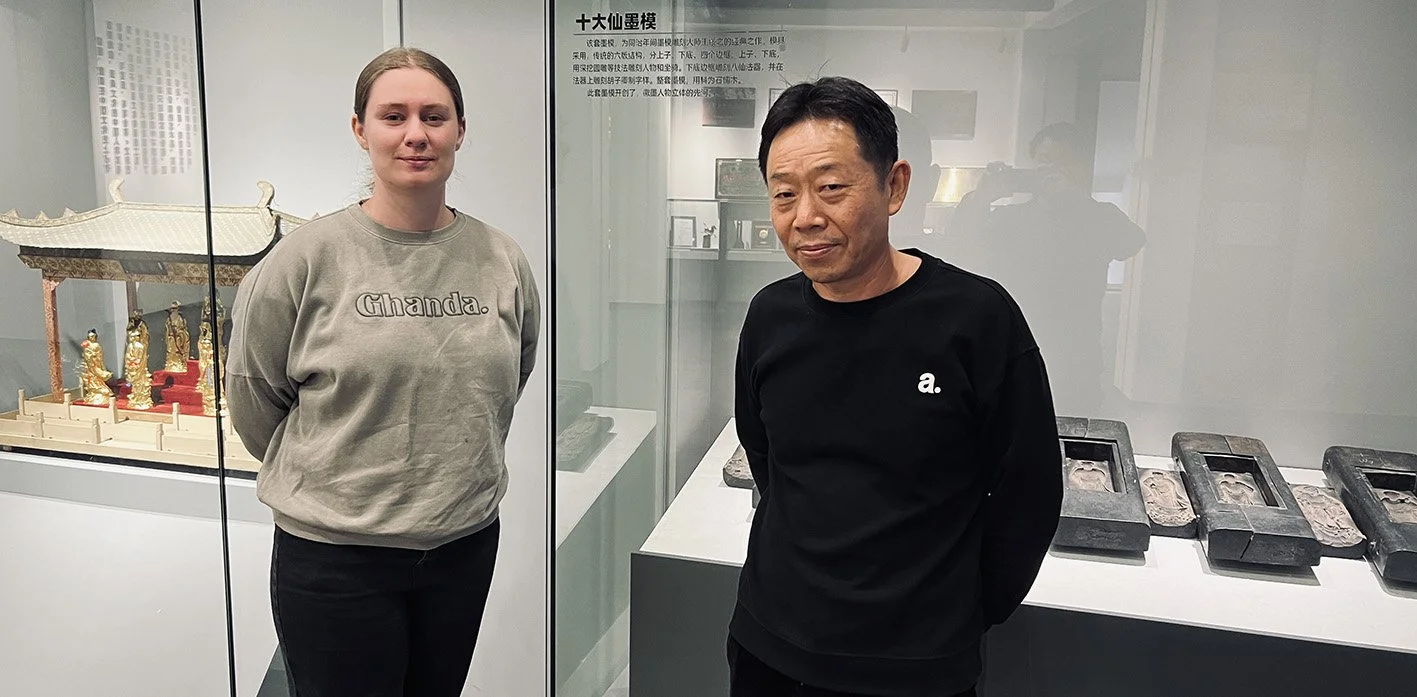
We visited the Old Hu Kaiwen Ink Factory in She County, famous in Japan and Korea for traditional Huizhou ink sticks and inkstones, where we observed the ink-making process and craftsmanship up close, gaining appreciation for the ancient ink makers' challenging work. We also watched the stone selection, carving, and finishing processes for inkstones. Hope particularly enjoyed this and purchased some items as souvenirs. For our third stop, we visited Master Pan's studio, a successor of Hui-style woodcarving, and engaged in discussions.
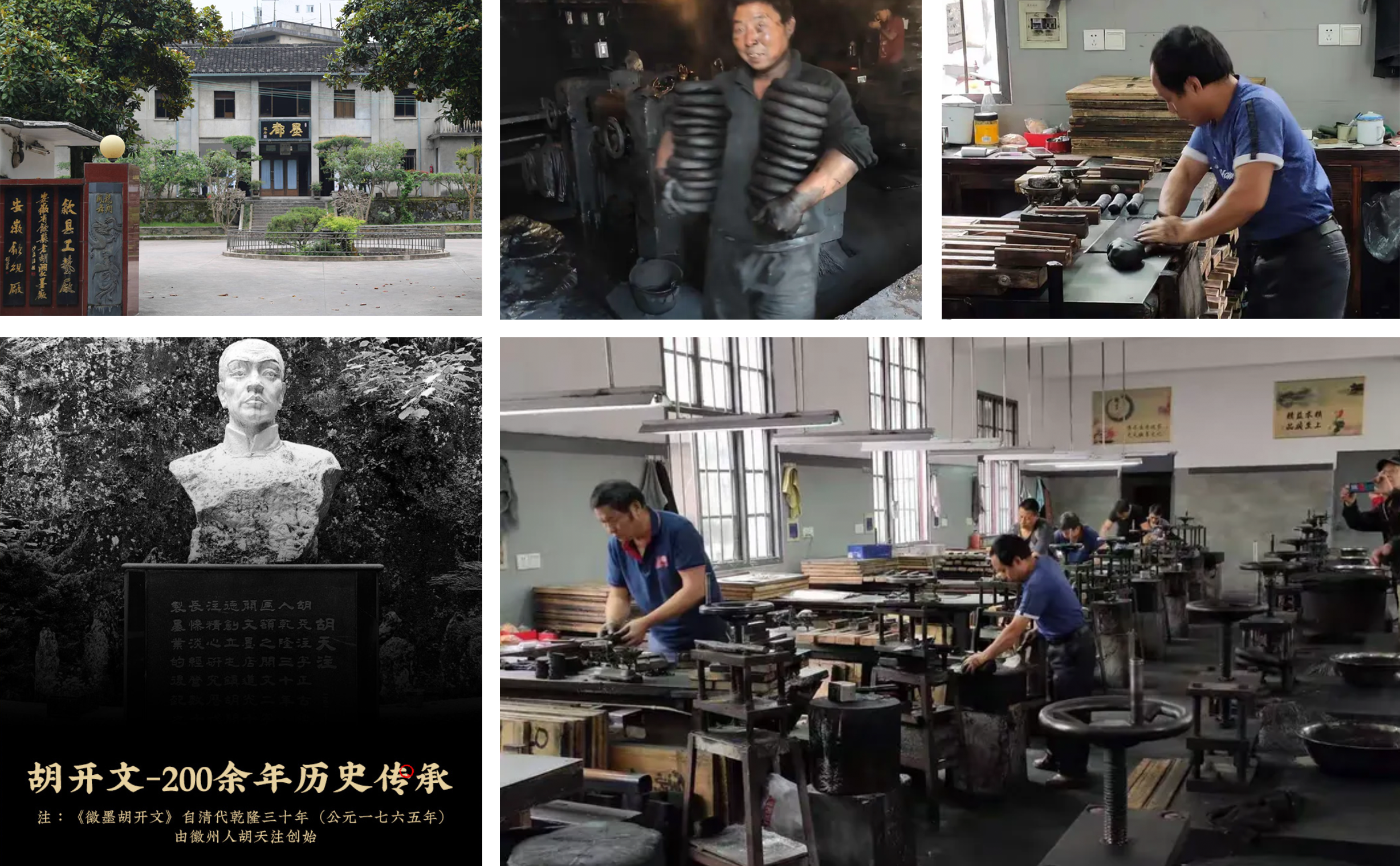
Old Hu Kaiwen Ink Factory in She County

ink stone and ink stick
During this trip, we traveled along the scenic Xin'an River and visited the Ming Dynasty ancestral hall of the Wu family in Changxi Ancient Town, She County. The ancient village, nestled quietly in the mountains, features massive wooden pillars and smooth, jade-like stone column bases, with magnificent hall spaces.
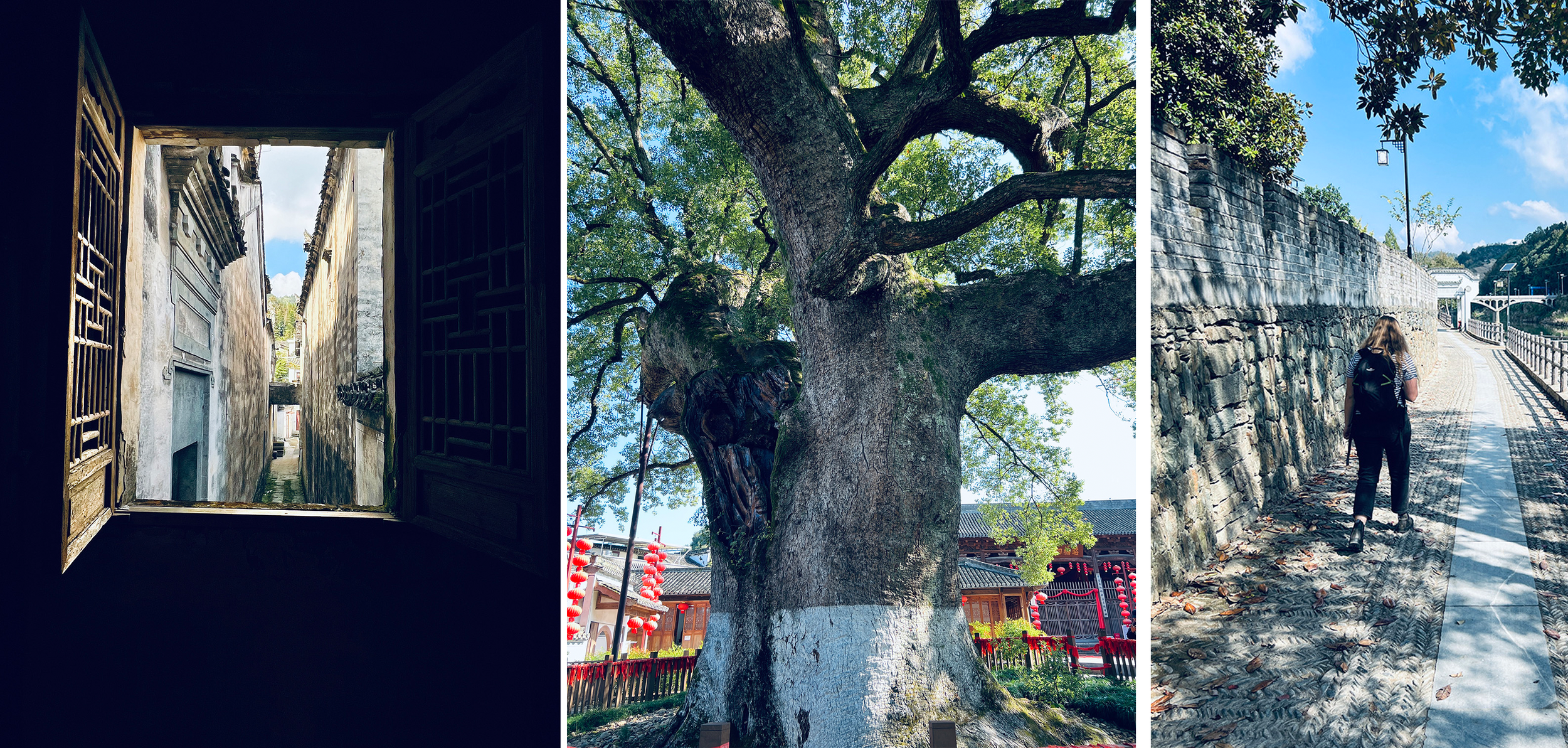
Changxi Ancient Town




Hui school wood carving
Our fourth stop was the Jingxian Xuan Paper Research Institute, where we had an in-depth exchange with Mr. Zhu Jianxin, an intangible cultural heritage inheritor and factory director. Director Zhu guided us through each production step, explaining and allowing me to test different papers with ink. We were impressed by the factory's tireless efforts in preserving and developing traditional Xuan paper craftsmanship, noting that they supply 70% of Japan's Abuzen paper, as well as paper for Palace Museum restoration and the Chinese Winter Olympics. We gained extensive knowledge about traditional Xuan paper craftsmanship, making the visit truly worthwhile.

Chinese rice paper factory in Jin county

Paper trial
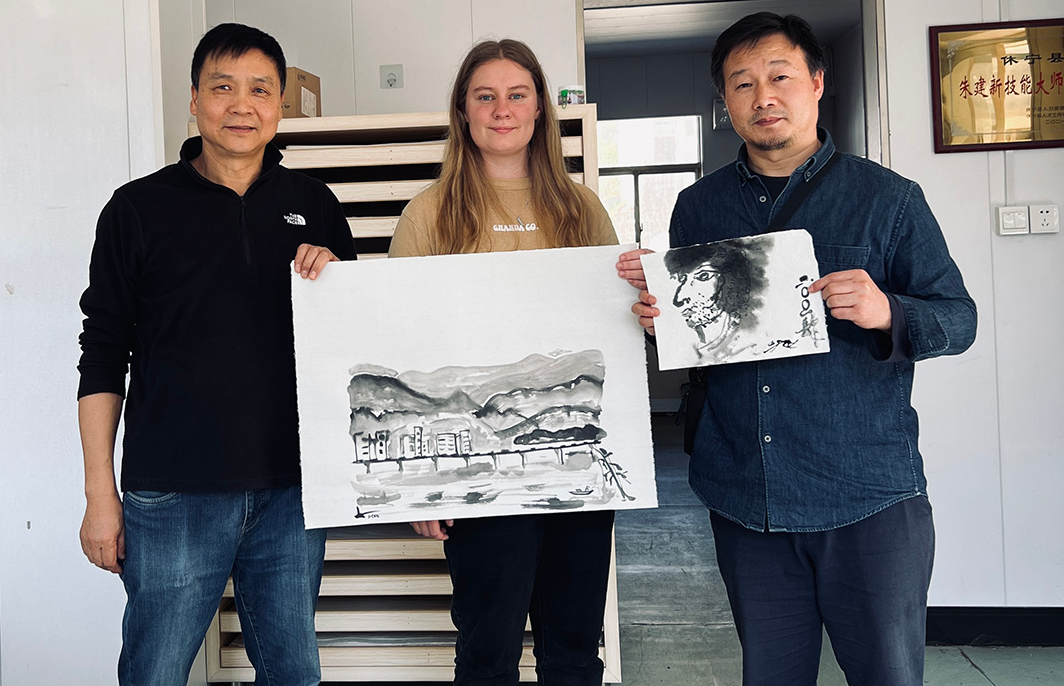
Works for paper trial
The final stop was the scenic Huangshan, where Hope could surely experience the characteristics and features of traditional Chinese art. Notably, on the way from the paper factory, she was already contemplating how to integrate this cultural art form with Western art. We look forward to seeing how these different civilizations, through artists' residency activities and deep experiential understanding, will ultimately bloom and bear fruit in artistic creation.
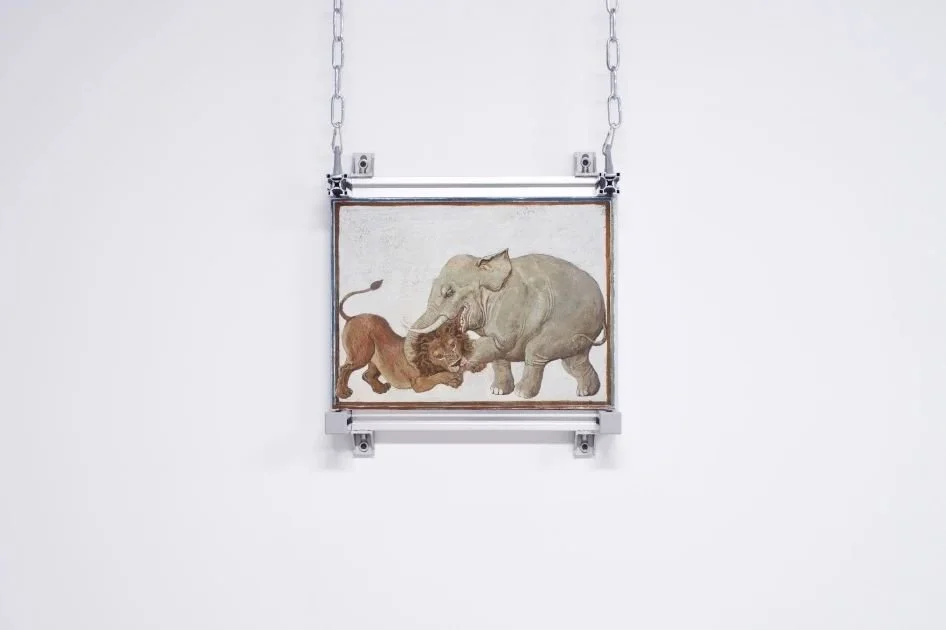
狮子搏象图 | 木板坦培拉 |29.5 x 40 cm 2024

About Artist
Born in July 1973 in Shenyang, Liaoning Province, Li Wendong graduated from the Department of Oil Painting at the China Academy of Art in 1997 with a bachelor's degree. He obtained a master's degree from the Department of Oil Painting at the Central Academy of Fine Arts in 2002. He currently teaches in the Mural Department of the School of Public Art at the China Academy of Art. Li Wendong's artistic creation is rooted in and reflects on the relationship between traditional imagery and the mirror of the real world. He juxtaposes numerous ancient scenes to construct a potential folded space concerning nomadism, struggle, and dreams, thus unfolding the narrative and imagination within his paintings.
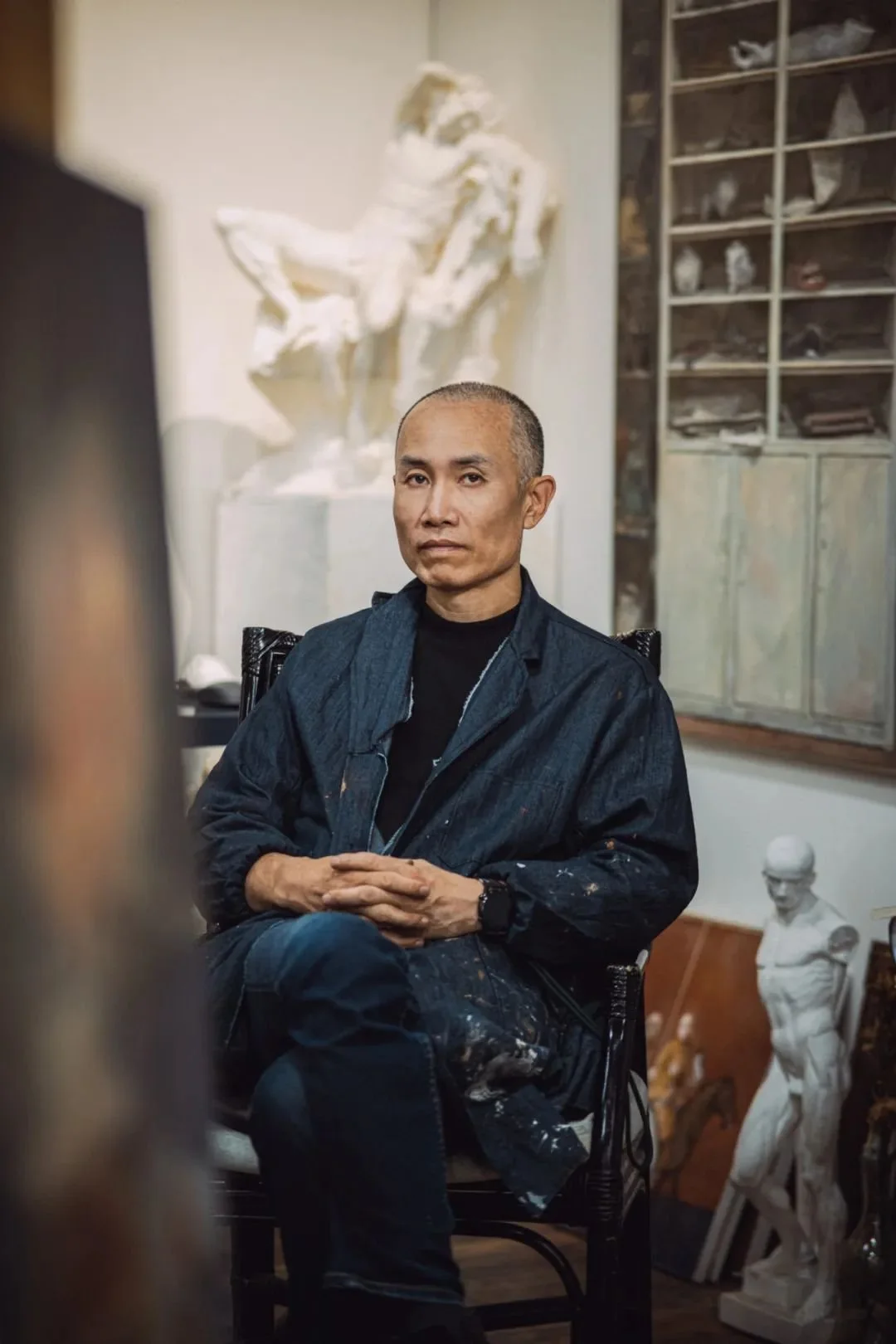
Artitst : Li Wendong
When we first met Li Wendong in the studio, he started discussing the recent online “debate” about his new painting. The discussion ranged from the felt hats worn by the figures to the style of their braids, and from the clothing styles in the painting to the specific historical time periods they corresponded to. Some of these comments he hadn’t noticed before and they became part of his creative thought process; however, some “flaws” seemed to be intentional on his part. In the early stages of his creation, he didn’t set a specific temporal or spatial context, and “precise reference” was not the focus of this new series (in contrast to his previous “Freudian” studies, which emphasized accurate human forms). It seems he was enjoying a series of associations sparked by this “displacement.”
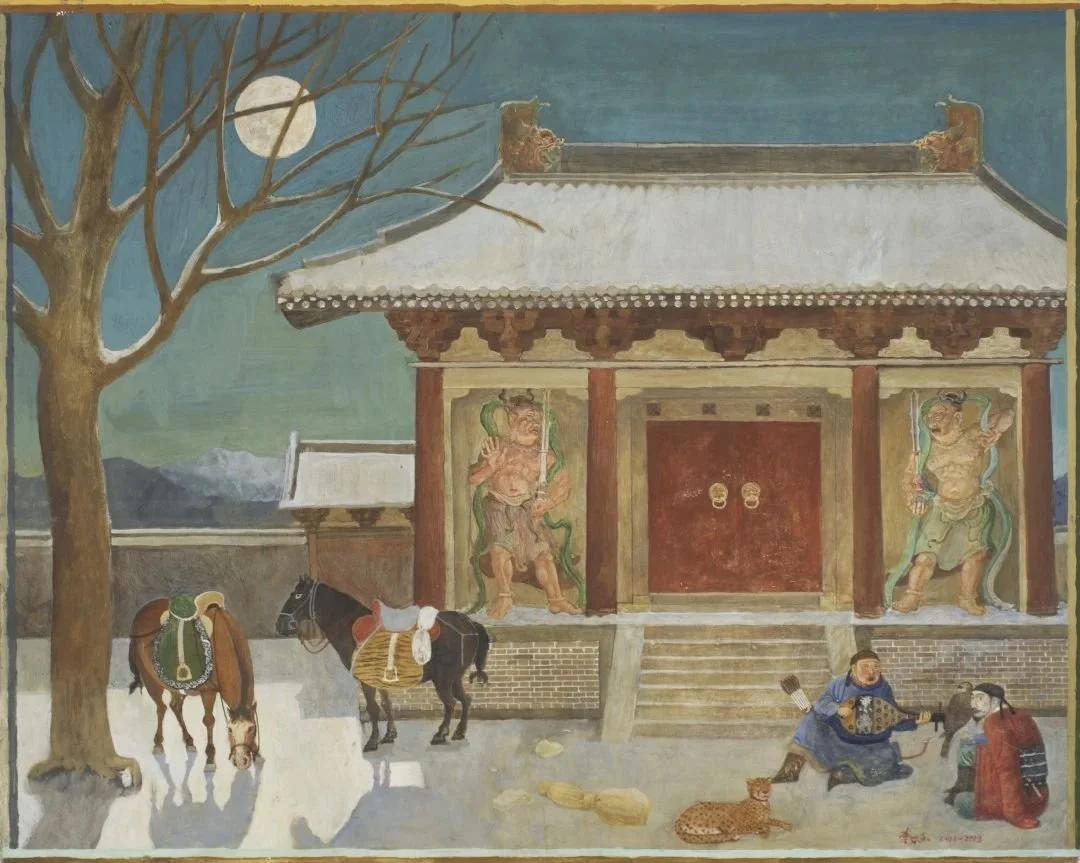
白夜图 | 木板坦培拉 | 80 x 100 cm 2022
This inspiration derived from “displacement” was likely influenced by illustrations in The Exploitation of Nature. Li Wendong realized that ancient paintings were not as old as he had imagined; rather, the illustrations of tools within them exuded a rich modern industrial atmosphere. In particular, the depictions of figures operating tools gave him a sense of being present, an experience that does not often appear in what we consider classics. This feeling narrowed the distance between him and the past, creating a kind of temporal displacement. Consequently, he began to paint the ancient people he imagined, envisioning how they lived. In his paintings, these ancient figures ride horses, hunt, and rest, following a predetermined way of life. Li Wendong places individual scenes together, as if creating a folded space, with these horse riders traversing the entire storyline, yet no one knows where they came from or where they are going.

夜行记 | 木板坦培拉 | 80 x 100 cm 2024
The “fantasy land” inhabited by these nomadic figures unexpectedly evokes the vague and frequently mentioned “Tartary” found on European maps during the Age of Exploration. Historically, “Tartary” referred to the vast regions once ruled by nomadic peoples, stretching from Siberia to Northeast China. Its geographical boundaries were unclear, interspersed with fantasies, fictional names, and erased texts, enduring to this day. As the claimants of that land have long shifted from East Asia to Central Asia and Eastern Europe, questions such as “Who are the Tartars?” and “Where is Tartary?” today yield answers that differ greatly from those of centuries past. This is not surprising, as its initial appearance was to project an elusive regional imagination onto a fluid geographical space, like ripples on a beach, absorbed as they emerge. For Li Wendong, the echo of “Tartary” in his paintings differs from traditional historical subject matter, as he does not aim to “reproduce” this land but to “create” another non-existent space. In the intertwining with “Tartary,” he points towards a specific spatial state through personal experience: if fantasy is a deviation from well-known reality, then this narrative space is essentially a fluid pseudo-reality—an array of associations triggered by displacement.
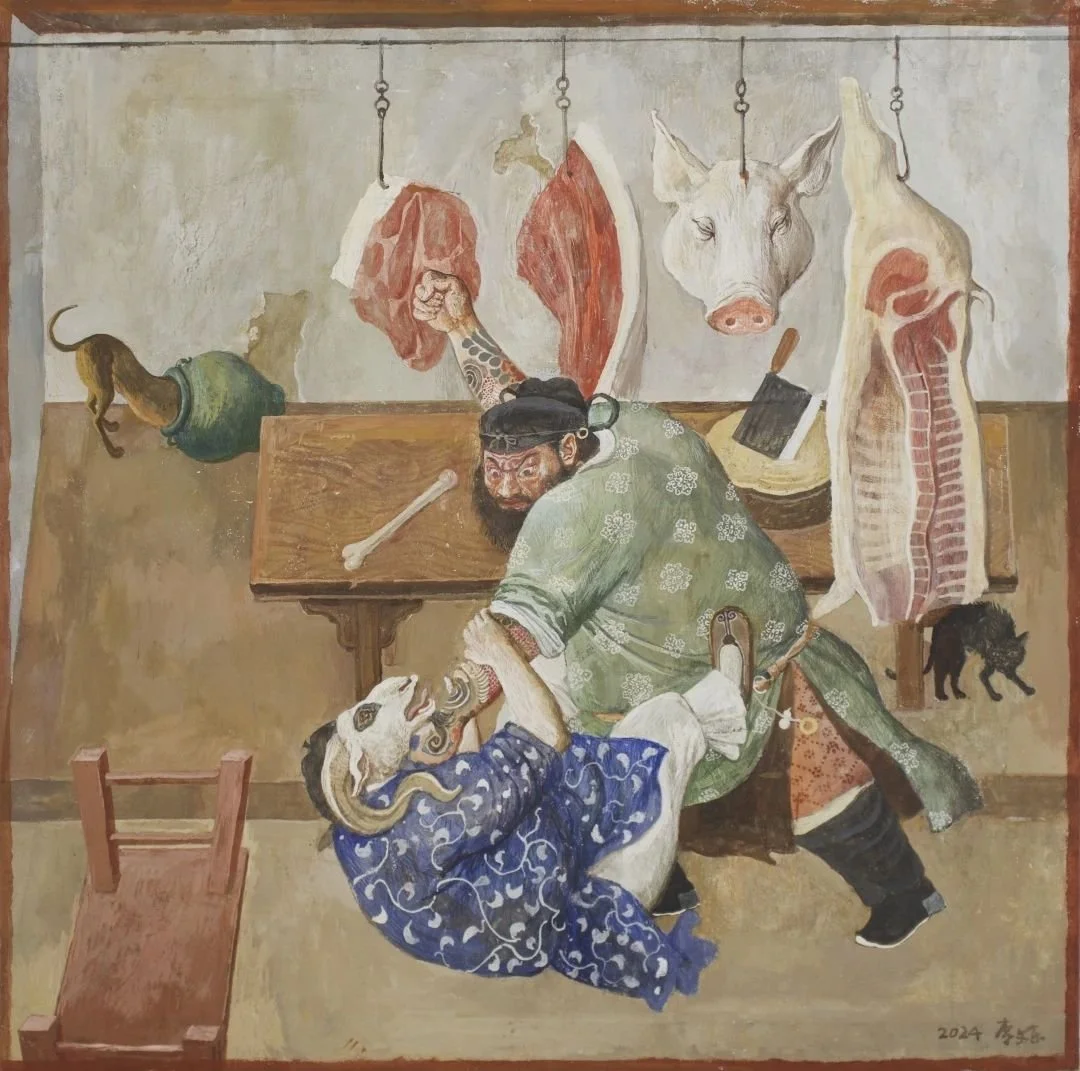
打拳图 | 木板坦培拉 | 80 x 80 cm 2024
Thus, the return to “Tartary” is no longer merely a physical displacement but presents “displacement” in the painting as a “writerly text” inviting readers to participate in constructing the narrative. At this point, the subject of “return” includes not only the author but also distant observers. It seems we have long been invited by Li Wendong to partake in this fictional nomadic life: dwelling according to the movement of water and grass, hunting tigers and deer with hounds and eagles, witnessing people maneuvering with their hounds and prey, with agile triangular formations escalating the atmosphere of danger. Yet, compared to these blood-pumping daytime action scenes, the brief respite of night seems to serve as a summoning ritual for entering this ancient land. Under the illumination of moonlight and fire, the tense relationships between the figures in the painting temporarily ease, with hounds lying on the ground and eagles perched on branches, while the daytime protagonists, the hunters, have disappeared from the center of the scene, perhaps reclining in a corner playing instruments, as if they already sensed the arrival of outsiders. Then, just like in the Ming Dynasty painting Night Sailing, people of different identities converse leisurely at night, and varied accounts circulate slowly through time, collecting into volumes. Each retelling extends into a new branch of story, pointing to that unknown, danger and opportunity filled “Tartary.”


At this point, I think returning to “Tartary” may merely be a mysterious summoning ritual, the precise answer of which has long blurred. However, the absence of answers is itself a kind of answer. We stroll with the ancient figures in Li Wendong's paintings across the boundless land, exploring many unknown realms, much like temptation—a blend of danger and pleasure.
Qian Ba
Convection gallery in Hangzhou. China


18, Nov. 2024

Yellow Mountain (Huang Shan), An Hui Province, China
As the one-month artist residency in China draws to a close, Hope Smith has gained various impressions during her stay. She experienced direct visual and spiritual impacts from a foreign culture, including jungle-like skyscrapers different from Tasmania's wilderness landscapes, endless flows of people and vehicles in the city, climate and humidity unlike Tasmania's, transportation arteries connected by ubiquitous tunnels and overpasses, beautiful night scenery with lights lining both sides of the Qiantang River, as well as countryside fields and old houses, and Huangshan's unique rocks, peculiar trees, peaks, and clouds and mist completely different from Tasmania's Cradle Mountain.

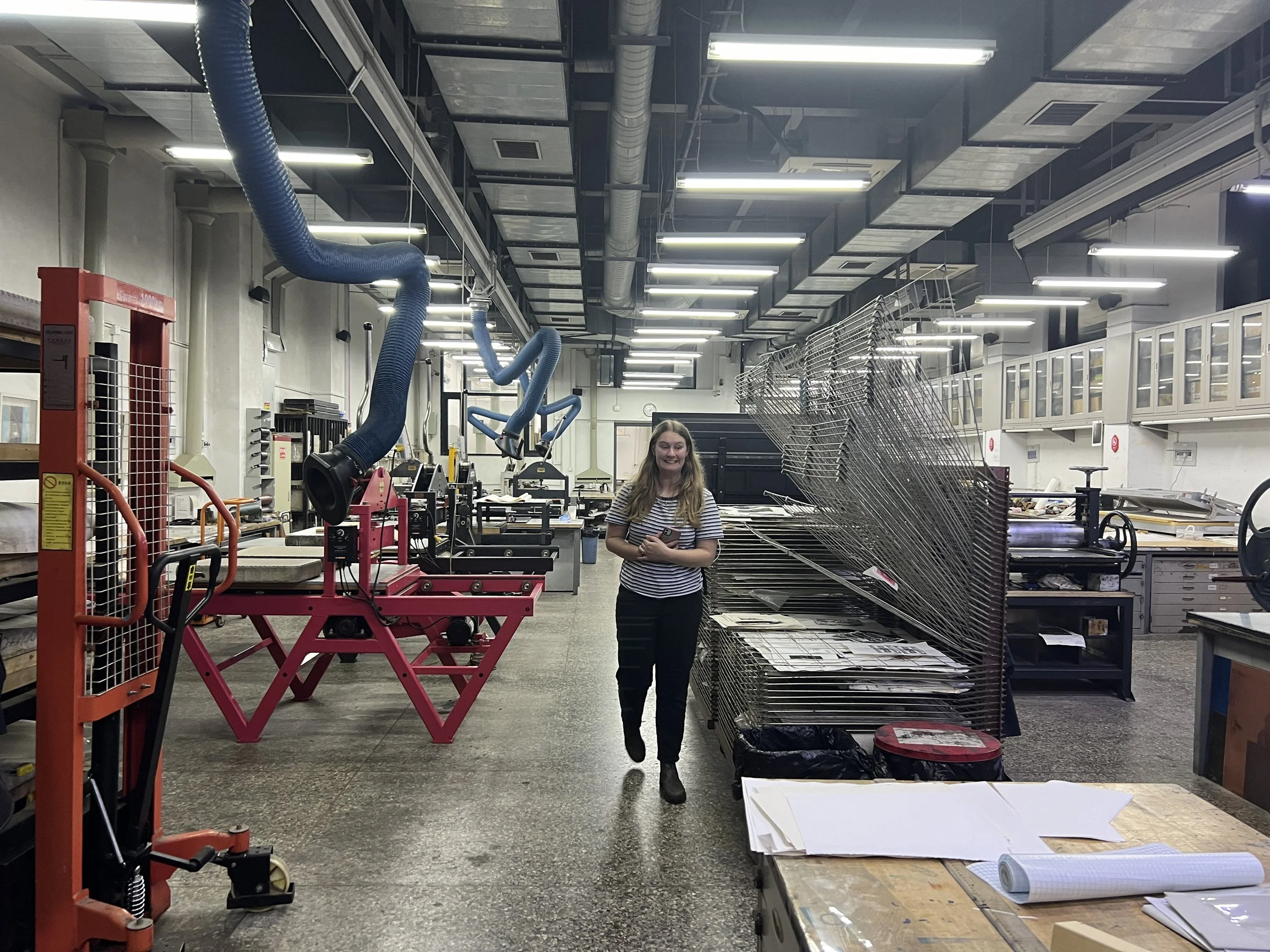
School of Print making of China Academy of Arts, Nanshan Campus in Hangzhou, China
During the final moments of this residency, we visited the Print Art College and Chinese Painting College of China Academy of Art, as well as the Exhibition of Prints by Teachers and Students of China Academy of Art and Musashino Art University at Zhejiang Art Museum. At the School of Print Making, we toured the copper plate, lithography, and screen printing studios. In the woodblock printing studio, we happened to meet Professor Zhang reviewing first-year students' rural sketching assignments. Hope expressed amazement at each student's sketchbook – the beautiful notebooks, covers, and sketching assignments. She watched students carving and printing woodblocks, lingering there for a long time. At the Chinese Painting College, students from different grades and disciplines studied landscape, figure, flower-and-bird painting, and calligraphy. Hope showed strong interest in a senior student's graduation project materials - silk painting, and engaged in discussion with the creator.

School of Chinese painting of China Academy of Arts, Nanshan Campus in Hangzhou, China
This visit also marked the approaching end of the artist's residency in China. Hope told me she wished she could have visited these places at the beginning. Indeed, as a printmaking artist, her regret made us realise the importance of communication. Every artist from different cultural backgrounds brings curiosity and creative inspiration to add different artistic nutrients to their works. It is precisely this desire that strengthens our association's determination to create more possibilities for international artistic exchange in the future.
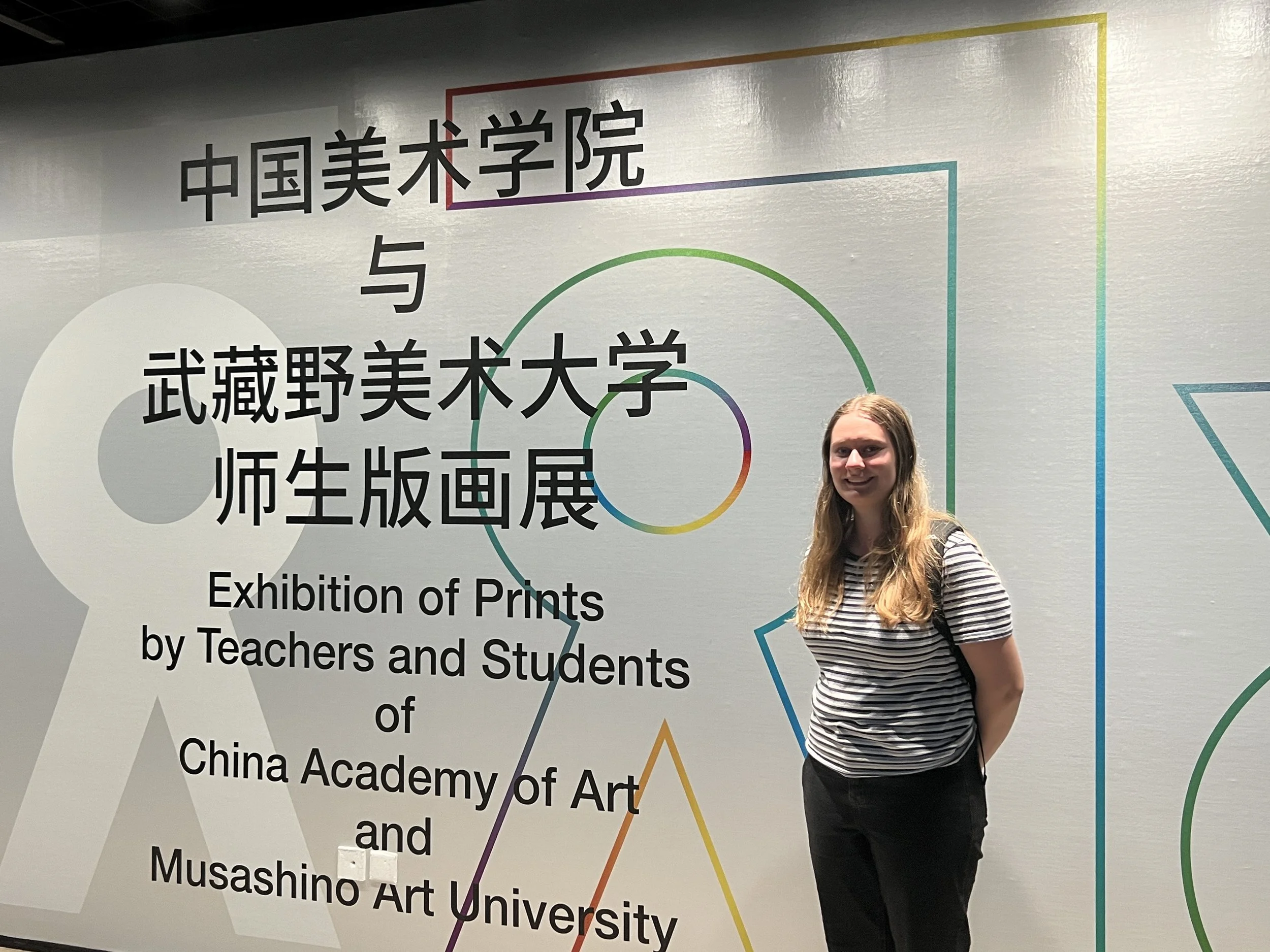
Zhejiang Art gallery in Hangzhou, China
This artist residency received strong support from the Zhejiang Academy of Fine Arts Jiangdi Art Park, great assistance from Huangshan Yongsheng Culture and Art Company, and support from the Print College of the School of Painting Art at China Academy of Art. We extend our special thanks and look forward to continued exchange and cooperation, contributing to the artistic exchange and development between China and Australia.

Mr Xu, artist and owner of the Art Park - Jiang Di art park in Hangzhou, China

Sculpture Studio in Jiang Di art park
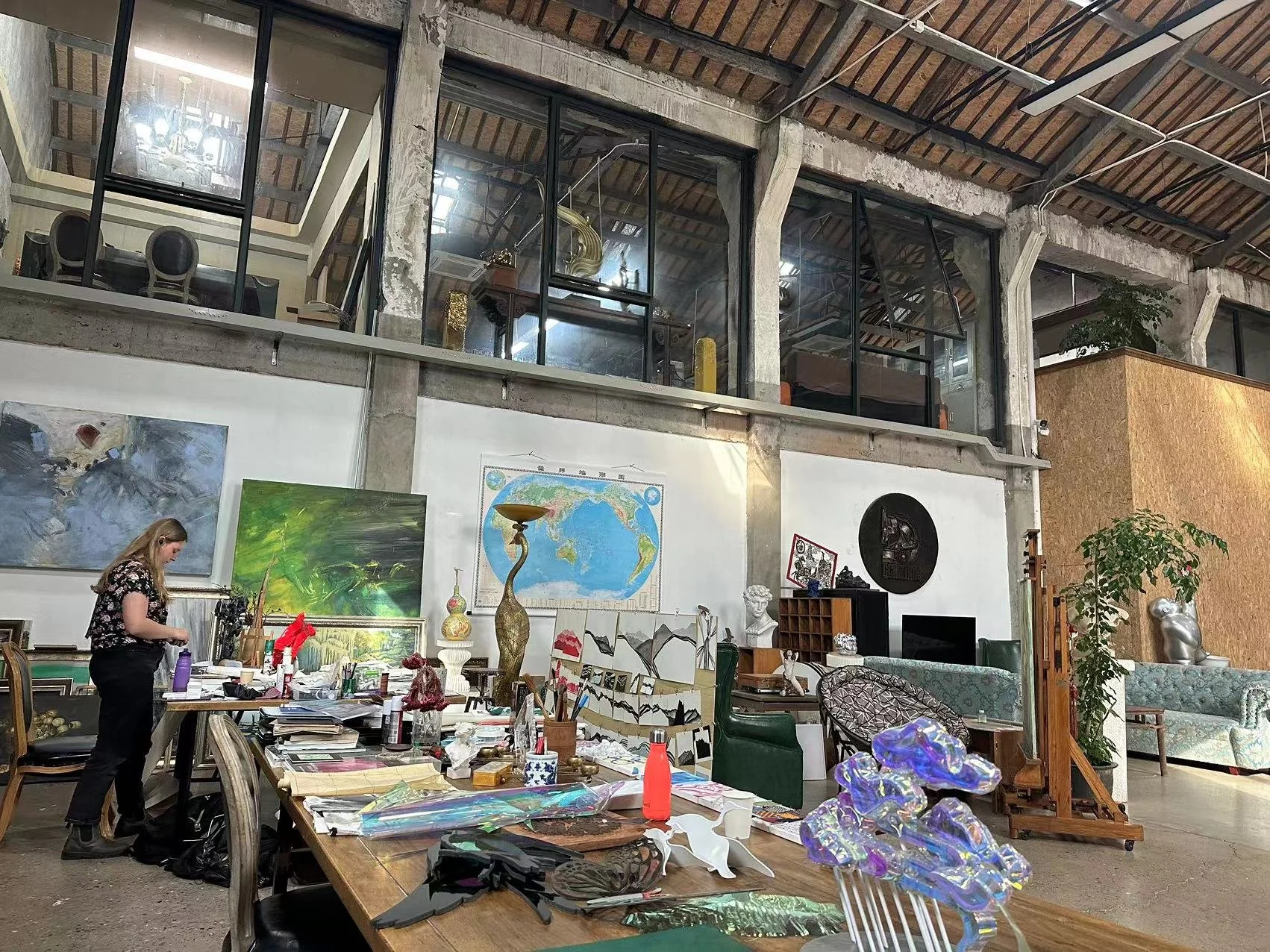
Work studio at Jiang Di Art Park
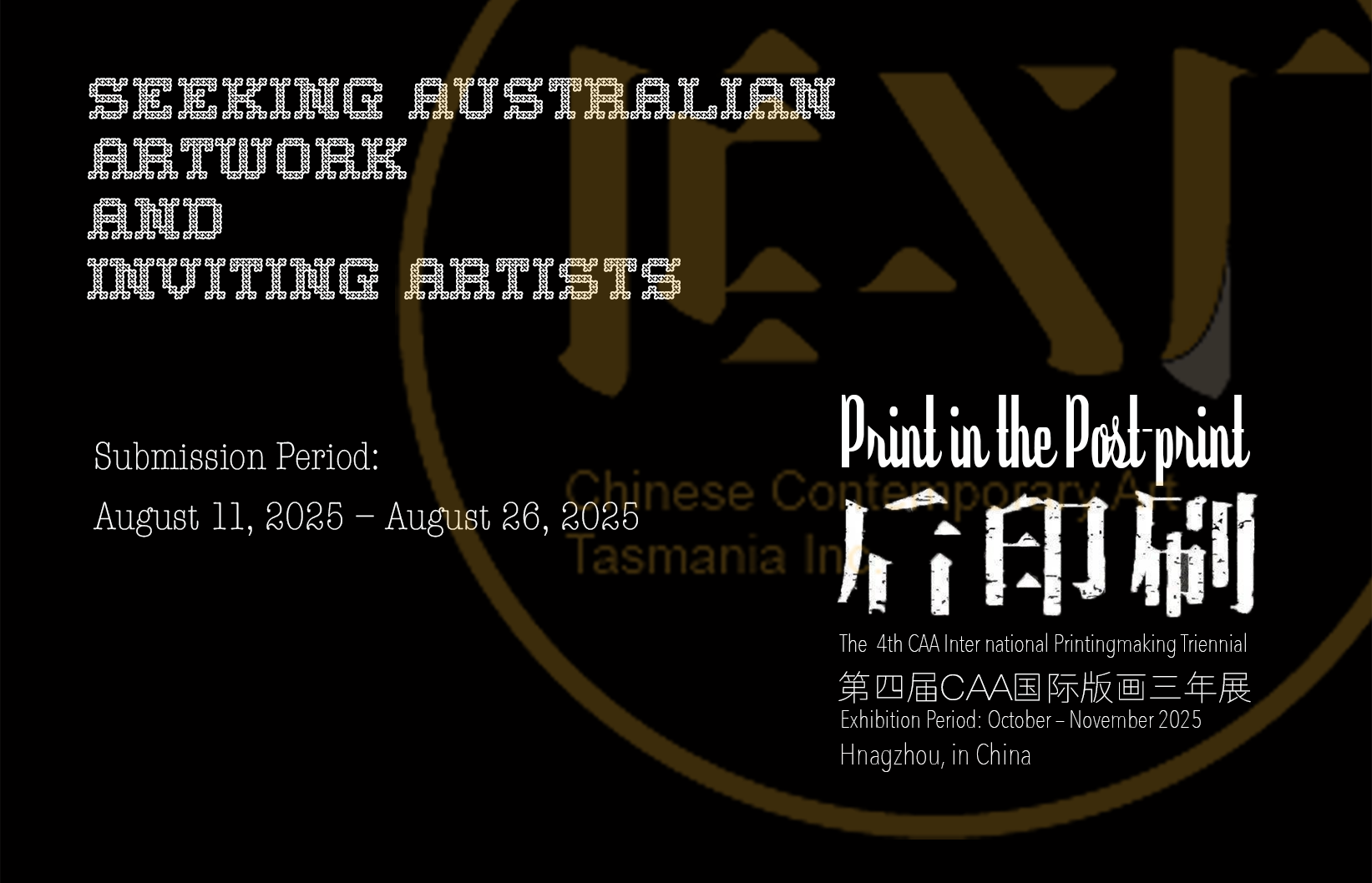
The Chinese Contemporary Art Tasmanian Inc (CCAT) has been commissioned by the Executive Committee of the "Post-Print" – 4th CAA International Printmaking Triennial to call for and invite submissions from all printmaking artists in Australia.
The Triennial is organized by the China Academy of Art (CAA). We are seeking artworks of a high artistic standard that are completed through printmaking. The Chinese Contemporary Art Tasmanian Inc will assist with and issue the invitations for the recommended Australian artists and their artworks.
This exhibition has been successfully held in Hangzhou, China, for three consecutive sessions. Renowned artists from countries like the UK, USA, France, and other European nations participate annually, making it an excellent opportunity to enhance an artist's international reputation and for their works to gain exposure.
The organizers will cover all costs related to the exhibition, including:
Door-to-door shipping for all artworks.
Full insurance coverage for the artworks during transit and the exhibition period.
All promotional materials for the exhibition. Artists are not required to personally contribute any funds.
The purpose of this exhibition is for art display, cultural exchange, promotion, and academic dialogue. The selected artworks will be used from August 15, 2025, to December 26, 2025.
Due to a tight schedule and limited spots, the deadline for submissions is August 30, 2025. If you are interested, please send your CV and a selection of your work to the contact person below.
Contact Person: Peter Wu
Email: yesiambaby@outlook.com

Report from Hangzhou, CAA | 17th October, 2025
Upon recommendation by the Contemporary Chinese Arts Tasmania Incorporated (CCATInc), two Tasmanian printmaking artists, Jan Hogan and Raymond Arnold, are participating in the "4th CAA Printmaking Triennial" held at the China Academy of Art Museum in Hangzhou, China, which officially opened on October 17, 2025.
This exhibition is divided into four chapters: "Classical and Romantic – The Prologue to Modernism", "Printmaking as a Historiography", "Medium of Interfluidity", and "Print of Being". The participating artists hail from all over the world, including the United States, the United Kingdom, Sweden, Ireland, and Japan.
Our association is the sole coordinator responsible for recommending Australian artists to participate in this Triennial. The fact that the works of these two participating artists were prominently placed by the organizers in key locations throughout the venue highlights the significant importance of their artwork in this exhibition. Congratulations to the two Tasmanian artists.
Our association will continue to recommend Australian artists for the upcoming "5th CAA Printmaking Triennial" and other art exhibitions at the China Academy of Art in China. We welcome you to contact us.
The media coverage of this exhibition is reposted here; a specific report on the artworks will follow.
https://mp.weixin.qq.com/s/81dNLCYmbhxlV7JU7xWe-Q
Preface
The CAA International Printmaking Exhibition, centered on the critical discourse of Post-Print, is an international printmaking project initiated in 2015 by the Printmaking Department team of the China Academy of Art (CAA), under the guidance and support of then-President Professor Xu Jiang. The inaugural edition was launched concurrently with the 9th IMPACT International Printmaking Conference, held at CAA-a conference whose very title, IMPACT, in the English context, evokes associations with “international”, “interdisciplinary”, “print”, “artist”, “concept”, and “technology”. Taking place in parallel with this globally significant academic event, the exhibition exerted a wide-reaching and lasting international influence. A full decade has now elapsed since its inception.
The present CAA International Printmaking Triennial, continuing its sustained inquiry into the notion of Post-Print, unfolds along a curatorial logic articulated through four conceptual trajectories: retracing tradition, reorienting thought, reconstructing medium, and recontextualizing locality.
In the section “Classic and Romantic — The Prelude to Modernism”, the exhibition presents The Liber Veritatis (Book of Truth) printed from the original copperplates by the seventeenth-century French artist Claude Lorrain, alongside original etchings by the eighteenth- to nineteenth-century British artist J. M. W. Turner. From Lorrain’s “ideal landscape” to Turner’s “emotional landscape”, this transition marks not merely a shift in modes of visual representation, but also signifies a transformation from the reproducible paradigm of the Baroque ideal landscape to the public image system of Romanticism. Lorrain’s Book of Truth embedded the notion of authorship within the process of reproduction itself, while Turner’s copperplate prints further advanced the concept by transforming reproduction as such into an act of artistic creation.This idea—that “reproduction is creation”—inspired subsequent developments in photography, the original print movement, and the modern concept of the “multiple original”. This notion of “reproduction as creation” inspired subsequent developments in photography, the original print movement, and even the modern concept of the “multiple original”. For instance, Impressionism, Symbolism, and the abstract art of the twentieth century each found within this theoretical legacy their own trajectories of inquiry and freedom.
In the section “Printmaking as a Historiography”, the exhibition focuses on works drawn from Universal Limited Art Editions (ULAE) in the United States and the LeRoy Neiman Center for Print Studies (LNCP) at Columbia University, presenting the experimental and conceptual achievements in printmaking by twenty-nine Western modern and contemporary artists active since the latter half of the twentieth century. These include works by significant figures such as Robert Rauschenberg, Chuck Close, Kiki Smith, and Sarah Sze.Since this period, with the intervention of screen printing, collage, transfer, and photography, print in the context of printmaking has continually expanded beyond the limits of mere representation, evolving from a mode of artistic reproduction into a conceptual and social metaphor, reflecting both thought and society. Through strategies of engagement with reality, critical reflection on media, and the reconstruction of image logic, printmaking becomes a means for artists to understand the world and engage in self-reflection, while continuously provoking philosophical inquiries into the relationship between technology and art—a historical consciousness grounded in the methodology of print.
In the section “Medium of Interfluidity”, the curators adopt a perspective of media archaeology, assembling thirteen works (including a collaborative project) by fourteen artists from the United Kingdom, Germany, Ireland, Sweden, and Japan. Here, printmaking is no longer confined to the visual domain; it extends into non-visual perceptual dimensions such as sound, scent, and coding. In an era of information overload and visual fragmentation, this section attempts a cross-media return to the essence of “printing”:a generative channel situated between time and memory, materiality and translation, aimed at reconstructing the order and meaning of perception.
In the section “Print of Being”, the focus is placed on contemporary works by Chinese artists,demonstrating how, within a visual ecology deeply shaped by data and algorithms, print is employed as a tool for reflection and transposition, enabling a re-engagement with bodily experience, geographic space, and social relations.Between industrial civilization and natural relics, artists may adhere to the classical language of traditional printmaking, or, taking “printmaking thought” as a point of departure, endeavor to expand and construct new artistic ethics and aesthetic orders.Situated between industrial civilization and natural relics, artists may engage with the classical language of traditional printmaking or, using“printmaking thought”as a conceptual point of departure, strive to develop new artistic ethics and aesthetic frameworks. Here, “print” functions not only as a method of technology, but as a vehicle for reflecting on art and existence, and as an operative process of generation, reconstruction, and relational connectivity—infusing the act of creation and extending into the experiential realm of the viewer. In the present era of AI-driven technological acceleration, these artists, from a global perspective, consider how print, permeating from material surfaces into digital genomes—or, in other words, when reproduction ceases to be merely a technical result and becomes a conceptual premise—can serve as a form of historical trace, a medium logic, and a structure for individual perception and artistic expression in contemporary printmaking.
This edition of the exhibition brings together works by ninety-one artists—forty-two from China and forty-nine from abroad—including flat prints, 3D-printed works, video, and installations. These works, situated within a historical dimension, may emphasize formal qualities or engage with conceptual concerns, continually transcending the established paradigms of traditional printmaking. From the foundational locus of “print” in printmaking, and within the contemporary social and intellectual context of “Post-Print”, the exhibition positions printmaking practice as a generative logic that traverses material boundaries, reconstructs the politics of imagery, and reshapes modes of human perception. Confronting questions such as “reproduction versus originality,” “virtuality versus reality”, and “technology versus existence”, the exhibition, through its collective assemblage of works, seeks to present the tradition, present condition, and potential futures of print as a technological medium, and to reflect on the role of printmaking as a mode of both artistic practice and lived experience.
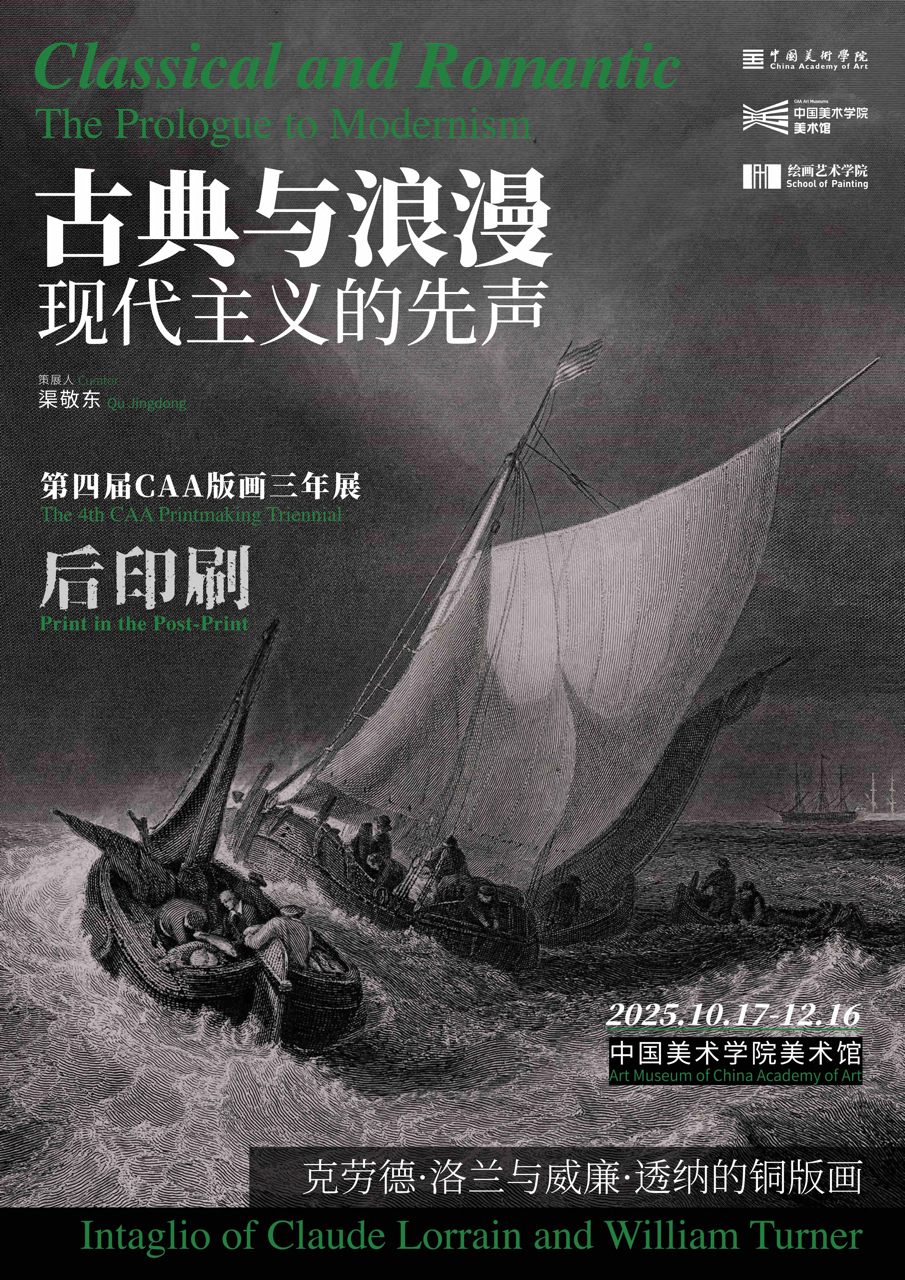
艺术家Artist
克劳德·洛兰|Claude Lorrain、威廉·透纳|J. M. W. Turner
部分展出作品:Part works

绘画:克劳德·洛兰(Claude Lorrain) 蚀刻:理查德·厄尔姆(Richard Earlom)
《真实之书》第一卷No.41 LIBER VERITATIS Volume 1 No.41
蚀刻、蜡笔技法美柔汀
19cm×26cm / 1774

参展艺术家 Artists
玛丽娜·亚当斯|Marina Adams、唐纳德·贝赫勒|Donald Baechler、恩里克·查戈亚|Enrique Chagoya、查克·克洛斯|Chuck Close、苏珊娜·科菲|Susanna Coffey、艾米·卡特勒|Amy Cutler、N. 达什|N. Dash、马克·福克斯|Mark Fox、罗伯特·古德诺|Robert Goodnough、简·汉蒙德|Jane Hammond、瓦莱丽·哈蒙德|Valerie Hammond、比尔·詹森|Bill Jensen、布拉德·卡尔哈默|Brad Kahlhamer、朱利安·莱斯布里奇|Julian Lethbridge、玛丽索尔·埃斯科瓦尔|María Sol Marisol (Escobar)、苏珊娜·麦克莱兰|Suzanne McClelland、沃德尔·米兰|Wardell Milan、罗伯特·马瑟韦尔|Robert Motherwell、山姆·莫耶|Sam Moyer、伊丽莎白·默里|Elizabeth Murray、艾米·奥尼尔|Amy O’Neill、马丁·珀里尔|Martin Puryear、罗伯特·劳森伯格|Robert Rauschenberg、詹姆斯·罗森奎斯特|James Rosenquist、苏珊·劳森伯格|Susan Rothenberg、基基·史密斯|Kiki Smith、萨拉·斯茨|Sarah Sze、里克力·提拉瓦尼|Rirkrit Tiravanija、扎卡里·沃拉德|Zachary Wollard

参展艺术家Artists
奈文·阿拉达|Nevin Aladag、理查德·奥尔林|Richard Arlin、扎多克·本·大卫|Zadok Ben David、海伦·坎莫克|Helen Cammock、多洛斯·克罗斯|Dorothy Cross、谢默斯·希尼|Seamus Heaney、伊野真亚希|Aki Inomata、丹尼尔·诺|Daniel Knorr、李 昶|Lisa Chang Lee、拉尔斯·耐博格|Lars Nyberg、丽娜·诺顿斯特伦|Lina Nordenstrom、凯西·里斯|Casey Reas、扬·斯·维尔纳|Jan St Werner、马克·提施纳|Mark Titchner

雷蒙德·阿诺德|Raymond Arnold、曹 欧|Cao Ou、方力钧|Fang Lijun、高文谦|Gao Wenqian、高 哲|Gao Zhe、郭 浩|Guo Hao、韩 沁|Han Qin、简·霍根|Jan Hogan、胡贤武|Hu Xianwu、季云飞|Ji Yun-Fei、康剑飞|Kang Jianfei、孔 亮|Kong Liang、寇疆晖|Kou Jianghui、李长兴|Li Changxing、李双强|Li Shuangqiang、李亚平|Li Yaping、李 彧|Li Yu、刘 波|Liu Bo、刘海辰|Liu Haichen、刘 强|Liu Qiang、刘益春|Liu Yichun、马丁·莱文|Martin Levine、牛智颖|Niu Zhiying、倪华夏|Ni Huaxia、潘 黎|Pan Li、施 慧|Shi Hui、宋光智|Song Guangzhi、陶加祥|Tao Jiaxiang、托马斯·武|Tomas Vu、王家增|Wang Jiazeng、熊永平|Xiong Yongping、薛绍雄|Xue Shaoxiong、许晨韬|Xu Chentao、于 洪|Yu Hong、杨 锋|Yang Feng、杨宏伟|Yang Hongwei、姚古平|Yao Guping、姚元鲁|Yao Yuanlu、张 昊|Zhang Hao、张广慧|Zhang Guanghui、张 炼|Zhang Lian、张 良|Zhang Liang、张战地|Zhang Zhandi、周吉荣|Zhou Jirong、周仲铭|Zhou Zhongming、洛雷娜·萨尔塞多-沃森|Lorena Salcedo-Watson
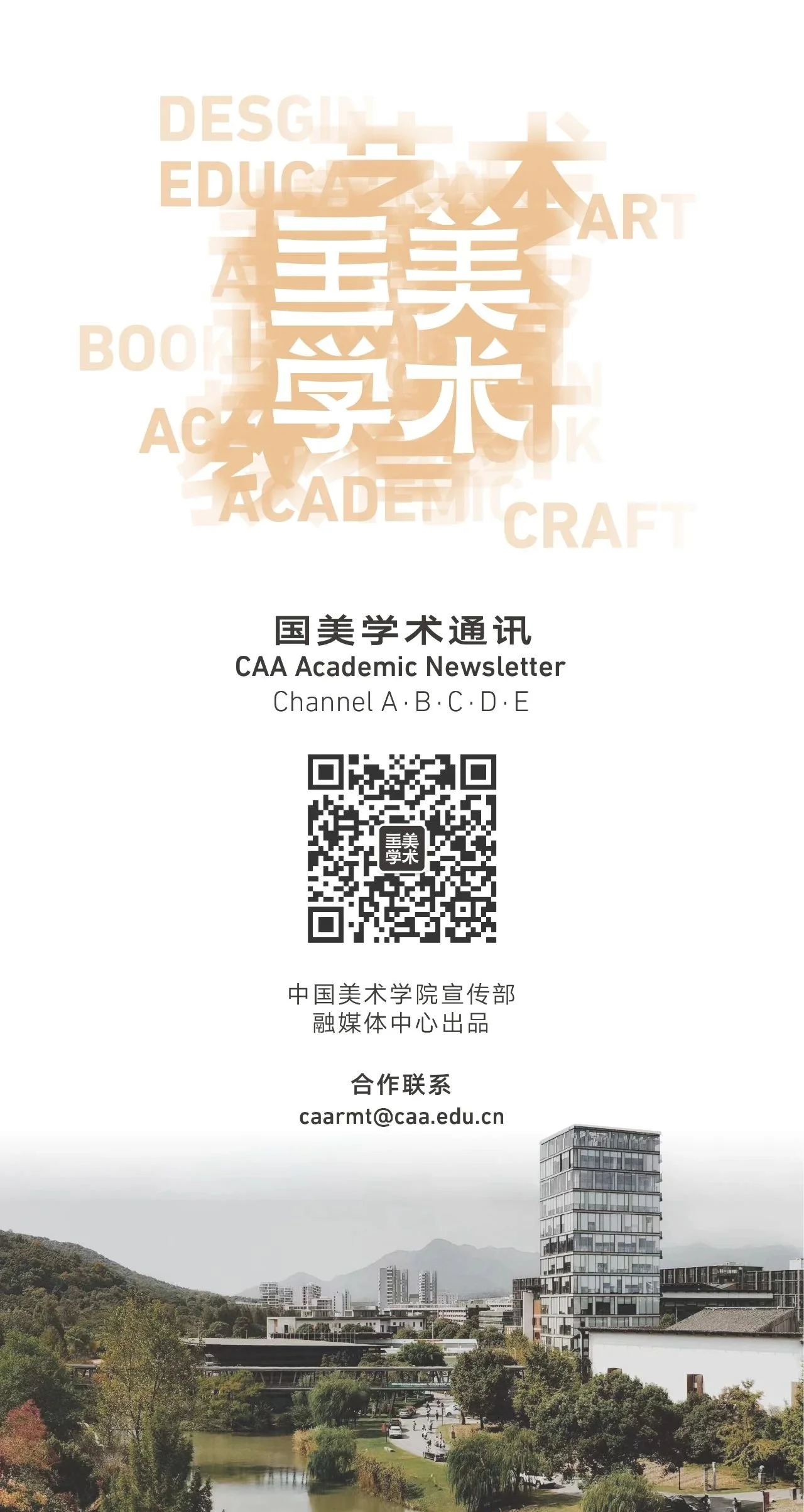
————————————————————————————————————
后印刷——第四届CAA版画三年展
Print in the Post-Print — The 4th CAA
Printmaking Triennial
展览主办 Organizers
浙江省文学艺术界联合会
Zhejiang Federation of Literary and Art Circles
中国美术学院
China Academy of Art
展览承办 Co-organizers
中国美术学院美术馆
Art Museum of China Academy of Art
中国美术学院绘画艺术学院
School of Painting, China Academy of Art
浙江省美术家协会
Zhejiang Artists' Association
浙江省版画家协会
Zhejiang Printmakers' Association
展览协办 Collaborating Institutions
北京大学赛克勒考古与艺术博物馆
Arthur M. Sackler Museum of Art and Archaeology at Peking University
哥伦比亚大学勒罗伊·尼曼版画中心(美国)
The LeRoy Neiman Center for Print Studies, Columbia University (US)
环球限量艺术版画(美国)
Universal Limited Art Editions (US)
石路版画工作室(爱尔兰)
Stoney Road Press (Ireland)
GG版画工作室(瑞典)
GG Print Studio (Sweden)
凯特·麦加里画廊(英国)
Kate MacGarry Gallery (UK)
久保田真帆画廊(日本)
MAHO KUBOTA Gallery (Japan)
支持单位 Support Organization
中华人民共和国钱江海关
Qianjiang Customs, People's Republic of China
赛尔富照明
Sailuf Electronics Co. Ltd.
———————————————————————————————————-
学术主持 Academic Chairs
许 江 Xu Jiang
余旭红 Yu Xuhong
展览策划 Exhibition Planning
孔国桥 Kong Guoqiao
策展人 Curators
于 洪 Yu Hong
李 昶 Lisa Chang Lee
韩 沁 Han Qin
渠敬东 Qu Jingdong
吴兴明 Wu Xingming
展览统筹 Exhibition Coordination
邬大勇 Wu Dayong
夏商周 Xia Shangzhou
策展执行 Curatorial Execution
王丹南 Wang Dannan、沈 蓓 Shen Bei
鲁利锋 Lu Lifeng、鲁 巍 Lu Wei
蔡可成 Cai Kecheng
展览工作组 Exhibition Team
何佳敏 He Jiamin、朱吉明 Zhu Jiming
潘 洋 Pan Yang、郜 觉 Gao Jue
耿 浩 Geng Hao、朱玫瑜 Zhu Meiyu
叶艾佳 Ye Aijia、任 和 Ren He
袁至琪 Yuan Zhiqi、叶 丛 Ye Cong
陈若燃 Chen Ruoran、王继鹏 Wang Jipeng
高 哲 Gao Zhe、王 馨 Wang Xin
王龙辉 Wang Longhui、姜子千 Jiang Ziqian
王剑红 Wang Jianhong、窦亚杰 Dou Yajie
朱 羚 Zhu Ling、王 洋 Wang Yang
陈卫青 Chen Weiqing、赵 怡 Zhao Yi
薛佳音 Xue Jiayin、张耀玮 Zhang Yaowei
李 昂 Li Ang、赵一璇 Zhao Yixuan
宣传工作组 Media Team
中国美术学院融媒体中心
CAA Media Convergence Center